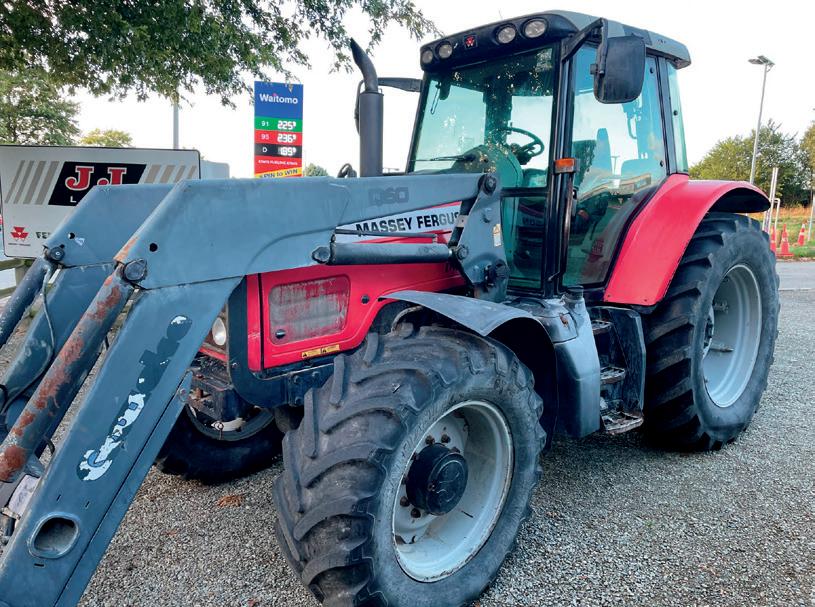Farmer sentiment p7

Mooving day p13

Report welcomed p41
Hydrogen gone mad p47


Farmer sentiment p7

Mooving day p13

Report welcomed p41
Hydrogen gone mad p47


Two Canterbury based brothers will meet in the national final of the Young Farmer of the Year after taking out their respective regional finals.
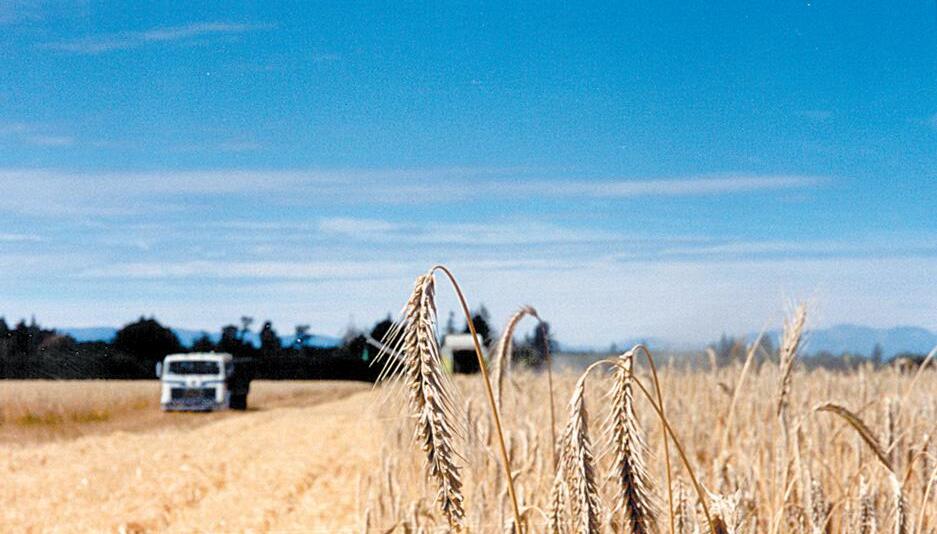
In early April 20-year-old Nick O’Connor, who is originally from Westport and currently finishing his Bachelor of Agriculture at Lincoln University, was crowned the Tasman FMG Young Farmer of the Year in the regional final at the Amuri A&P Showgrounds.
A week later older brother Peter (24), who is a farm manager on a 400-cow dairy farm

Getting the right advice early makes a difference.
operation near Methven, took out the Aorangi FMG Young Farmer of the Year regional final held at the Ashburton A&P Showgrounds.
The pair will now face each other in the Grand Final in Timaru in July.
Nick, who is the chair of the Lincoln Young Farmers club which is one of New Zealand Young Farmers’ (NZYF) biggest clubs, went into the Tasman regional final aiming for a top-three position and secured the top spot
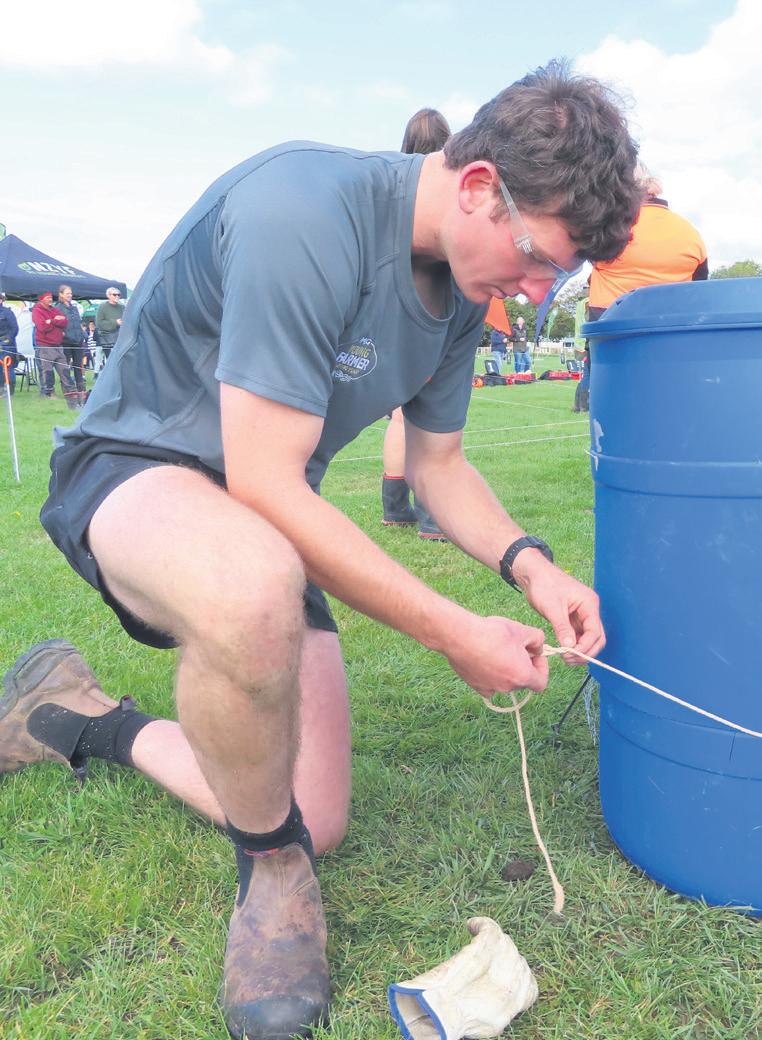
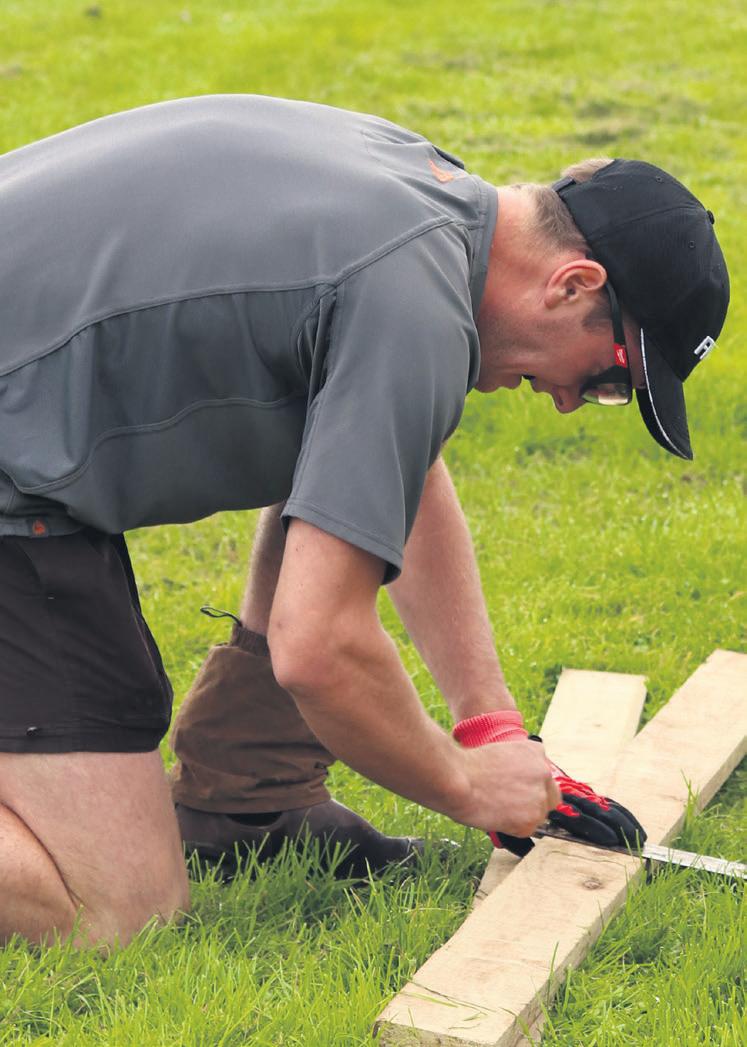
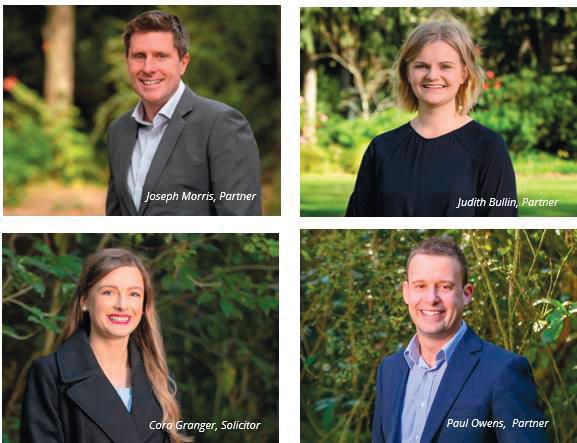
g









Our team can work to support your business growth or give you peace of mind around planning, property or personal matters. Talk to us today about how we can help.
ahead of fellow Lincoln Young Farmers member Archie Woodhouse by half a point. George Watson, 30, from Waimakariri Young Farmers placed third.
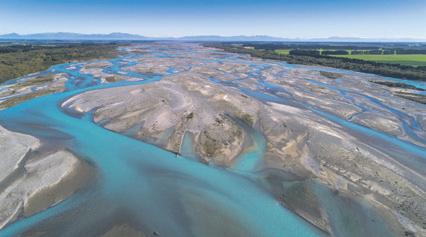
“After winning the Agri-Knowledge challenge, I knew I had gained some ground, but it was still pretty crazy to have my name announced as the winner,” Nick said.
TO PAGE 2












The head-to-head contest was a major highlight of the competition – working side-byside, contestants had just 30 minutes to install a strainer post, identify six plants, run to the end of the field, strop down a large truckload of hay, sprint back to the start and finish off by blowing up a balloon, tying it off and popping.
“The head to heads were the best part of the day, going flat out and giving it your all was really fun. They were the perfect amount of challenge, and you had to be a bit strategic in deciding whether you were going for speed or quality,” Nick said.
He said he is feeling excited about the Grand Final and is enjoying the win before planning out his preparation approach.
“At this stage, I will be talking to as many people as I can from across the industry, and I know I need to work on the quality and speed of my fencing.”
One of those who he may talk to about preparing for the final is older brother Peter who qualified for the national final at his fourth attempt in winning the Aorangi regional title.



“It’s pretty satisfying to get the win, particularly after my brother got through the other weekend . It’s a relief to join him at the Grand Final,” Peter said.
Peter said he prepared well for the regional final, but the competition always has unknown challenges.
“It’s hard not knowing how you’ve gone in anything throughout the day. You might feel like you’ve done a module well, but it’s hard to know how the judges will interpret what you’ve done.
“I put in a lot more preparation for this year’s regional final. Going back through old regional final questions and talking to more people really paid off.”
Peter said a competition highlight was the head-to-head round where contestants work side by side with just 30 minutes to complete tasks that mimicked a ‘day in the life’ of a farmer.

Starting in a sleeping bag, contestants had to get dressed in overalls and gumboots, untangle a reel, crush grapes (water balloons), reassemble a Milwaukee chainsaw, weigh vegetables, chop wood and toss a gumboot to finish it off.
“It was a great way to finish off the practical challenges and it felt great to finish first,” he said.



When asked if it will be a team effort for the O’Connor family in preparing for July’s final, Peter said some things will be kept under wraps.
“We’ll probably try and do some prep together but I’m not sure what Nick’s thoughts on that are. We’ll probably help each other out a bit, but not show a full hand,” he laughed.
In the Aorangi regional final James Bell from Glenavy Young Farmers placed second, with Jess Cunliffe from Pendarves Young Farmers securing the final spot on the podium.
The next generation of young farmers also took part in the regional final competitions, with Michael Blunt and Zander McCloy from St Bede’s College crowned Tasman Junior Young Farmers of the Year, while Jack Foster and James Clark took out the Aorangi Junior Young Farmers of the Year title for the second year in a row.
In the AgriKidsNZ competition the Gumboot Gang made up of Jack Wells, Lara Stubbs and Sophie Robinson from Tihiraki North Loburn School were the Tasman winners, while the Waihi Stags, featuring Cameron Siegert, Leo Acland and Jack Foley from
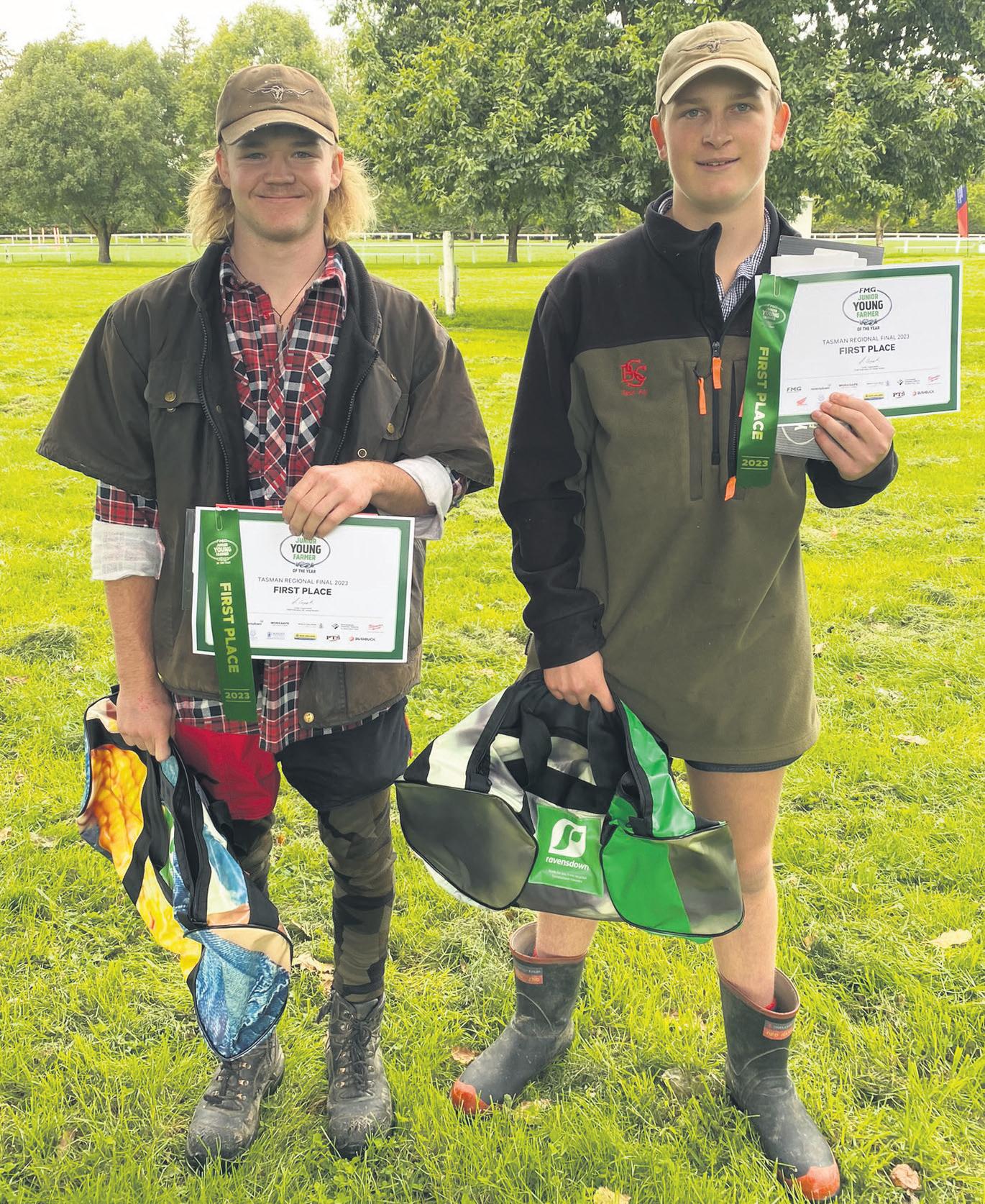
Waihi School, were the Aorangi AgriKidsNZ winners.
New Zealand Young Farmers’ Chair Jessie Waite said this year’s Grand Final in Timaru in July is shaping up to be one of the best yet.
“We’re starting to get a glimpse of the impressive array of skills and talent coming through with the next generation of young farmers. There’s so much happening right now in the primary sector with science, innovation and new technologies. The future of farming is certainly bright.”
Waite said she’s thankful for the support of volunteers and sponsors who continue to back the event, year after year.
“The contest wouldn’t be what it is today without them,” Waite said.
“There’s a lot of hard work that goes on behind the scenes – from coming up with ideas for the competition, to supplying the equipment needed on the day and helping with the set-up of the event. We’re so grateful to everyone who has played a part.”
The FMG Young Farmer of the Year contest is supported by FMG, Ravensdown, WorkSafe, Environmental Protection Authority, Ministry for Primary Industries, Milwaukee, Honda, Lincoln University, Massey University, PTS Logistics, New Holland and Bushbuck.

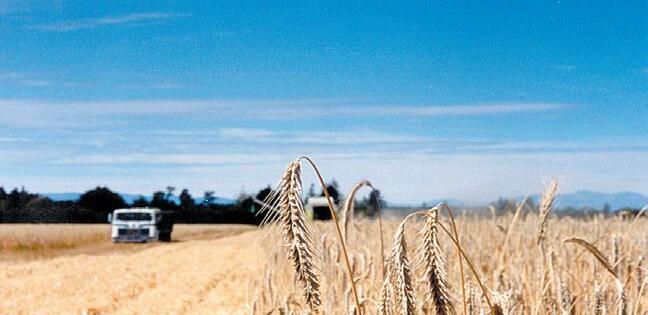


Otis co-founders Tim Ryan and Chris Wilkie have been on a mission to return to making their oat milk in New Zealand ever since they launched in Lincoln as the very first New Zealand oat milk brand in 2018.
“As we scaled up our production, we weren’t prepared to compromise on the nutritional quality of our oat milk,” Ryan said.
“Because of this, we’ve had to ship our New Zealand-grown oats to Sweden for manufacture due to the lack of a local factory with the technology required to produce premium oat milks to the gold-standard we demand.
“The journey to setting up our own factory has been long and hard and has involved seven feasibility studies over eight different sites across Aotearoa, costing a lot of money and years of graft for our small start-up.

“We’re thrilled to have finally cracked this in a partnership with Auckland-based Free Flow, signing on as their first customer with Otis rolling off their lines from late 2023,” he said.
The new Free Flow manufacturing plant will be one of the world’s most technically advanced plant-based milk manufacturing facilities, capable of making 50 million litres of plant-based beverages each year.
It is being developed with the world’s leading brain on oat milk, Sweden’s Angie Triantafyllou. Referred to as the ‘godmother of modern oat milk’ for her patented innovations, the ex-Oatly founder is now chairman of the board at Swedish plant-based technology company Cerealiq and has been heavily
involved in the development of the new facility.



“We know New Zealand produces some of the highest quality oats in the world, and when this facility opens, they’ll be producing arguably the highest quality oat milk in the world, too,” Triantafyllou said.
She said Otis was the first oat milk maker in New Zealand to use Cerealiq’s patented enzyme technology.
“It’s exciting that the technology will be available in New Zealand for the first time, enabling Otis to produce the highest quality, nutritious and delicious oat milk in their backyard.
“The new facility will produce oat milk to

the world-class standard levels of beta-glucan, the nutritional gold ingredient found in Otis and premium oat milks. It helps the body to maintain stable cholesterol levels,” she said.
Ryan said Free Flow and Cerealiq’s stateof-the-art technology will be available to other plant-based beverage makers in New Zealand, shutting out imposed reliance on importing goods in favour of NZ-made products.

Otis Oat Milk works closely with the New Zealand Oat Industry Group, Harraways, and around 50 arable farmers who operate a crop rotation system, ensuring New Zealand-grown oats remain nutritionally superi-

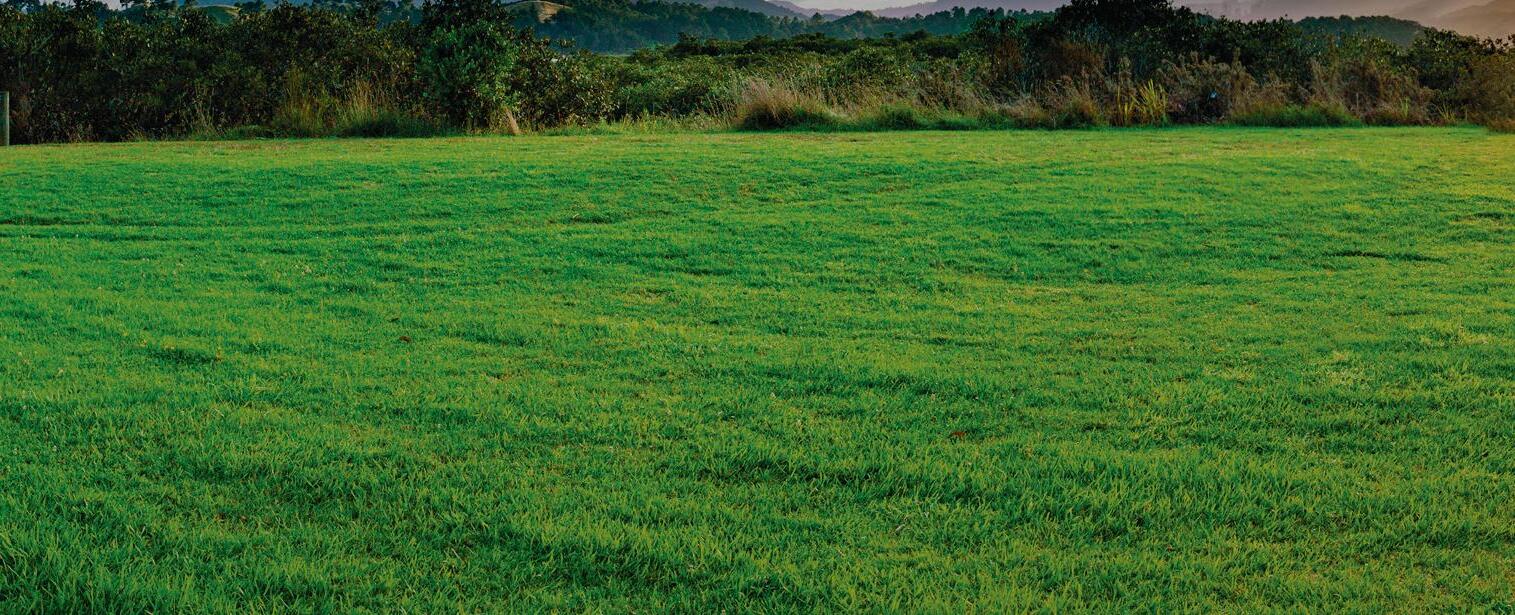


or to other varieties in the world.

Ryan said plant-based milk alternatives have skyrocketed in recent years, outpacing traditional dairy milk, with no sign of slowing.
“Grocery spending on plant-based milks in New Zealand increased by 44% from 2019 to the end of 2022, with sales jumping from $61 million to $88 million.
“We’re beyond excited to return Otis’ manufacturing to its home in Aotearoa. It’s been a hard slog to find the right partner to make our world-class milk in New Zealand, but we’ve cracked it, and finally, we can say Otis is 100 percent homegrown, from crop to cup.”
A couple of significant milestones are occurring this autumn.







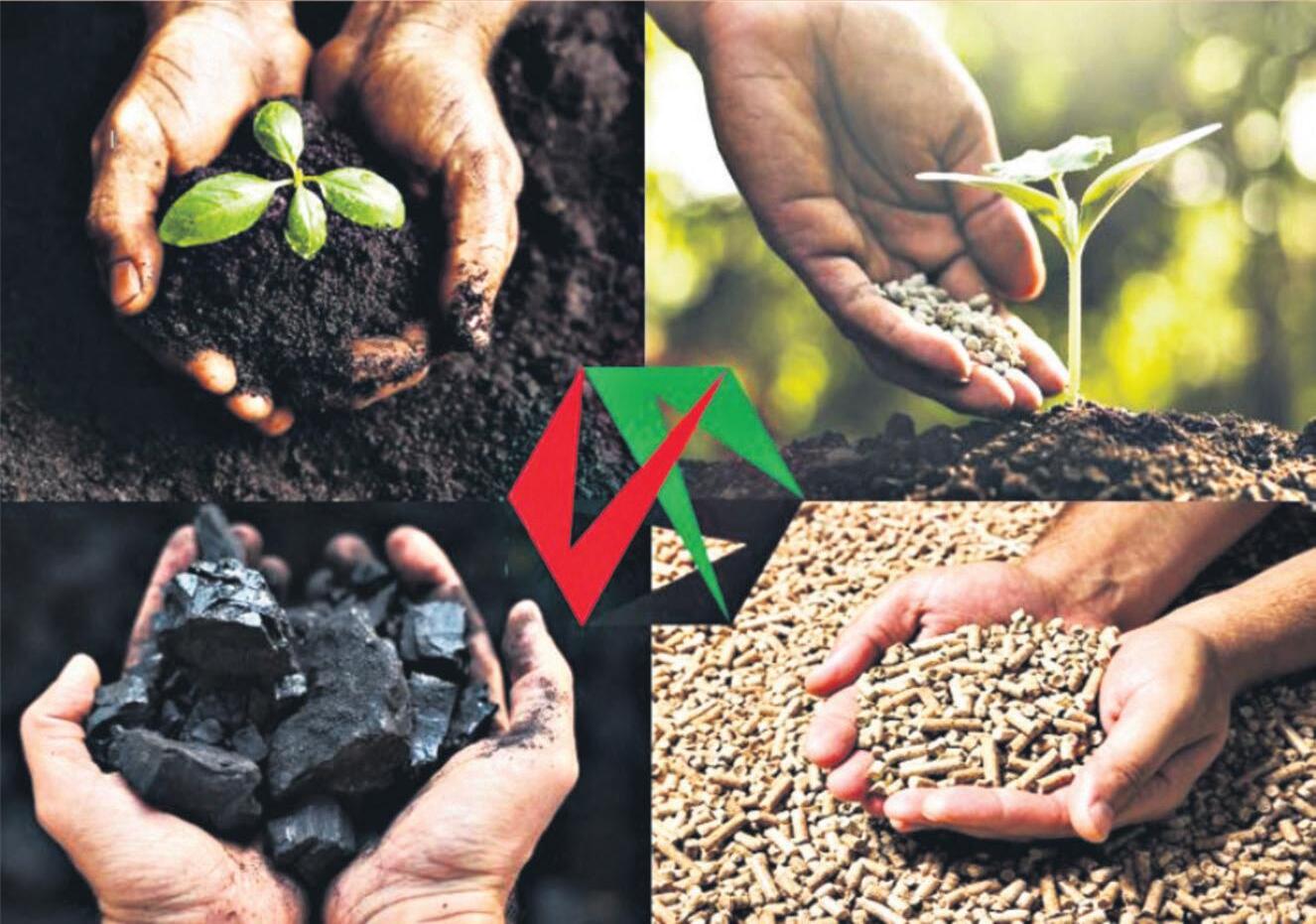
The last export of livestock by sea sailed from New Plymouth, with the end of the trade entering into force on 30 April.
We made a decision that on balance, the animal welfare issues inherent in voyages to the Northern Hemisphere risked the reputation of our annual $53 billion primary exports.
While live exports have been lucrative for some farmers, it has represented only 0.3 per cent of our sector exports since 2015.
Consultation on the review that was initiated in 2019 revealed mixed views on the trade across the sector. The National Animal Welfare Advisory Committee supported the call to end it. Furthermore the images and accounts from voyages raised serious questions that in the internet age could spread quickly through our markets.
This is the way the world is going and we are in step with our likeminded partners on the importance of animal welfare. Australia has moved to phase-out live export of sheep, and animal welfare standards are bedded into our FTAs with the UK and the EU.
Recent talk of restarting live exports by sea simply ignores the reality that our consumers overseas take issues of sustainability, climate and animal welfare seriously, which is why they’re reflected in our recent
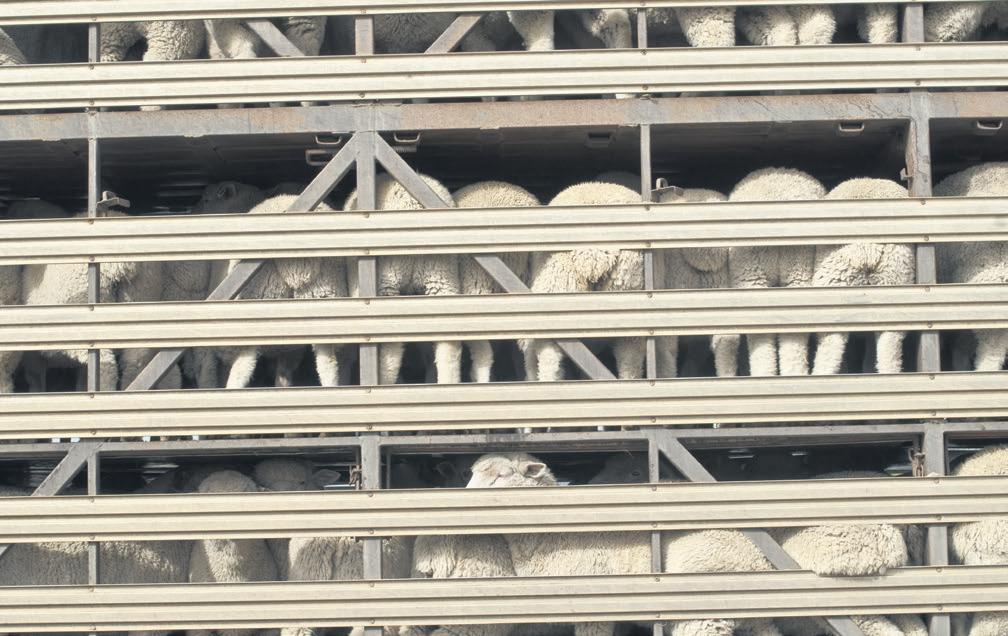
FTAs. This decision is part of a number of moves by our Government to protect future export growth.
We announced the decision in April 2021 and gave farmers, businesses and trading partners a two years to transition. That seemed reasonable.
Another significant milestone is on the Mycoplasma bovis front. In early May it will be 60 days since the last known farms to have the debilitating disease were destocked. It should mean that we have no known cases of the M.bovis in New Zealand for the first time since 2017.
That doesn’t mean we’ve fully eradicated it, but it’s a huge step toward it on the back of huge sacrifice and real personal hardship for affected farmers. I want to acknowledge them on behalf of all New Zealanders.

All going well, we will move into surveillance mode and continue what we anticipated to be a ten year programme that we are now five years into. We have allocated nearly $900 million to get the job done.
I can’t overstate how important it is that all farmers follow NAIT requirements. It is indispensable for tracing diseases like M.bovis. Should we ever be faced with a foot-andmouth outbreak, where speed of response is everything, it will be what saves or breaks our economy.
Finally, as I write, I am in Australia with Prime Minister Chris Hipkins for an ANZAC visit where we are celebrating 40 years of
CER (Closer Economic Relations) – our free trade agreement (FTA) with the Aussies.
CER was a world-leading agreement in 1983 and is still world-renowned today. In fact, the World Trade Organization has called it the world’s most comprehensive, effective and mutually compatible free trade agreement.
The FTA represents 15 per cent of our exports and our Government has overseen a 12 per cent increase in two-way trade with Australia from $26 billion in 2017 to $29 billion
in 2022 – an increase that occurred through Covid.

This has delivered jobs for Kiwis and prosperity for all. We know that one in four jobs in New Zealand depend on exports.
In a world of increasing protectionism, one of my key tasks as Trade Minister is to ensure Kiwis understand that simple figure about the benefits of trade.
As farmers we think it’s a no-brainer, but our Trade for All agenda is the programme to make sure we take everyone along.

Two Lincoln University students are among five young New Zealanders considering careers in the red meat processing and exporting sector to have been awarded prestigious Meat Industry Association scholarships for the 2023 academic year.
] by Kent CaddickThe two Lincoln students, Cameron Walker, originally from Dannevirke and George Heenan from Invercargill have been awarded the scholarships alongside Hayden Corbett (Auckland), and Stephanie Leamy (Palmerston North) and will join eleven other MIA scholars in the current programme.
The fifth student is Holly Gray from Wairarapa who is studying at Massey University and will join the programme on a joint PhD scholarship funded by MIA and New Zealand Food Safety Science Research Centre.
Every year, the Meat Industry Association awards a number of undergraduate ($5,000 per year) and post-graduate ($10,000 per year) scholarships.
The scholars gathered at Parliament recently as part of their educational journey for the programme.
They met with Agriculture Minister Damien O’Connor along with key officials across trade, foreign affairs and the environment, and had a tour of Parliament, including attending a legislative debate.
“This day was an opportunity for our scholars to not only get a feel for the workings of government and policy development, but also hear first-hand about some of the areas the industry is focused on such as trade, marketing and regulatory settings,” MIA Chief Executive Sirma Karapeeva said.
“The scholars learnt about the red meat sector’s response to climate change through
the He Waka Eke Noa Primary Sector Climate Action Partnership and the use of the latest virtual reality developments being introduced in the sector for training processing workers.”
A total of 50 students have been supported by the programme, with 16 students currently enrolled. Of those who have finished their studies and graduated from the programme, over half have moved into em-
ployment in the industry, either within meat companies or related agricultural roles.

“The red meat processing sector offers a vast array of jobs, ranging from processing, engineering, trades, sales and marketing or human resources, to distribution, animal welfare and many scientific and environmental roles,” Karapeeva said.
“There are entry level jobs for those without any formal qualifications or experience as


Vacancies: MIa Chief Executive Sirma Karapeeva says the red meat processing sector offers a vast array of jobs ranging from processing, engineering, trades, to distribution, animal welfare and many scientific and environmental roles.

well as for those who have undertaken training or tertiary study. Internships and graduate roles are also available.
There are also strong career pathways, enabling staff to progress over time from entry level to more senior and management roles.
“As New Zealand’s largest manufacturing sector and a massive regional employer, our industry is also an economic powerhouse.”
 ] with Todd McClay, National Party Spokesperson for Agriculture
] with Todd McClay, National Party Spokesperson for Agriculture

Agriculture is responsible for nearly twothirds of our goods exports. It employs one in nine workers. It got this country through COVID as other exports sectors, especially tourism and education, collapsed.
Agriculture is how we pay our way in the world. It helps pays the bills for health, education, and other public services.
But farmers have contributed in another important way, and that is to environmental protection.
Over the past decade, dairy farmers have fenced 25,000kms of waterways, completed more than 3,000 farm plans, and excluded cattle from 100% of regular stock crossing points.
I want to acknowledge both farmers’ economic contribution and the efforts they have made to protect their local environment. Nobody is closer to land than farmers, who have a vested interest in the productivity of their land for their descendants.
But try telling that to this Labour Government. Labour sees farmers as the enemy. They have mobilised the power of the state through rules and red tape to attack the world’s best producers.
The sheer quantity of new regulation this

















Government has thrown at farmers is staggering.
I count at least 23 separate new or updated laws and regulations since 2017. That is one major change every 13 weeks for fiveand-a-half years.
At some point in its tenure, probably early on, Labour changed how it uses regulation from environmental protection to attacking farmers. Labour’s goal became less farming.
Under this absurd mindset, red tape and unworkable rules become a feature, not a bug. If fewer sheep, beef, and dairy farms is good, then anything that achieves that goal is also good.
It is an underhanded approach, nothing short of an abuse of power by the state against law abiding citizens.
Farmers have had enough. So has National, which is why we announced our plan to cut the red tape that has buried rural New Zealand.
In a farm shed outside Kerikeri, Chris Luxon and I launched National’s Getting Back to Farming policy.
The package has 19 changes that take direct aim at Labour’s regulatory excess. It covers a lot of ground, from migration to farm
management, drinking water and foreign investment.
We grouped the changes into three areas which summarise what this policy is about – smarter rules for the future; supercharging the rural economy; and getting Wellington out of farming.
If I could pick out a few highlights from the package , there is a 2-for-1 rule which requires that for every new regulation by central or local government on farmers two must be removed. This applies for three years and a commitment to fewer, better rules.
The package also includes a no duplication rule – local and central governments cannot ask you for the same information twice. Officials should be connecting the dots, not wasting farmers’ time to do it for them.
National will double the seasonal worker cap from 19,000 to 38,000 per year, phased in over five years. We want Kiwis on farms, but above all we want farms getting the workers they need to avoid production losses. It is galling to see half a billion dollars of kiwifruit left unpicked for lack of workers.
National is also banning foreign investment in farm conversion to forestry for carbon credits. This rule applies to both production
and permanent forests.
This package is only the beginning. We know farmers are concerned about other problems including nutrients, domestically funded farm conversions, emissions pricing, and technology. National will be announcing further policies in each of these areas soon.
National believes regulation has its place, but its role should be well defined and limited. Rules should target outcomes for the environment, not dictate how farmers run their businesses. I am told that in at least one instance, draft regulations proposed to set planting dates for farmers.
It is incredible that officials think they could run farms from their offices in Wellington better than farmers who live on the land.
This country has a huge opportunity before it. We can invest and grow and protect the environment all at the same time. But to get there, New Zealand needs fit for purpose regulation – focused on outcomes, effective, and with the lowest possible compliance costs for farmers.
National’s goal with its Getting Back to Farming package is to start the journey towards world class regulation. Our world class farmers deserve nothing less.

Following decades of work alongside the organics sector, people will finally be able to be confident that products labelled organic have met robust and consistent standards.
It was on the first day Parliament sat this millennium, that Jeanette Fitzsimons stood in the House and challenged the government to “achieve a high-value-added economy by becoming a centre of excellence in organic growing and in the science that underpins it”.

That was more than 23 years ago, and recently, Parliament finally passed the Organic Products and Production Bill into law.
Winning people over, like good cheese, takes time. It was more than 10 years ago
now that Organics Aotearoa New Zealand –OANZ launched their first report on the economic potential of the sector.

Organic Farm NZ, Te Waka Kai Ora, and too many others to mention here have played their part too. Along with the work of former Green MPs Sue Kedgley, Steffan Browning, and Gareth Hughes – alongside those of us currently here including James Shaw and Eugenie Sage.
The new law does, at its heart, a relatively simple thing: it will enable the implementation of organic standards for Aotearoa New Zealand. Clear, trusted, national organic standards are crucial for giving people confidence in the products they are buying.
But that simple thing has the potential to do much for the transition to farming practices in Aotearoa. This is a step towards fram-
ing techniques that future-proof our rural communities, environmentally and economically. Organic and regenerative practices are leading that charge.

OANZ’s sector strategy, released in 2022, sees the potential to add $4.7bn in ‘better growth’ to our economy by 2030. And their strategy identifies this new law as a key tool in formalising and maintaining organic trade arrangements.




By incentivising cleaner, better forms of farming, growing the organic sector also has the potential to do much for the health of the things we truly value in Aotearoa – our waterways, our land, our climate. Our people.
Canterbury will be on the frontlines of this transition. It is crucial that Government policy supports farmers to make a transition successfully.
For the Greens, that looks like supporting new opportunities and markets in less intensive and diversified production. With a shift towards farming that gives back to the soil, there’ll be less demand for harmful fertilisers which pollute our water, and supplementary feeds that enable production beyond the capacity of the land.
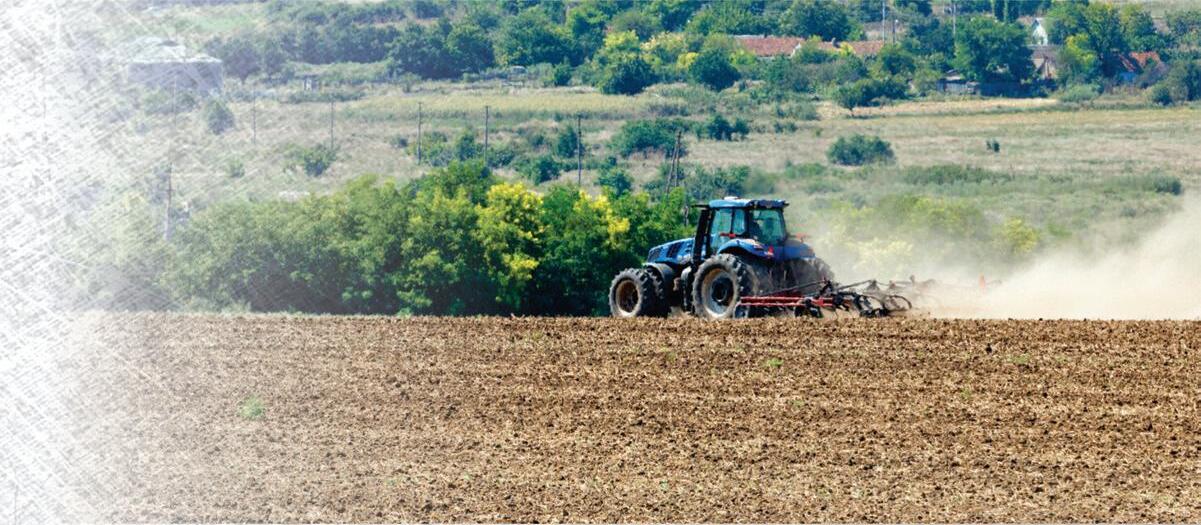
Organic farming has a role to play in all this – to support a food system that enhances soil and water quality, helping transition Aotearoa to a thriving and sustainable agricultural sector that’s good for people and the planet.
Of course, there is more to do. In Aotearoa we need to take a range of actions to change the way we farm, to reduce environmental impacts and cut pollution. We have known that for a long time, and there remains a long road ahead. Cue old guy from the cheese ad.
As the old guy in the cheese ads used to say, “good things take time” and this has taken longer than most.
However, rural confidence remains deep in negative territory overall with only one in 20 farmers holding an optimistic view on the prospects for the agricultural economy in the year ahead.
The latest survey, carried out in March, found farmer confidence was up on the previous quarter (Dec 2022), with the net confidence reading rising to – 58%, from – 71% previously.
The latest survey found the number of farmers expecting conditions in the agricultural economy to improve in the coming 12 months had risen to 5% (from 4% in the previous quarter) while the percentage expecting conditions to worsen fell to 63% (down from 75%). A total of 31% were anticipating the agricultural economy to remain stable (up from 19% previously).
Rabobank New Zealand CEO Todd Charteris said the uptick in confidence came despite incredibly challenging climatic conditions for many of New Zealand’s primary producers during the early part of 2023.
“With Cyclone Gabrielle battering much of the North Island in February, and parts of the lower South Island impacted by drought in recent months, it really has been a tough start to the year for the country’s farmers and growers,” Charteris said.
“And while sector confidence is still very low, it is pleasing to see it heading in the right direction.”
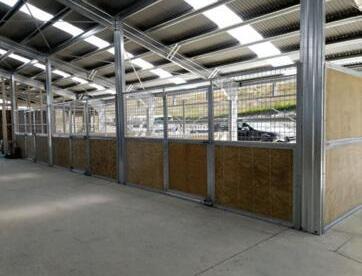
Charteris said the higher confidence in the broader agri-economy had been driven by improved sentiment among sheep and beef farmers and horticulturalists.
“The catalyst for this improved sentiment



among sheep and beef farmers has been improved demand for New Zealand’s red meat exports from the Chinese market following the abandonment of China’s Zero-Covid policy late last year and subsequent reopening of their food service sector,” he said.
“This has played a key role in the recent improvement in schedule prices for both beef and lamb which have now bounced back after a dip late last year.
“For growers, while we’ve seen the inclement weather disrupt production in several regions over recent months, we’ve also seen demand for fruit and vegetables in both domestic and international markets remain strong, and this has helped to hold up prices.”
On the other hand, Charteris said, dairy farmers were now even more pessimistic about the broader agri-economy than they were last quarter.
“Demand out of China has been a little slower to return for dairy products than it has for other food products, and we’ve also seen increased global dairy supply act as a constraint on global dairy prices in the early part of the year.”
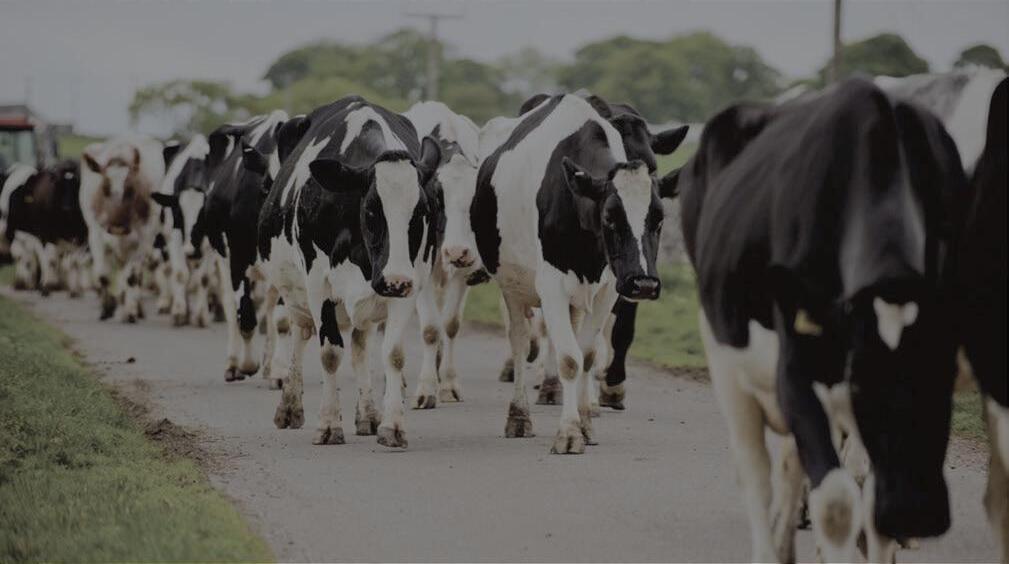

Among farmers with an optimistic outlook across all sectors, the survey found overseas markets (54%), demand (34%) and rising commodity prices (31%) were the major sources of optimism. For those with a pessimistic outlook, rising input costs (65%) and
Improving: Rabobank New Zealand CEO Todd Charteris said the uptick in farmer confidence came despite incredibly challenging climatic conditions for many of New Zealand’s primary producers during the early part of 2023.

government policy (53%) continued to be the major concerns.
“Farm input prices have been a key concern for a number of quarters now and have remained stubbornly high over recent months. However, we are seeing some softening of key farm input prices in global markets, particularly for fertiliser, and we do expect this to fi lter through to New Zealand prices in the near term,” Charteris said.

Conducted since 2003, the Rabobank Rural Confidence Survey is administered by independent research agency TNS, interviewing a panel of approximately 450 farmers each quarter.
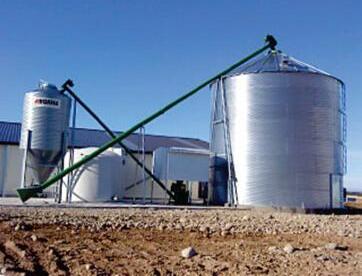
‘The higher confidence in the broader agri-economy had been driven by improved sentiment among sheep and beef farmers and horticulturalists.
Todd Charteris CEO, RabobankNew Zealand





The concept of trusts remains as it always has been but the new legislation introduced two major shifts, first, in how trusts need to be run and secondly the requirement that beneficiaries were to be entitled to much more information about the trust than would usually have been provided in the past.

Many trusts were virtual secrets with benefi ciaries being kept in the dark about






It all started about five years ago and has grown to the point where literally thousands have taken the plunge in 28 locations and across 16 regions.
A quick google search shows that Canterbury is well catered for with Sandra Taylor, a local journo, being the local contact.
She is firmly supported by Pete Whalan and his team at Bayleys.
I understand that the surfing programme runs for 13 weeks based at Sumner on a
their future entitlements (if any).
Trustees are now required to hold a copy of all trust documents including (1) the trust deed and any variations, (2) records of the trust property including its assets, liabilities, income, expenses and related matters, (3) records of trustees’ decisions, (4) written contracts relating to the trust (5) accounting and financial statements, (6) documents relating to the appointment, removal or discharge of trustees, (7) any document which constitutes the settlor’s wishes and (8) any other documents required for the administration of the trust.


If the trust has more than one trustee it is sufficient if one trustee holds copies of all of the trust’s documents but the other trustees must have copies of the trust deed and any other document which contains the terms of the trust including any variations made to the trust deed.
In some instances where a trust is involved in the running of a business or a farm, keeping full details of eve-


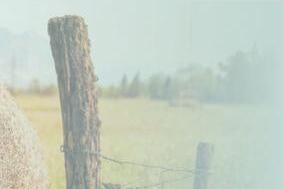
ry document, invoice, payment or other day to day activities could prove quite a task but with experience the tasks will become easier.
Where a trusteeship ends, an outgoing trustee would be expected to pass on to a new trustee all documents and records which he/she holds in respect to the trust.
The new act also introduced a presumption that all beneficiaries are entitled to certain basic information about the trust. In the past many trust deeds included a list of discretionary beneficiaries which included a broad list of the settlor’s remoter relatives most of whom would never expect to be a beneficiary of the trust.
When the trustees exercised their discretion about who should benefit under the trust on its being wound up, most of the remoter beneficiaries would not know that they had been included as a beneficiary of the trust.
The major alteration introduced by the new legislation reversed that presumption and there is now a presumption that all beneficiaries of a trust will be notified of basic trust information and copies of any trust documents which they require.
The basic information includes the fact that the person is a beneficiary of the trust, the name and contact details of the trustee, details of the appointment removal or retirement of trustees and the right for the bene-
ficiary to request a copy of the terms of the trust or trust information.
Before providing the basic information the trustees are required to consider a number of factors before providing any basic trust information to a beneficiary.
If after considering those factors the trustees reasonably consider that the information should not be provided to the beneficiary the presumption does not apply and the beneficiaries request for information may be turned down.
The introduction of the new requirements in the 2019 legislation should improve the rights of beneficiaries under a trust with much less secrecy surrounding details of the trust.
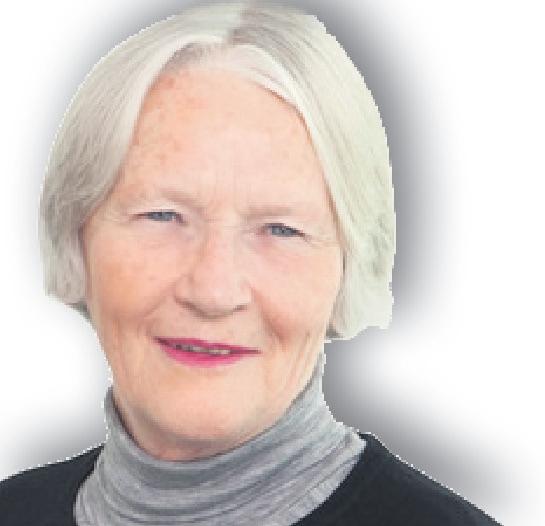
Tuesday and Gore Bay on a Thursday starting at 6.15pm.
Because it involves the sea and the elements, it runs from November through to the end of March, no need to get that cold during the winter months.
The costs such as wet suits surf boards and the all-important Barbeque afterwards are covered by sponsors including Ballance, Bayleys, Beef and lamb, Jarman and Rabobank.
The idea of learning to surf is probably the last thing on a farmer’s mind, even those

who farm on the coastlines, but I understand that is really aimed at simply stepping well out of one’s comfort zone and taking on the calming effects of sea water.
Calming effects, yeah right, once you master it perhaps. Plus, of course, the fact that there are others who are doing the same thing at the same time and that leads to a fair amount of banter and dares.
It has caught on with farmers travelling from all over the region for their weekly therapy.
I suppose the idea is a similar one to the


other article I have in this months’ Canterbury farming about a hobby and focus on taking your mind off the challenges facing our modern farmers, a mental health programme with a difference.
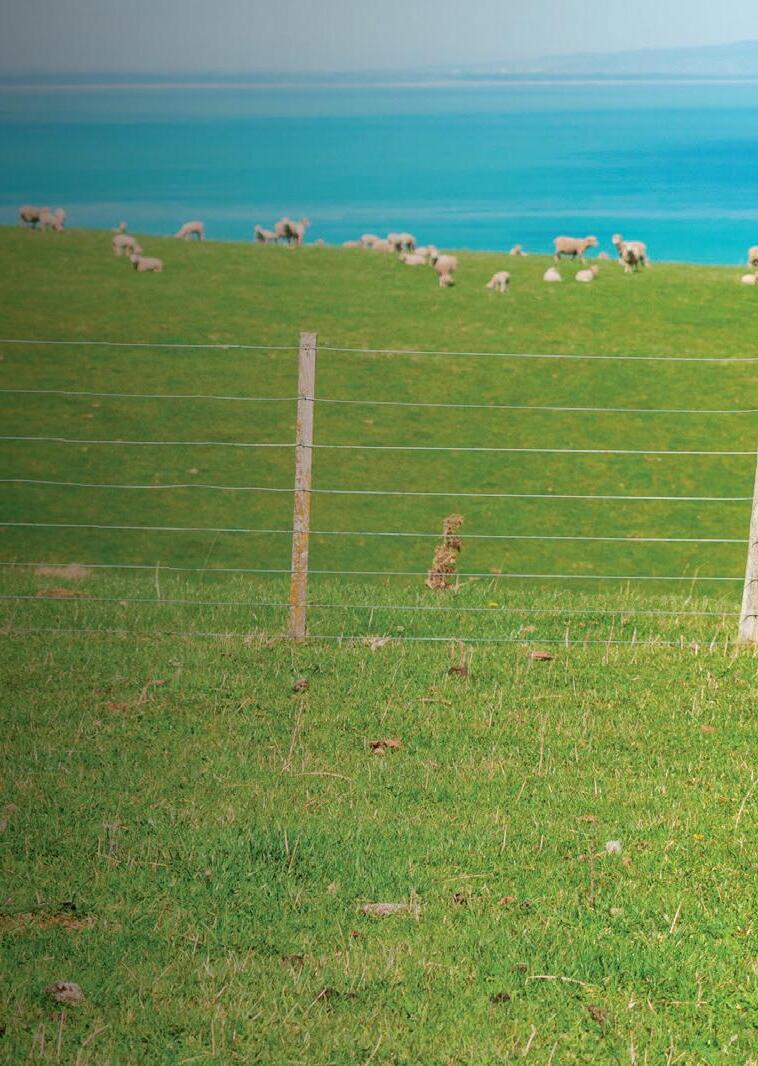
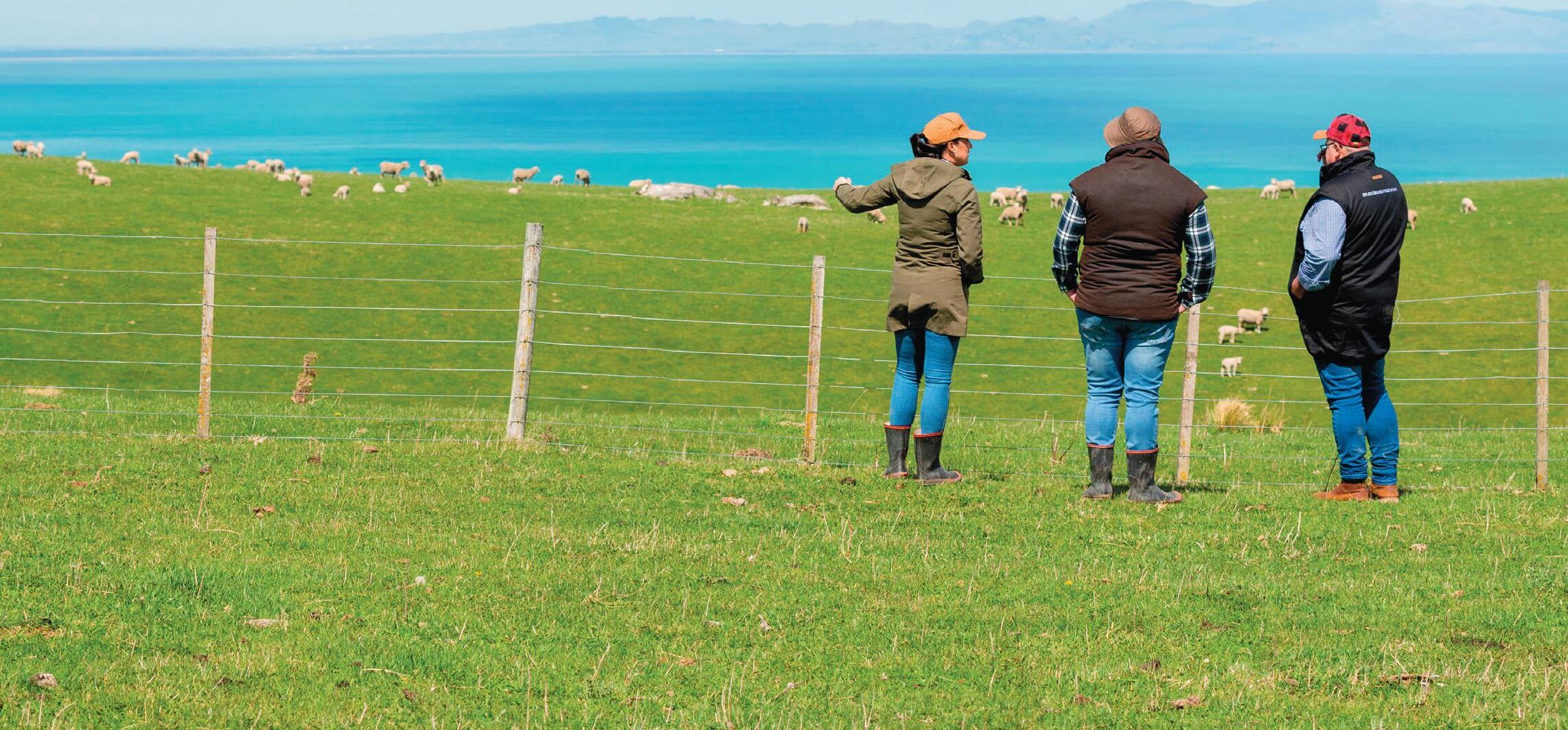
It is interesting that the young chap who came up with idea modelled it on a programme in the States where they put army vets through a learn to surf model to help them with their mental stress and depression post active service.
Thankfully, farming hasn’t got that bad here yet.
‘Keeping full details of every document could prove quite a task.



Despite some disconcerting headlines, markets actually had an okay end to 2022 and a reasonable start to 2023.
Volatility has been a constant theme, but the MSCI World Index gained 7.7% over the March quarter.

You can be forgiven for thinking things may have been worse — you’re much more likely to see an attention grabbing headline screaming ‘bank collapse’ than ‘economic outlook slightly better’. Share markets have firmed on signs that inflation (whilst still far too high for central banks’ liking) has peaked, and economic activity across the world’s major economies has, so far, largely been better than expected.
Whilst, on the whole, markets have had a constructive five months or so, we don’t expect plain sailing ahead. The chief uncertainty the market is grappling with remains the dynamic between inflation, interest rates, and recession risk. Will inflation slow sufficiently for central banks to ease up on interest rate hikes and allow the economy to touch down with a “soft landing”?
Or will it be more of a thud, with central banks engendering a recession (maybe unintentionally) to bring inflation back to within target ranges? This isn’t an easy question to




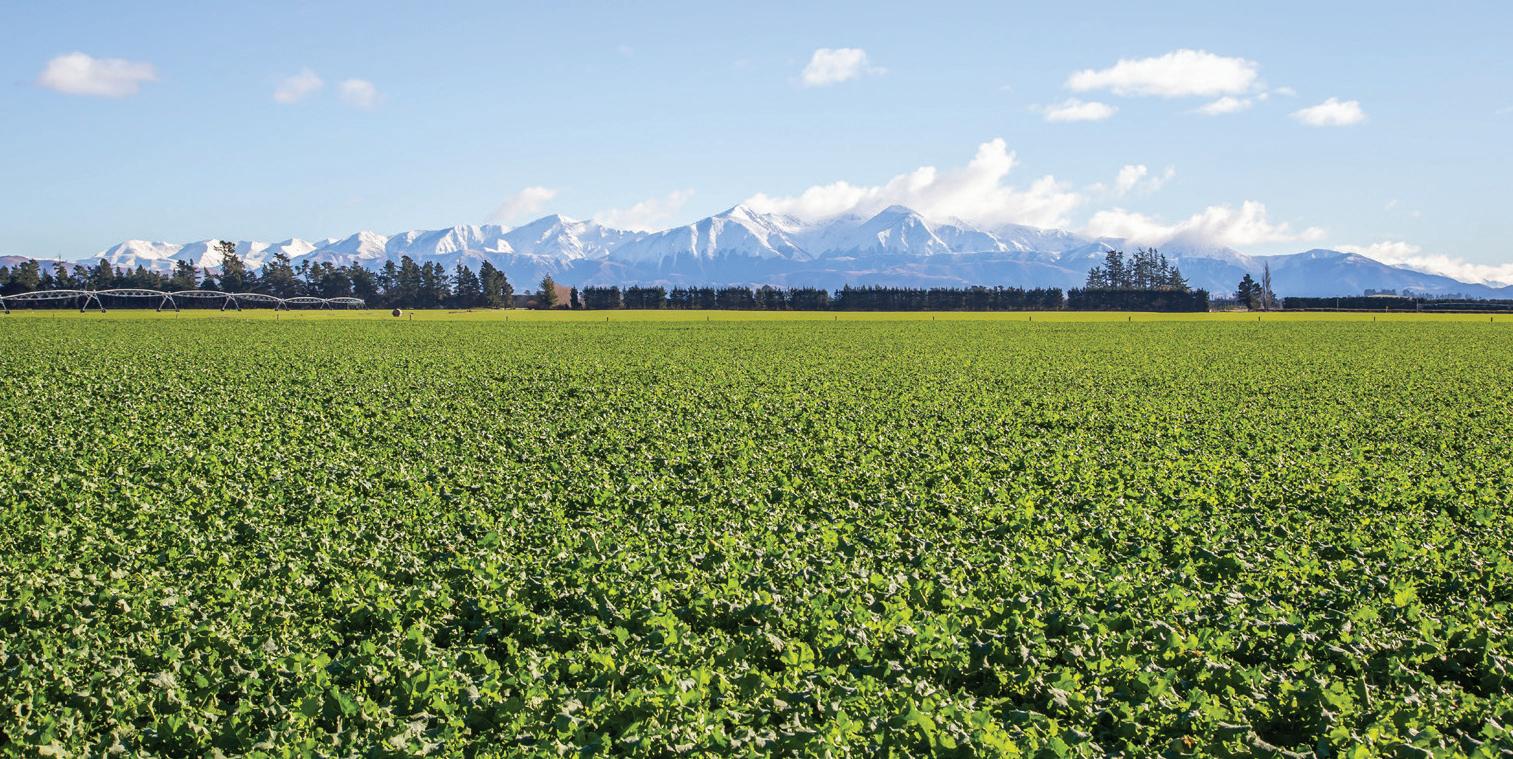
answer and the events of this year only add to the challenge.


Higher interest rates have weighed on most asset prices over the past year, including stocks, bonds, and property. Most recently, higher interest rates have exposed the balance sheets of a number of banks including Silicon Valley Bank (SVB), the 16th largest US bank. SVB had invested over half of its deposits in fixed income securities, most of which were high-quality, long-dated bonds bought at previously very low interest rates.
The substantial lift in interest rates meant those bonds were worth significantly less today than what was paid for them. SVB faced a flurry of depositor withdrawals. It sold some bonds at a loss and sought to cover the hole by looking to raise around US$2 billion of fresh equity capital.
The combination of leaking deposits and

SVB’s need for new equity led some SVB customers to question the financial stability of the bank. An old fashioned bank run ensued and SVB failed. A casualty of higher interest rates.
Credit Suisse was the next big bank to suffer from a crisis of confidence, despite a much more robust and varied balance sheet. Depositors jumped anyway, withdrawals shot to over SFr10 billion a day, and no bank can survive a run if it’s big enough.
To date, the banks that have failed all faced idiosyncratic issues that are not widespread across the industry. That doesn’t mean we won’t see more collapses, it’s likely we will (and that’s not uncommon.
In the past 90 years there have only been five years in which there hasn’t been a US bank failure. However, generally banks’ balance sheets are in a much stronger shape
than they were heading into the Global Financial Crisis, and regulators are focused on limiting contagion. Market concerns about the banking sector appear to have largely stabilised as at the end of March.
This article was prepared as at 31 March 2023 and provides market commentary for the three-month period ending on that date. We appreciate that market volatility and economic uncertainty doesn’t make an easy backdrop for investors. To discuss your investment options please contact andrew Wyllie, who is an Investment adviser and is Forsyth Barr’s Christchurch Branch Co-Manager. He can be contacted regarding portfolio management, fixed interest, or share investments on 0800 367 227 or andrew.wyllie@forsythbarr. co.nz This column is general in nature, has been prepared in good faith based on information obtained from sources believed to be reliable and accurate, and should not be regarded as financial advice.
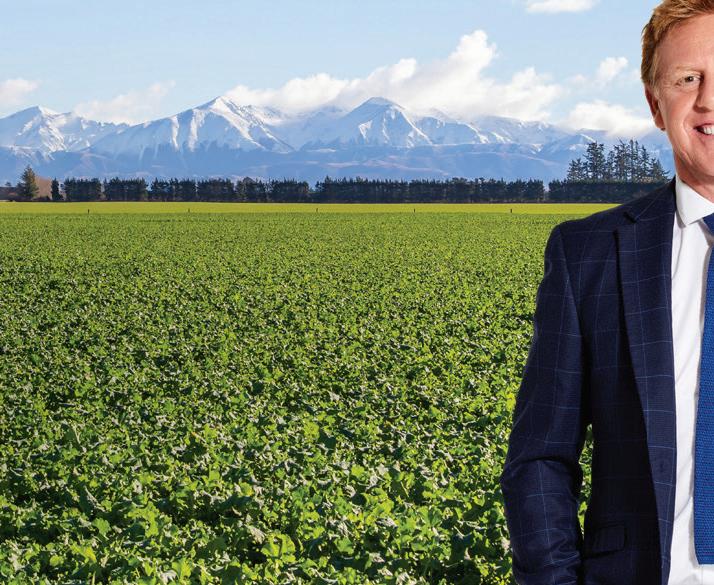






Bayleys Canterbury are very proud to be the official and exclusive Community Partner of the Crusaders.

Sponsorship partnerships are the lifeblood of rugby, helping to ensure the game thrives and flourishes. This is the approach the Bayleys Canterbury Country team applies to their work amongst the rural communities of our great region. We believe in teamwork, having common goals and building genuine relationships with the farmers of Canterbury. For us, it’s more than selling a farm, it’s being part of a community.
bayleys.co.nz/canterbury
I am now in my mid-seventies, and I admit that I still have a car I can race, and I also admit that many well intending folk suggest I am a bit long in the tooth to do such things, but I enjoy it and I certainly don’t intend to hang up the helmet while I still do enjoy it.
] by Robe CopeThat has got me thinking about farming folk and their need for toys, or something that will get them off the farm for a while and share time with likeminded people.
I recently met a family who own several traction engines and they said how they loved going to rallies both here and in Aussie, they have a couple over there as well.
All three families went, as in the father and his two boys. Amazing family times and more to the point time away from the day to day demands of the farms.
Sadly, I hear stories of farmers who simply will not leave the farm even for a weekend away, but who are happy to send their partner and children away for a holiday.
I am sure you know of a few like them, and to be honest it cannot be healthy, but that is the way they are. Farmers have an amazing array of interests that double as work.
Dog trials, ploughing, and a love of their machinery, all can become sport and a passion as well as work. Most importantly these passions and types of sport bring farmers together and provide a chance to mix and mingle and socialise.
I am not going to bang on about mental health as you know that I have strong feelings and concerns about it, but like my race car, something to focus on apart from day to day things certainly helps the head.
A mate of mine recently went through some very tough times and his cash flow had a very bad prostate problem.

He says whenever he started to feel bad, he would take the cover off his race car and tell himself how important it was to still have it and that there will be a time when he will be driving it again.
There was and he did.
Perhaps I picked the wrong term when I spoke of toys, I should have said something
Science buffs will know that Magnesium and Calcium are in the same column in the Periodic Table. It is unsurprising then that these two essential minerals control nerve and muscle function.
In muscles, Calcium dominates Magnesium when muscles contract. Magnesium should then dominate Calcium in the relaxation stage. If Magnesium is low, then Calcium dominates both stages.
What this really means is that inadequate Magnesium is a recipe for cramping, stiff, sore and tired muscles.
A tell-tale sign of low Magnesium are muscle cramps, especially at night. We need to be aware that dehydration, low salt intake and some drugs, notably stains, can affect muscles.
While muscle cramps are uncomfortable, it is the effects of low Magnesium on heart (cardiac) muscle that are frightening as it can affect electrical impulses and blood flow in the heart.
The best way to think about Magnesium is its effects on ‘tubes’ in the body, especially blood vessels.
Our muscles contain tiny blood vessels that bring oxygen and nutrients to our muscles. With sufficient Magnesium our blood vessels should open (dilate) after contraction. Low Magnesium does the op-
posite whereby blood vessels narrow and can then spasm.
In our skeletal muscles this can bring muscle tightness and cramp. In smooth muscle that lines our blood vessels this can cause blood-flow restriction and can lead to hypertension.
It is not just blood vessels that are affected; it is our heart muscle, eyes, lungs, gastrointestinal tract and in women, their reproductive tracts. This is why Magnesium is so helpful for PMS.
For people without symptoms, I recommend my multi-mineral/vitamin/ antioxidant complex as it includes Magnesium.


If you are symptomatic, I recommend adding my Triple formula Magnesium that combines Marine Magnesium, Magnesium Citrate and Magnesium Glycinate.
John Arts (B.Soc.Sci, Dip Tch, Adv.Dip.Nut.Med) is a nutritional medicine practitioner and founder of Abundant Health Ltd. For questions or advice contact John on 0800 423559 or email john@abundant. co.nz. Join his newsletter at www.abundant.co.nz.




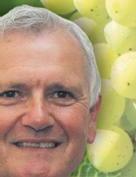

like an excuse for time out, a reason to meet up with others, a hobby, or even a mental health tonic.
A couple of stud cattle breeders I know who are well into their seventies are racing. One bought his first race car aged seventy

$82.95 for 2 bottles post-free or 1 bottle $43.95 plus $5.99 postage Each bottle has 120 capsules, approx 2 months’ supply per bottle.
something, the other hadn’t raced for decades and is now back into it and loving every moment.
You are not old until you admit it. Enjoy your toys, you will regret not doing it when time does run out.

What is Magnesium Triple?

This is a blend of 3 highly bioavailable forms of Magnesium for rapid absorption and better results.
• Marine Magnesium 121 mg

• Magnesium Glycinate 240 mg
• Magnesium Citrate 258 mg

How can Magnesium Triple help?
• These high grade forms of Magnesium are quickly absorbed to get rapid benefits
• It is ideal to help relax sore or tight muscles

• Can help with restful sleep
• To help with PMS related tension
• Helps muscles recover after exercise
• Supports healthy heart rhythm
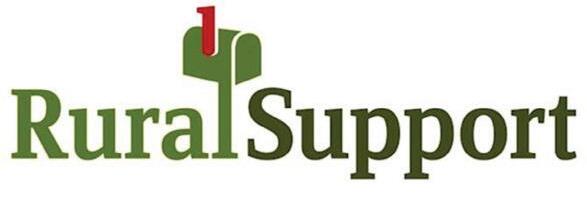
John Arts comments:
“Abundant Health rapid absorption Magnesium Triple can really help tight or stressed muscles and for a good night’s sleep. The 3 different forms of Magnesium mean you get fast results. The normal dose is 2 before bed.” (John Arts, Founder, Abundant Health Ltd)
Caution: Adult use only. High doses of magnesium can cause diarrhoea and may interact with some medications. If in doubt see your health care practitioner before use.
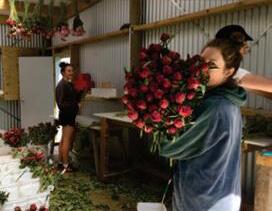

How do you manage unhealthy stress?
Awareness is key. The earlier you recognise the signs of unhealthy stress the better you’ll be able to manage them.
Recovery periods are vital. Daily and weekly ‘down time’ is important as well as taking a holiday after really busy times.
Secondly, come up with a plan. Instead of trying to do everything, it’s about asking yourself what are the one or two top things I need to work on right now? Focus on them and park everything else. Once you’re feeling back in charge and your stress levels go down, some of the other issues bugging you may disappear.
A way to cope with lots of demands is by reducing or delegating them to others.
What is burnout and how do you know if you’ve got it?
Burnout is essentially your body hitting the wall and saying, “I’ve had it. You should’ve given me a break and you haven’t.” Your body is letting you know that it’s mentally and physically exhausted.
Signs include:
• low energy and motivation to do even normal everyday tasks
• severe irritability where little things become highly frustrating
• losing your temper easily and often
• inefficiently tackling and completing tasks
• feeling ineffective and that you’re not accomplishing enough.
If some of these look familiar to you, then you may be experiencing burnout or heading towards it.
How do you prevent burnout?
When people are under pressure the things that disappear are often the things that keep us well and prevent us getting burnt out.
Continue to:
• socialise with other people
• exercise regularly
• eat well
• continue to learn
• contribute to the community
• get off the farm and do something you enjoy with others.
Building in enjoyable activities is really important. Those are the things that give us more coping space and keep us feeling on top of things.
At what point would you consider it more than just ‘calving stress’ and be seeking help?
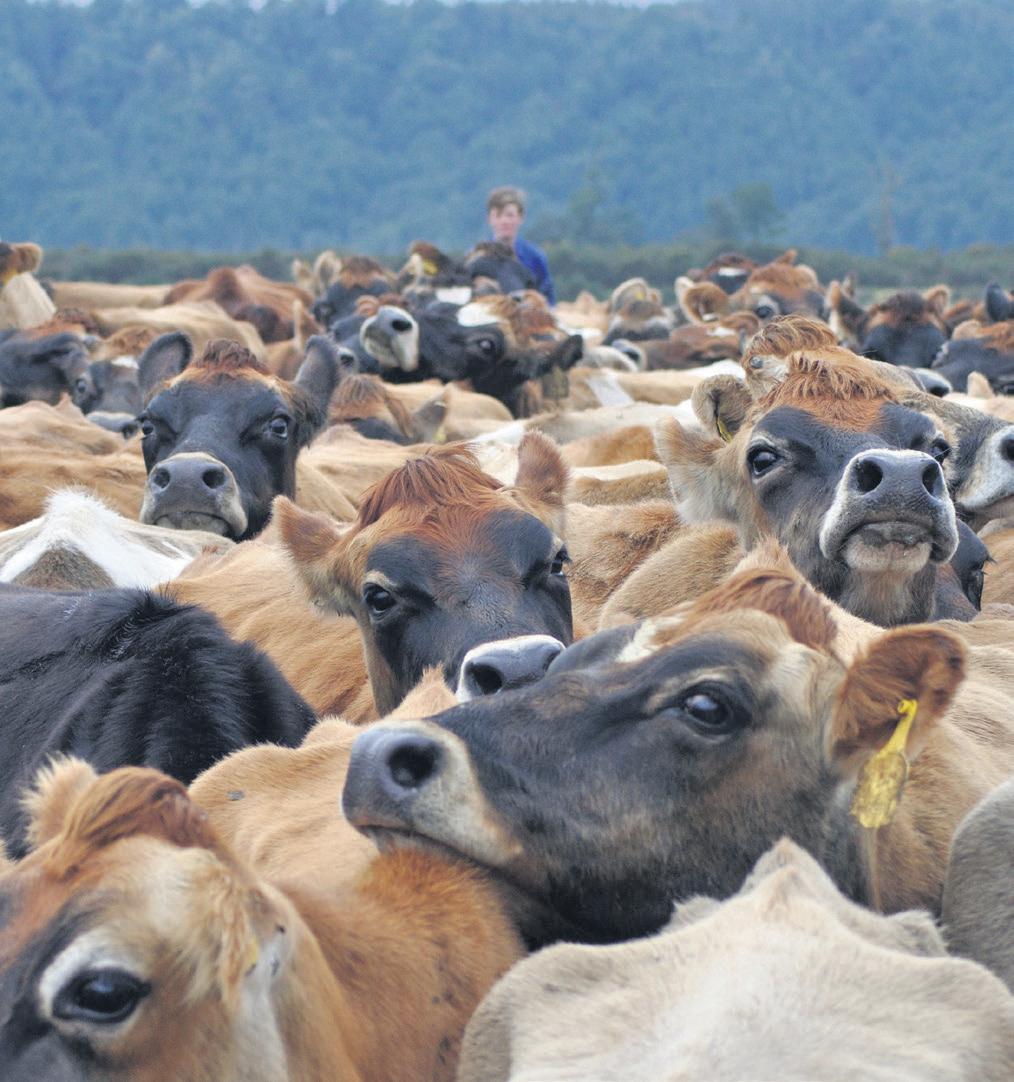
A general rule of thumb that a person is under unhealthy stress, is when their daily functioning and relationships are being impacted.
For example, if the person doesn’t seem themselves and shows ongoing changes in their normal behaviour and thinking patterns.
When we just keep going without a break from the ongoing physical or mental demands we are facing, our body finds it hard to keep up and the cracks begin to show.
A catch-up with your GP, a local counsellor, Rural Support Trust worker or supportive friend, can give you some ideas or a plan to get things back on track.
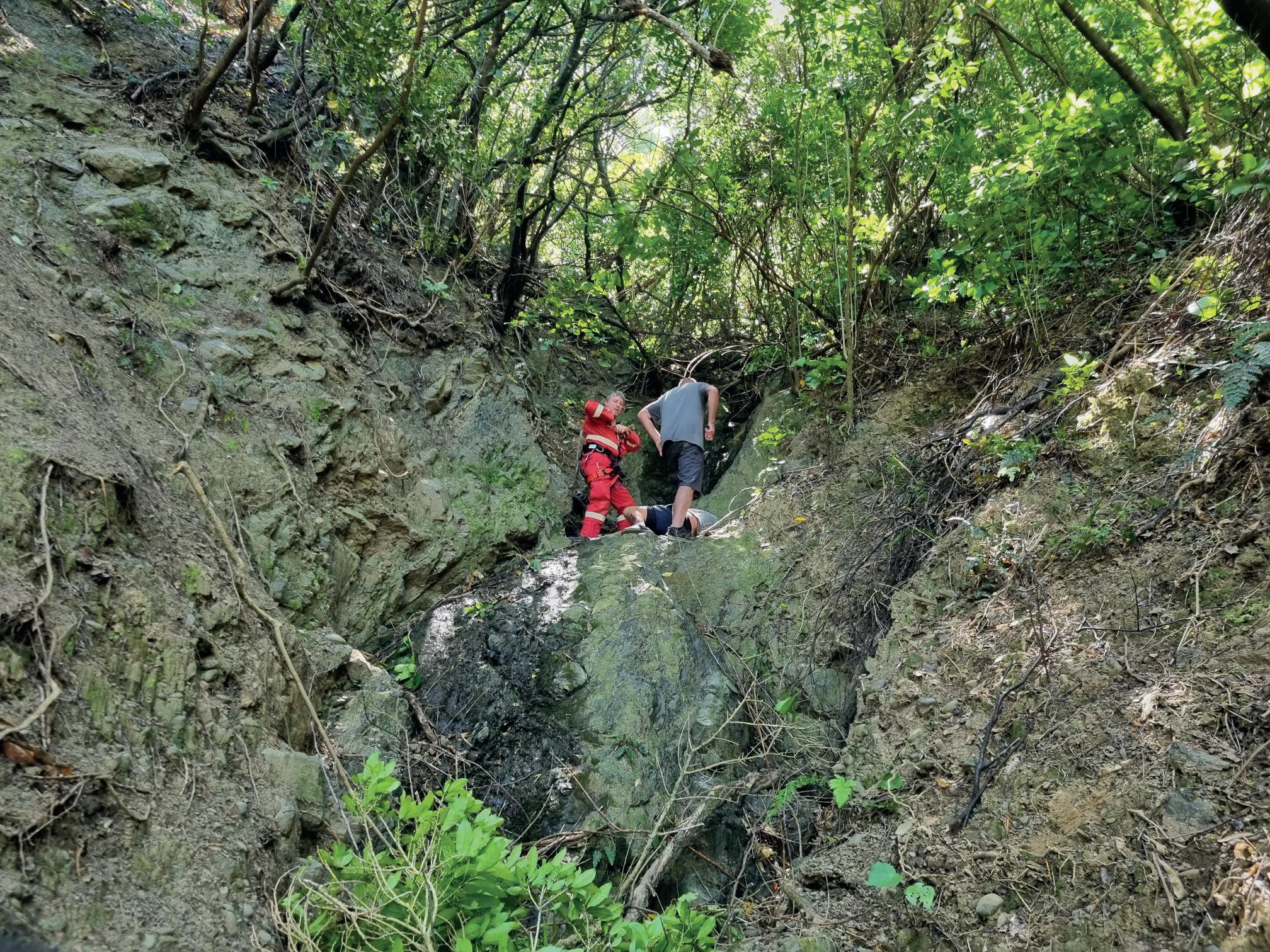
When moving farms and animals there is the normal household administration that needs to be done as well as a raft of regulatory requirements around your animal and environmental responsibilities.
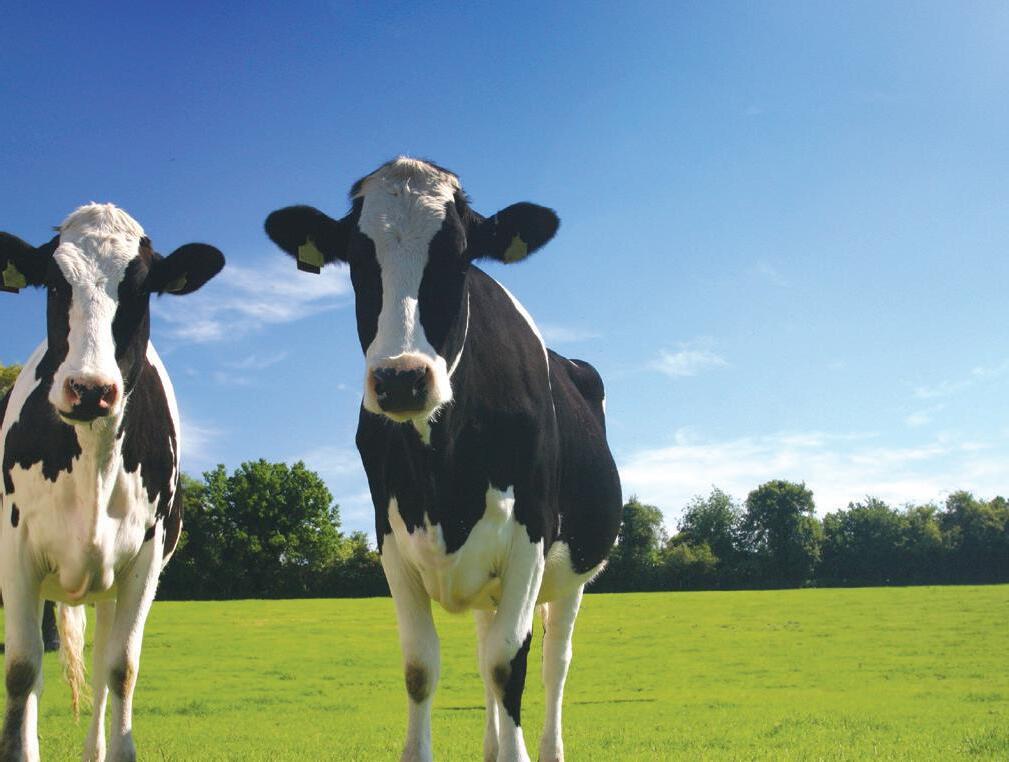
]
Article supplied by DairyNZ
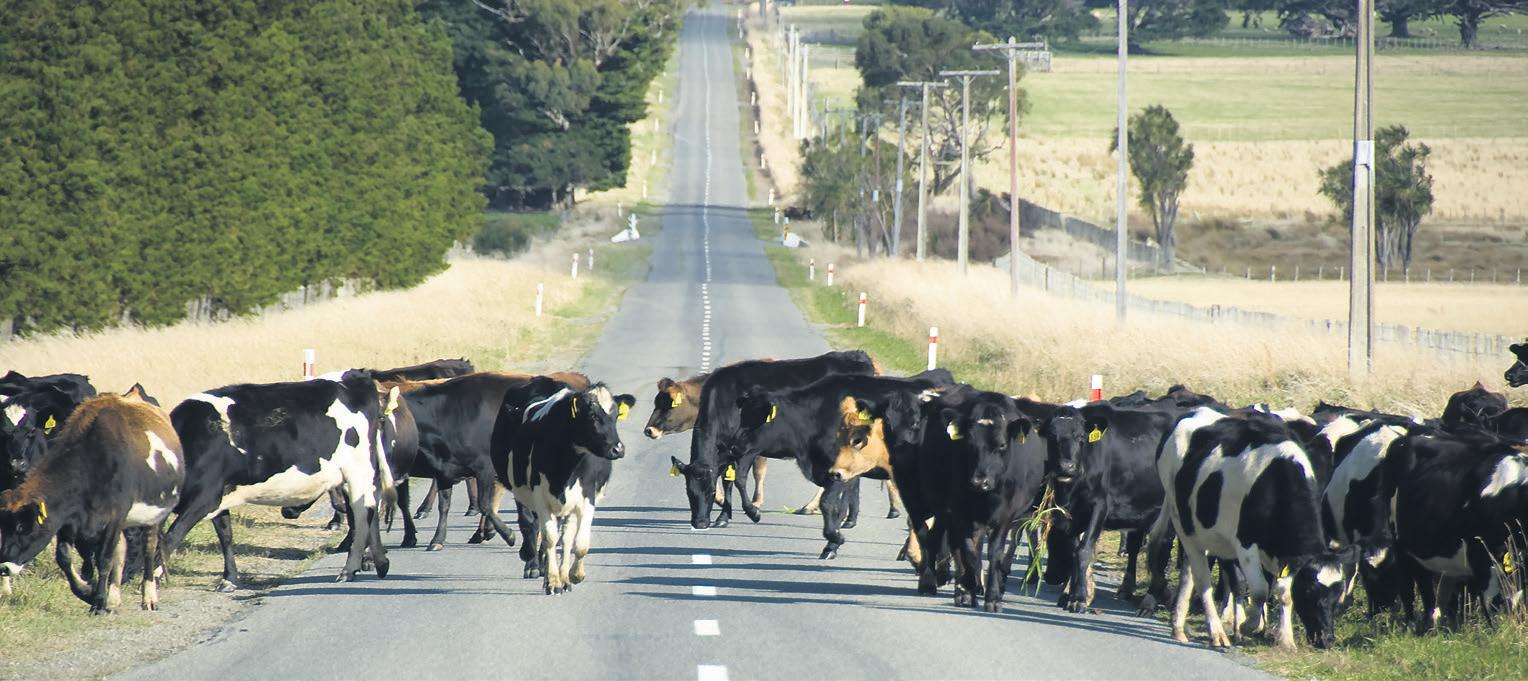


Working through lists is a handy way of ensuring you don’t let something slip that could cost you time and/or money in the future.
Regulatory requirements
• Complete ASD and NAIT requirements
• Finalise critical record keeping for on-farm records: Nitrogen pages, Dairy diary; Milk volumes and SCC; Animal health records.
• Understand new resource consent management requirements of new property (e.g. recording monthly water use, completing compliance forms for environment).
• Walk over your new farm (again) taking note of any risks or hazards and ensure they are noted and included in your risk assessment plan.



• Update farm policies and procedures for new farm. Ones that are especially important to complete early are: Emergency plan; Farm rules; Map of the farm identifying risk and no-go or limited-go zones; Risk assessment – what are the key risks and how will you manage them; How your farm team will communicate, including about health, safety and wellbeing; Maintenance register.
• Update / complete contractor coordination forms (which should include contact details, a summary of any risks unique to your farm, your expectations before coming onto your property and confirmation you will work together to assess and reduce health and safety risks of any tasks they undertake for you).

• Ensure you have appropriate warrants and registrations for all vehicles.
On the farm
• Obtain or update insurance to consider: New vat size; New plant and machinery purchased; Any further requirements with new contract.
• Take and record final power meter readings at the shed (Take a photo)
• Finalise and/or update agricultural supplier accounts (e.g. FarmSource, Farmlands, PGG)


• Complete change of contact details for all suppliers, processors, businesses you hold accounts with


Tips and tricks
• Start early. Admin always takes three times longer than you expect.
• If you haven’t had good policies and procedures ask other farmers for ideas and

possibly copies of their own ones. It is usually much easier to start with some ideas than from scratch.
• Ask a friend who has moved recently to check if you’ve forgotten anything.

• Earthquake Repairs
• New Home Specialists

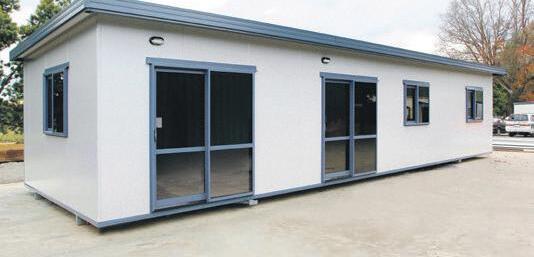
• Patios & Paths

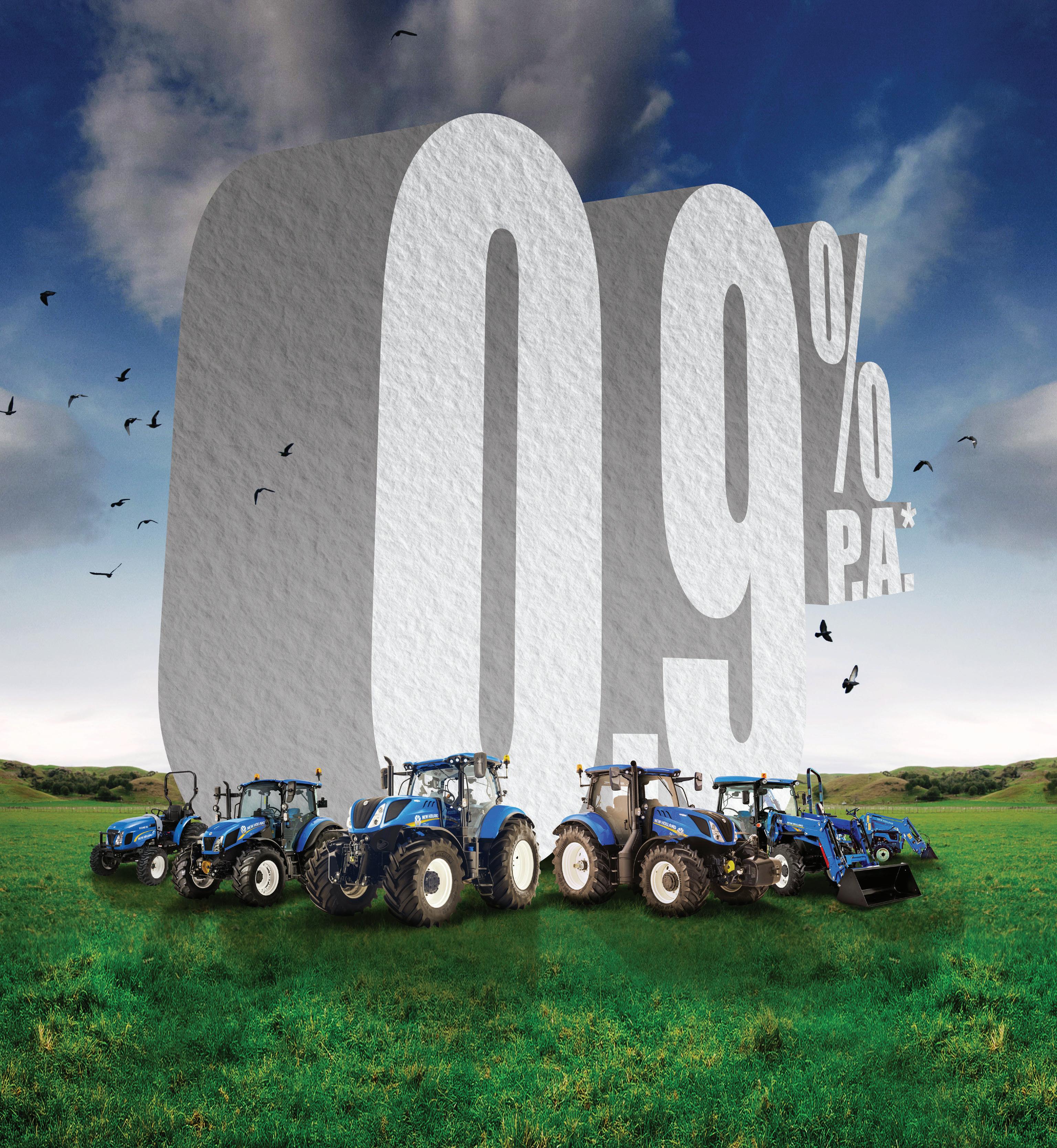


The smallest tractor in New Holland’s range, the Boomer 25C comes in below the Boomer 25, with a couple of significant changes that boost its appeal for the hobby farmer or those wanting some extra help around the garden.
While the latest addition to the Boomer range offers the same amount of horsepower as the Boomer 25C, the new sub compact tractor has a lighter frame that leaves a smaller footprint, making it ideal for the likes of lawn, turf and garden maintenance.
Easy to operate and versatile, the Boomer 25C is powered by a 1.3-litre three-cylinder diesel engine, and comes with a range of attachments, including a front-end loader with a 4-in-1 bucket, 60-inch cut mid-mount mower deck, and a rear-mounted backhoe.
The appeal of the new Boomer includes the ease of operation, particularly for firsttime or inexperienced tractor customers.
The user-friendly hydrostatic drive control features two pedals for forward and reverse and comes in high- and low-range, and the three-point hitch lift capacity and foldable rollover protection system only en-

hances the 25C’s operating capability and overall safety for the operator.

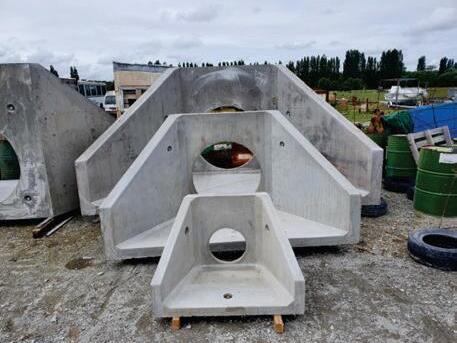
The tractor is equipped with a Category 1 rear linkage that is compatible with standard Category 1 implements such as slashers and finishing mowers, and it can be fitted with either a turf or an industrial tread tyre to suit the tasks required.


Designed to shoulder the load around the garden or small farm holding, the Boomer 25C is the compact tractor that packs performance and versatility into its small frame, offering a simple “turn-key and drive” style experience and capable of a range of jobs in a variety of conditions. If that sounds like the ‘extra pair of
The Boomer 25C is powered by a 1.3-litre three-cylinder diesel engine, and comes with a range of attachments, including a front-end loader with a 4-in-1 bucket, 60-inch cut mid-mount mower deck, and a rear-mounted backhoe.

hands’ you need right now, contact your local dealer because stock is on dealer floors and is ready to go to work.
The Boomer 25C is also the focus of some attractive finance deals in the runup to the end-of-financial year, with great offers available across the entire New Holland tractor range.
Customers who buy before June 30 can access an additional 12 months’ warranty, bringing the total warranty coverage to a full three years or 3000 hours; and interest rates starting at a low 0.9%.
For more information relating to the New Hollands Boomer 25C Sub-compact tractor, contact your local New Holland dealership.




The two-day event run by farmers, for farmers, and is being held at ILT Stadium Southland, Invercargill on June 28 and 29.

This year’s theme is ‘Adapt, Empower and Succeed’, and includes 12 practical workshops, culminating with a field trip to the Southern Dairy Hub, a 349ha commercial scale research dairy farm at Wallacetown near Invercargill.

These workshops involve Q&A sessions, discussion from industry experts, and feedback from farmers on their experience with such topics as wearables, efficient N use, utilising catchment groups, and how to be the best boss.


SIDE Event Chair Emma Hammond said the benefit of SIDE is the workshops are designed and run by farmers, for farmers.
“Instead of a sales pitch from reps, we hear from farmers and industry experts about their experiences, feedback and challenges when using the agri-related product or service,” Hammond said.
“It’s also a great opportunity for farmers to invest in themselves. Gain some really practical, best practice information about things that can help them on their farm and to share challenges that they may be having.”
As well as the workshops, SIDE offers inspiration from two keynote speakers, including women’s rugby player Tyla Nathan-Wong, and para-triathlete Shaz Dagg. A keynote ses-
sion on the Climate is also planned. Hammond said the event also features BrightSIDE, a one day event (run alongside SIDE), where students, farm assistants, and 2IC’s looking to progress their careers can
learn about opportunities and progression. It includes great workshops, keynote speakers and provides the opportunity to network with hundreds of dairy leaders who attend the SIDE conference.

2023 SIDE Event Committee are: from left: Megan Thomas, Annalize du Plessis, Elliot Cleland, Emma Hammond, Amy Johnston, Jess Goodwright and Ollie Badcock. Absent: Clare Officer, Toria Cummings, Guy Michaels.
Farmers are encouraged to register now for the event. For more information and to register. Visit side.org.nz

The soil fertility industry is one of those systems and will change fundamentally with those getting on board early able to prosper, while those slow to accept largely left to their own resources.

As with all essential change it starts slowly, often over many years before the pace quickens and everyone is engulfed and forced to embrace new technologies.

Those that facilitate significant shifts in practices, such as the move to electric cars in cities, are not mainstream manufacturers. Tesla spearheaded that development with established manufacturers scrambling to play catch-up.
The changes coming in the fertiliser industry primarily revolve around the use of synthetic nitrogen.

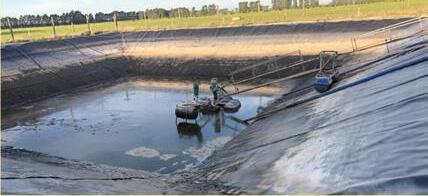
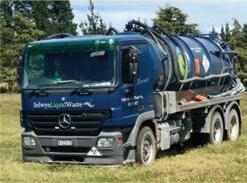


The societal attitude to its use is changing in much the same way as the unacceptability of cigarette smoking in public places occurred with peer pressure being way more powerful than regulation.
Those that argue that only science will provide the way forward may not be aware of the many trials undertaken by Government Research groups throughout the country prior to their disbanding in the late 1980s.
A summary of those findings can be found in ‘Fertiliser and Soils in New Zealand Farming’ by C. During, published in 1984. The final sentence summarising the work undertaken on the pumice soils of the North Island is, “It would appear that the use of fertiliser N is seldom worthwhile.”

The late T. (Tom) W. Walker, Emeritus Professor of Soil Science at Lincoln University, at the time of the development of the Kapuni urea plant argued strongly against its use claiming that all the nitrogen required for pasture use could be provided by clover.
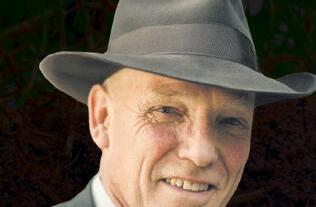

He also championed the use of dolomite as a magnesium fertiliser writing the article, ‘Dolomite a first class source of magnesium’, which contained the following: “individual farmers will have to make their own calculations, but in my view dolomite is the ideal material to use on acid soils low in magnesium”.

He also wrote that the lack of sufficient calcium and magnesium in the diet of dairy cows in spring may be exacerbated by the excessive use of fertiliser N.
He revised the article in 1997 refusing payment but happily accepting a bottle of scotch for his time and effort.
Building on the unparalleled performance of Golden Bay dolomite, DoloZest was developed combining the well documented animal health benefits with the long-term improvement in pasture growth resulting from increased beneficial soil biology.
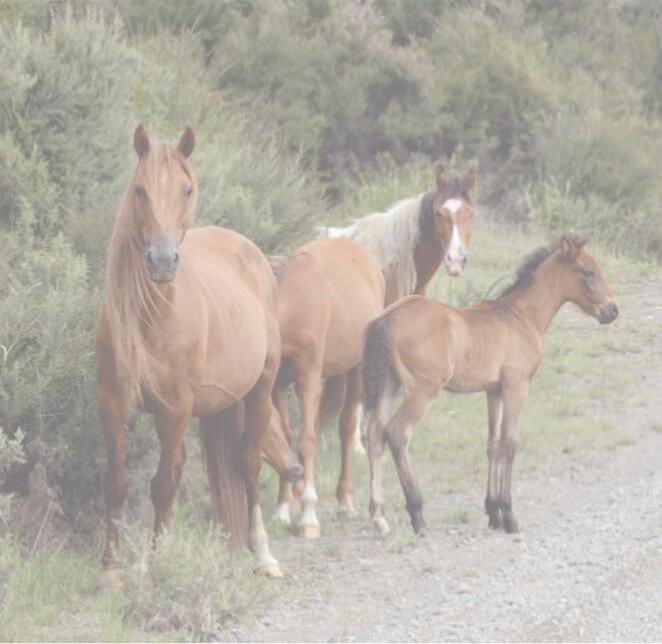
Prior to 1989-90 work with the addition of beneficial microbes to pastoral soils had clearly shown a range of significant benefits, however at that stage the major superphosphate manufacturers dominated the marketplace.

As creatures of habit and being risk averse, expecting those that generate their pay checks from the manufacture of superphosphate with addition of muriate of potash and synthetic nitrogen, to consider systems that replace those inputs is unrealistic and naive.

Change is inevitable and the catalyst may be the Landcare Research finding that “all irrigated land, without exception is losing carbon.”
In our view it’s not irrigation that’s the problem it’s the reliance on regular applications of synthetic nitrogen.

Nitrogen as a development tool is without peer, and the logic that regular applications will provide similar responses thereafter is seductive and now etched into the mainstream soil fertility paradigm.
There are however farmers throughout the country that for over 25 years have used synthetic N strategically and sparingly and now have production performance superior to their peers with profitability figures to match. For more information call Peter on 0800 843 809.

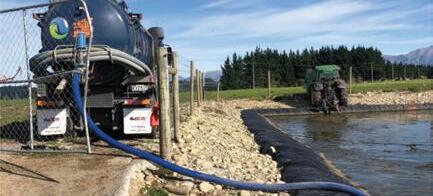

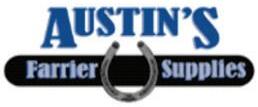
Numerous people spoken with of late are uncomfortable and irritable. They feel that many of the systems we’ve relied on for the last 50 years require fundamental change, and sense that that time is not far away.The late Tom Walker, Emeritus Professor of Soil Science at Lincoln University, said the lack of sufficient calcium and magnesium in the diet of dairy cows in spring may be exacerbated by the excessive use of fertiliser N.



The benefits of good mineral supplementation are easy to determine, especially when they effectively eliminate or control clinical deficiencies in a dairy herd.

Some of the most common conditions where a dairy cow will display clinical symptoms are hypocalcaemia or milk fever, hypomagnesaemia or grass staggers, and facial eczema, with most New Zealand dairy farmers experiencing at least one of these in a season.
The majority of farms will have a plan in place to increase mineral supplementation during the busier times of year, in order to prevent or control these clinical conditions. However, good mineral usage throughout the entire season could also effectively combat sub-clinical issues, which will often be reducing production and lowering fertility without any physical symptoms at all.
While blood tests may identify deficiencies, by this point milk production may have already been compromised during the peak production window and a cow’s health may be affected for the rest of the season. This emphasises the importance of not underestimating the value of minerals as a preventative rather than a cure.



This season the Southern Dairy Hub (SDH) have been using Vitalise pelletised mineral supplements on their research farm, exploring the benefits that come from supplementing nutrients through in-shed
feed. While they have always supplemented calcium and magnesium in the past, through water sources and dusting through calving and mating, this is the first time they have explored pelletised mineral supplements, pre blended into their silo feed. So far they have seen many improvements, such as an increase in production which they attribute to having more time on farm to focus on feed efficiency.
The fact that they no longer have to dust to ensure every cow receives enough nutrients means they save are saving time, staff are much happier, and their blood test results are showing that the cows are maintaining good levels of calcium and magnesium. They have also said that it is easy for them to adjust their mineral dose rate through Clarkes Seed & Feed, based on the time of the season, so that the cows are receiving enough and then not too much at the right time.
While Calcium and magnesium are the obvious nutrients required by dairy cows, there are also many others which contribute to the collective health and maintenance of a herd. Trace elements are extremely important in maintaining the overall health of the cow, and while we offer a standard blend to include the essentials as recom-
mended by vets, we can also adjust these accordingly for your individual needs.

For example, increasing iodine amounts during your mating period to aid fertility, or adjusting zinc levels at the times of year when the risk of facial eczema increases.
When fodder beet makes up a large proportion of the diet it is important to ensure you’re supplying your herd with sufficient all-round nutrition.
Dicalcium Phosphate (DCP) is an essential mineral supplement necessary to prevent low calcium and phosphate levels that occur with fodder beet. We can add this to any of our standard blends to ensure that any clinical or sub-clinical conditions that can be caused as a result of feeding fodder beet can be avoided.
Another product that we love using is Rumenox. There are many benefits to Rumenox; it helps a cow’s rumen function better, adjusting fermentation to a level that’s more beneficial to the overall health of the cow.
Vitalise will effectively eliminate or control clinical deficiencies in a dairy herd.
Cows are more likely to stay in optimal condition which not only supports incalf rates and milk protein production but also protects against ketosis and bloat.
We have Rumenox available as a standard blend with our Calcium or Magnesium, and it can also be added to our trace element blends or a custom blend as requested by the farmer.
Vitalise is a versatile mineral supplement that is 100% utilisable, ensuring accurate dosing through in-shed feed, with the use of a mineral dispenser or by pre blending through your local feed company.
Our ethos is little and often, and the dose rate is easily adjustable to suit your dairy herds needs at different times during the season.
Our pelletised form and elemental structure means there’s no wasted minerals or money; it could not be easier to ensure that your dairy cows are getting exactly the right amount of nutrients, all year round. Better yet, over the 10 plus years that we have been producing Vitalise, we have created a high number of custom blends based on farmer’s requests or recommendations.


If there is something you would like to see added to your herd’s mineral intake, we would love to hear from you.


Frasers knowledge of the district, farming people and what they have lived through both good times and the not so easy times, make him well placed to support farmers with their future property decisions. North Canterbury has had more than its fair share of droughts and significant earthquakes so being there when it’s needed and providing the right service to meet the need at the time, is second nature to how Fraser operates. You can be very confident this approach will continue to be front and centre, not only in his commitment to rural and lifestyle real estate but in his support of our North Canterbury rural community generally.
Fraser has a vast number of long standing relationships, both locally and further afield, so you can be sure his market reach in conjunction with the Property Brokers national brand will be a significant asset to rural and lifestyle vendors alike.


Fraser Ibbotson joins our North Canterbury Rural Team of Maurice Newell, Hamish Anderson and Kim Balcombe, and is based in Kaikoura, servicing the wider North Canterbury market.

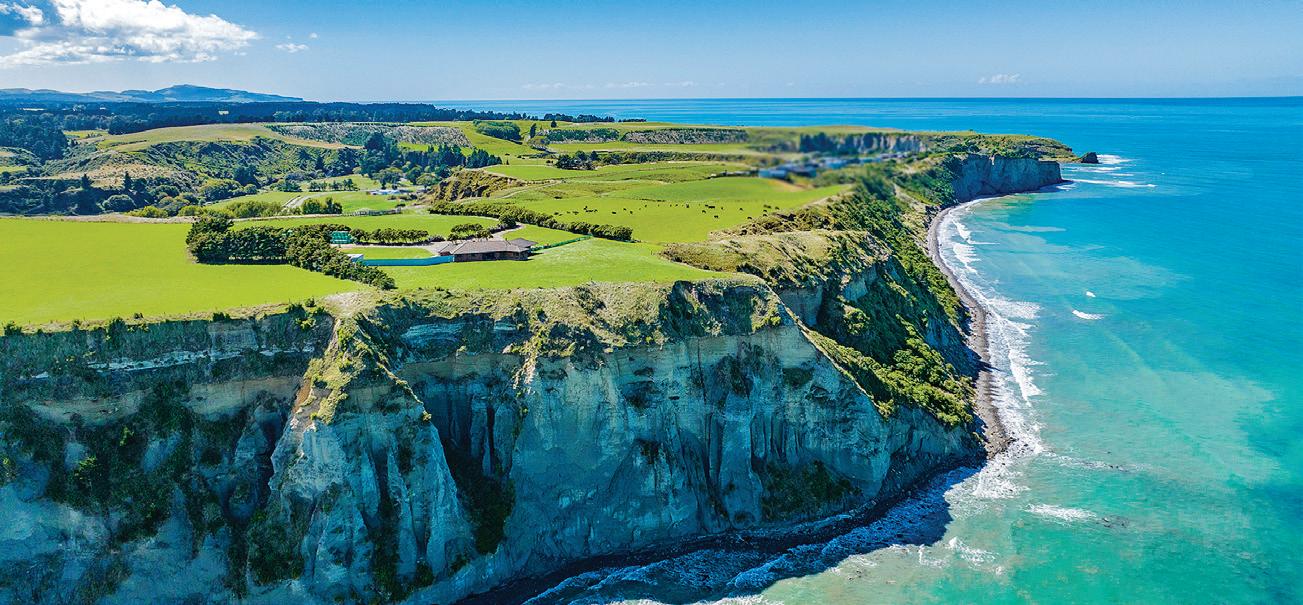

Frasers formative years were spent in Fiordland and Southland growing up in and around Landcorp farms, after schooling in Invercargill and making the most of attending Lincoln, he has spent the last 20 years in sales, the last 14 being in North Canterbury as a specialist John Deere farm machinery sales representative.
Fraser’s friendly straight up reputation, backed by an absolute commitment to client service, translates into a professional no pressure approach that always gets the job done. As Fraser sets about his work if he is not up your driveway, you can find him at Farmlands Kaikoura, or alternatively via the Farmlands Culverden Store. For rural and lifestyle property advice please call one of our local sales consultants today on 03 313 8022 or pb.co.nz
Fraser Ibbotson, Rural/Lifestyle Sales Consultant 021 574 037 or fraser.ibbotson@pb.co.nz
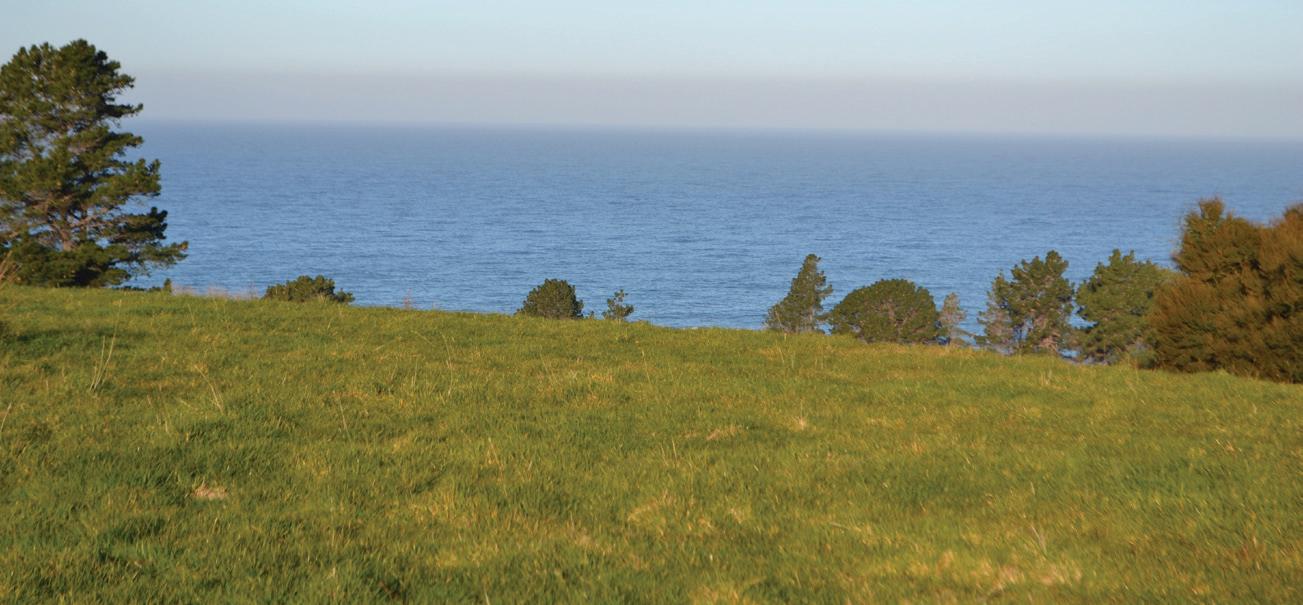










Gareth Cox, Canterbury Rural Manager gareth@pb.co.nz



Despite a challenging 2021-22 season, the recent annual New Zealand Dairy Statistics report shows an innovative dairy sector responding well during a changeable time.



According to the report, which is the work of DairyNZ and Livestock Improvement Corporation (LIC), in the 202122 season, 20.78 billion litres of milk containing 1.87 billion kilograms of milksolids was processed by dairy companies.
After reaching a record milk production per herd and per cow in the previous 2020-21 season, production dropped back to 2019-20 levels as the impacts of Covid-19, climatic conditions on farm, inflationary pressures and supply chain issues presented a challenging year for the industry.
The trend of declining cow and herd numbers continued and was accompanied by a 4.3% decrease in litres and 4.1% decrease in kilograms of milksolids processed, compared to the previous season.
DairyNZ chief executive Dr Tim Mackle said farmers’ achievements in the face of a range of challenges in recent years was positive.
“Through tough times farmers continue to prove their resilience and stay focused on milking better and more efficient cows, by making the most of technology and information,” Mackle said.
“Dairy farmers are proud to be world leading and work hard to retain their unique pasture-based farm system, as they keep milk production flowing and therefore creating real value for New Zealanders.”
The season saw an increased uptake of herd improvement services, with record herd testing levels of 3.79 million cows. Artificial insemination remained steady at 3.94 million cows.
This continues the trend of New Zealand farmers remaining focused on improving the production efficiency of their herds, and utilising data and insights to support on-farm decisions.
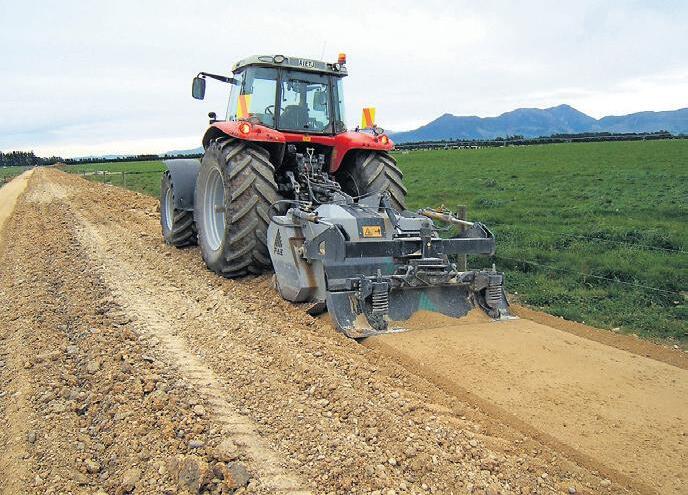


LIC chief executive David Chin said New Zealand farmers responded well to the challenges of the season.
“Rising to challenges in a changing world is nothing new for our sector. Our farmers continue to invest in solutions

that will support them to remain global dairy sector leaders,” Chin said.

“Record levels of herd testing uptake and strong investment in artificial breeding demonstrates a continued focus from farmers on herd improvement, to identify poor performing cows and to breed more efficient animals.”
The average dairy co-operative payout from Fonterra and Tatua was $9.52 per kg, which was a record average payout for farmers, while dairy exports reached a record $22 billion in 202122.
Stats: The 2021-22 season saw an increased uptake of herd improvement services, with record herd testing levels of 3.79 million cows.


Early detection of lameness is a crucial factor in maintaining a profitable and healthy dairy herd.
According to studies conducted in New Zealand, approximately 26% of cows in a large herd suffer from some form of lameness each year, resulting in significant financial losses for farmers.
The cost of treating and managing lame cows can be substantial, with the effects ranging from decreased milk production to reduced reproductive performance.
The impact of lameness on fertility is particularly significant, with research from the UK indicating that lame cows ovulate earlier but show signs of heat later than healthy cows. This means that the chances of getting a lame cow in calf are significantly reduced, further exacerbating the economic impact of lameness on the farm.
To help farmers address the issue of lameness, OmniEye, a New Zealand-based company, has developed an innovative visual monitoring system that uses artificial intelligence trained by vets to locomotion score dairy cows. By providing farmers with an accurate 0-3 score, the system enables early detection of lameness, allowing prompt and effective treatment that can minimise the impact on herd health, production, and reproductive performance.
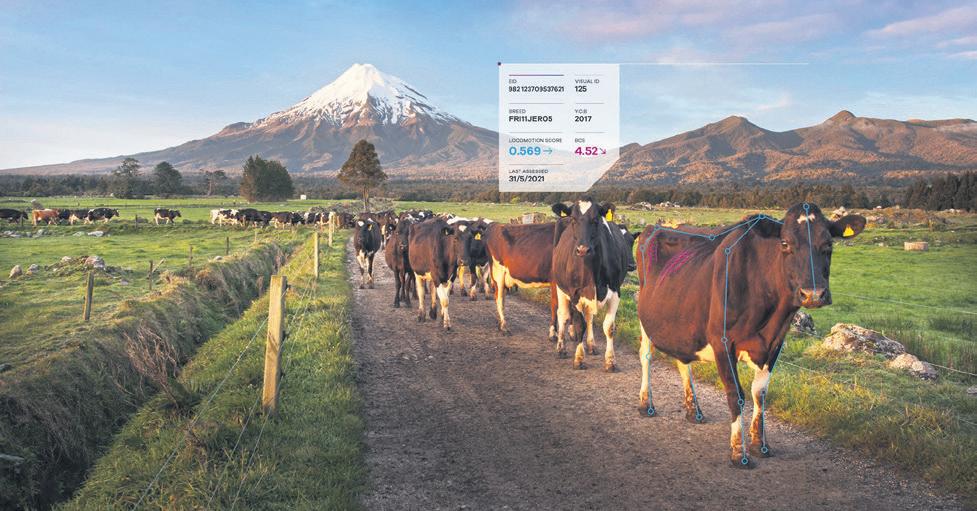
The OmniEye system is designed to supplement stockmanship skills and can work symbiotically with wearable technology to provide farmers with a comprehensive understanding of the health and wellbeing of their cows.
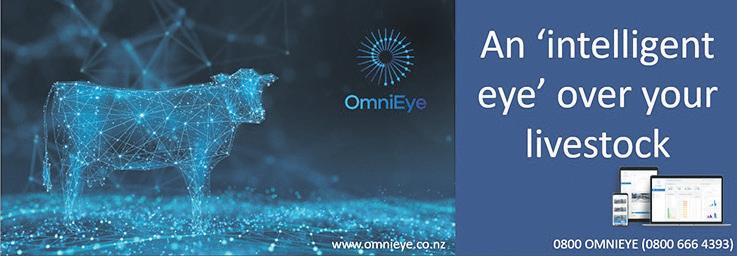
The system is currently in use on 30 dairy farms across New Zealand, with farmers reporting significant improvements in their ability to catch problems early and effectively manage the health of their herds.
As Hayden Ferriman of Three Leaf Farms attests, “OmniEye has become part of our daily routine, it’s allowing us to catch problems earlier and as a business owner, it gives me peace of mind when I’m not in the shed.”
The system uses the DairyNZ locomotion scoring metric, providing users with a 300 point spectrum of healthy (0.00) through to severely lame (3.00). Scores are presented in a dashboard along with associated videos, allowing for remote diagnosis and effective treatment management.
Kurt Zenipmal, manager at Medstone Dairies, uses the system for early detection and, “We can use the videos and scores to keep an eye on the cows we’ve treated and set up auto drafts to put them back in the
main herd once they’ve come right rather than watching them from the vet stand and manually drafting”.


The on-farm hardware required for the system is minimal, including a CCTV camera mounted perpendicular to the exit race and a small enclosure mounted inside the shed. Installation requires a suitable exit race, EID reader, and a reli-

able internet connection.

Using the OmniEye system, dairy farmers can save significant amounts of money by detecting lameness early, minimising the impact on herd health, production, and reproductive performance. The system provides farmers with the data they need to make informed decisions about the health of their cows.








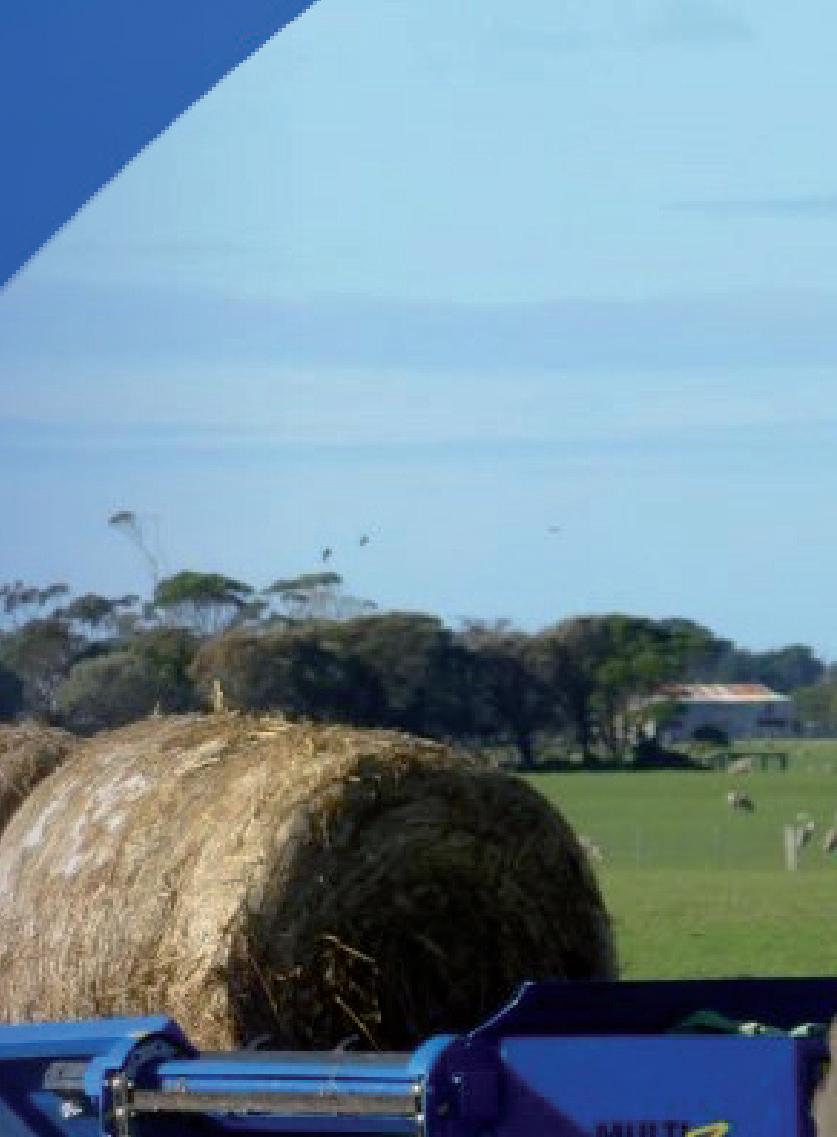



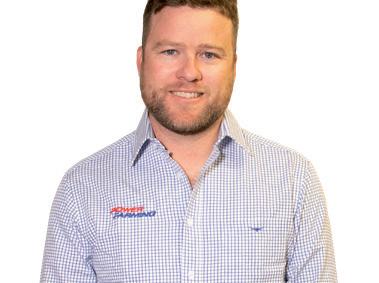

















McIntosh



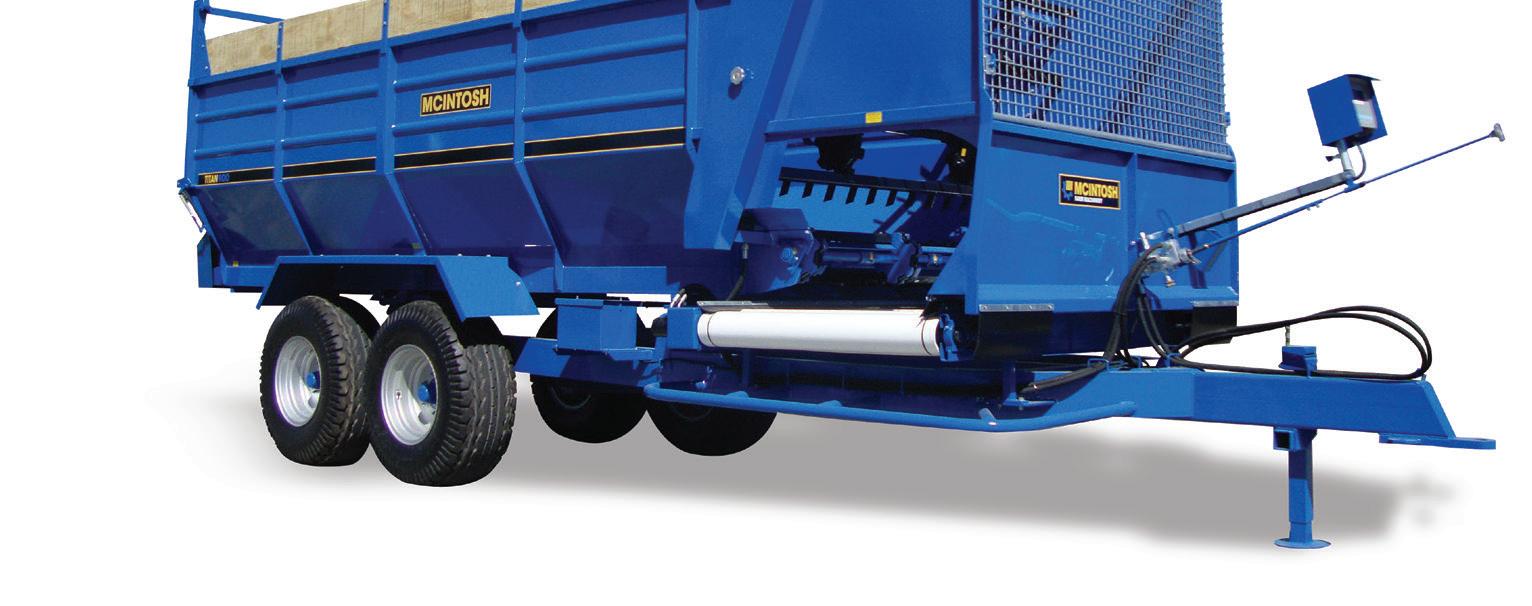


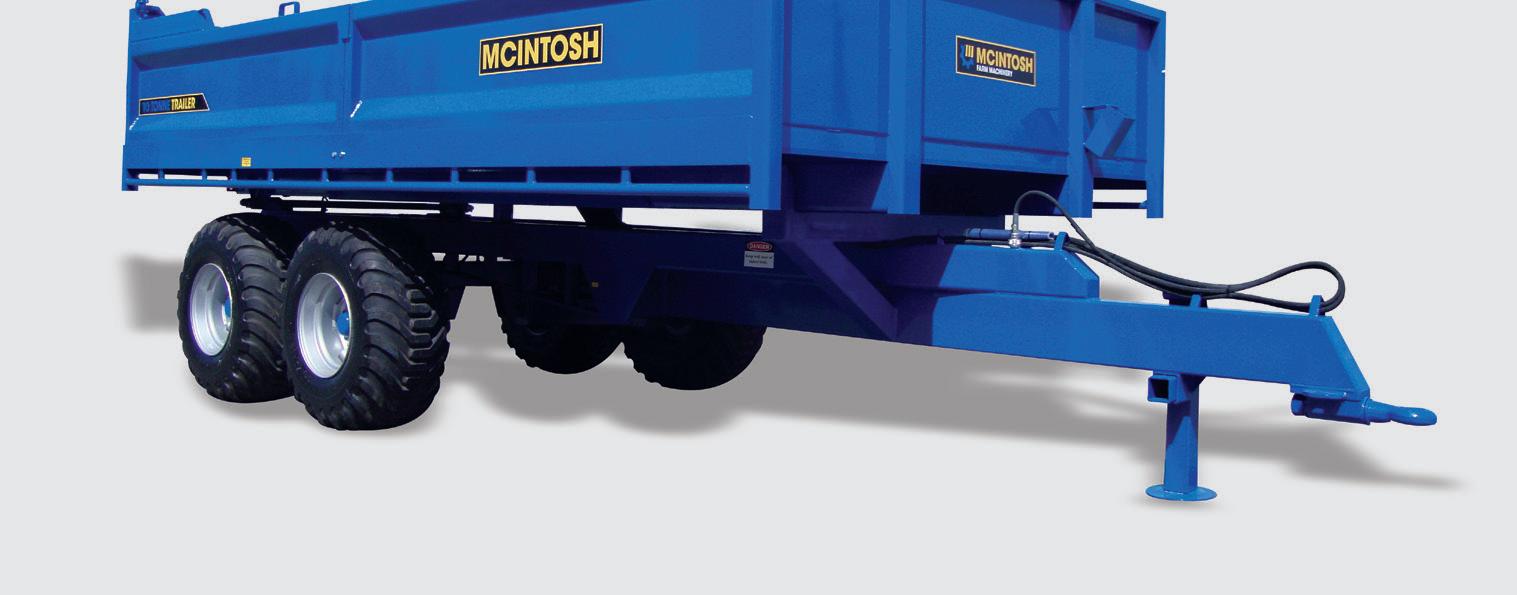



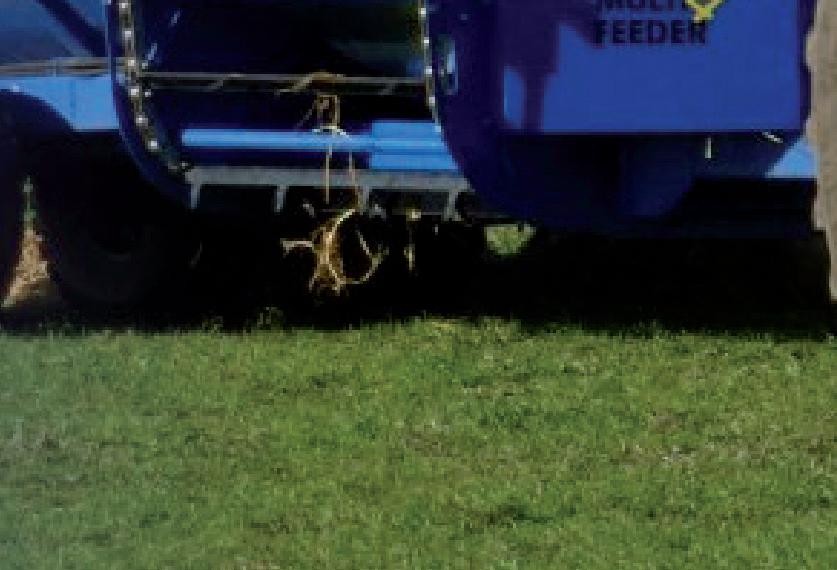
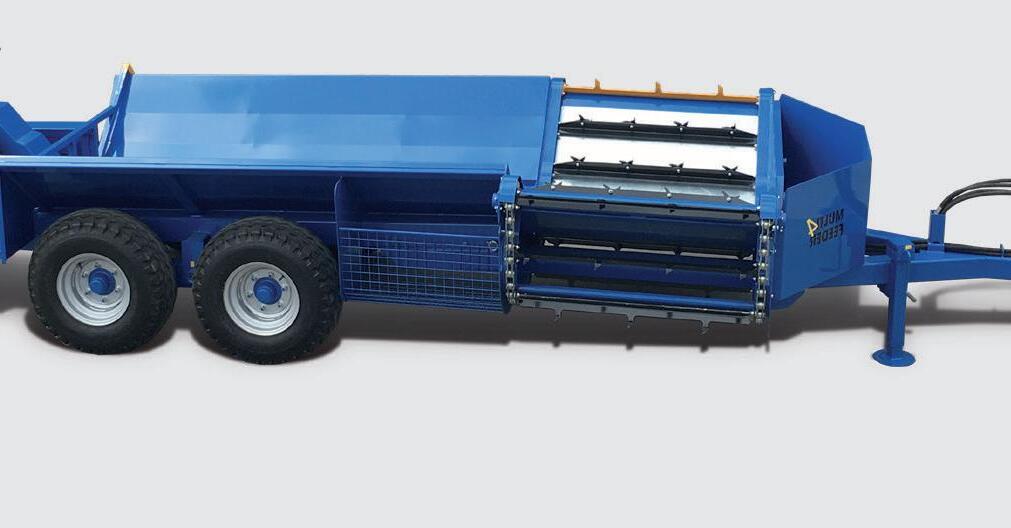









Darfield High School’s Tawera Rural College provides opportunities for students to learn real-world farming skills, with pathways to work, as well as agricultural science and commerce with pathways to Lincoln University.

Year 9 to Year 13 students learn a range of theory and practical skills from teachers who also run farms. The Malvern community supports Tawera Rural College with great access to a range of farms for extended practical days and work experience.

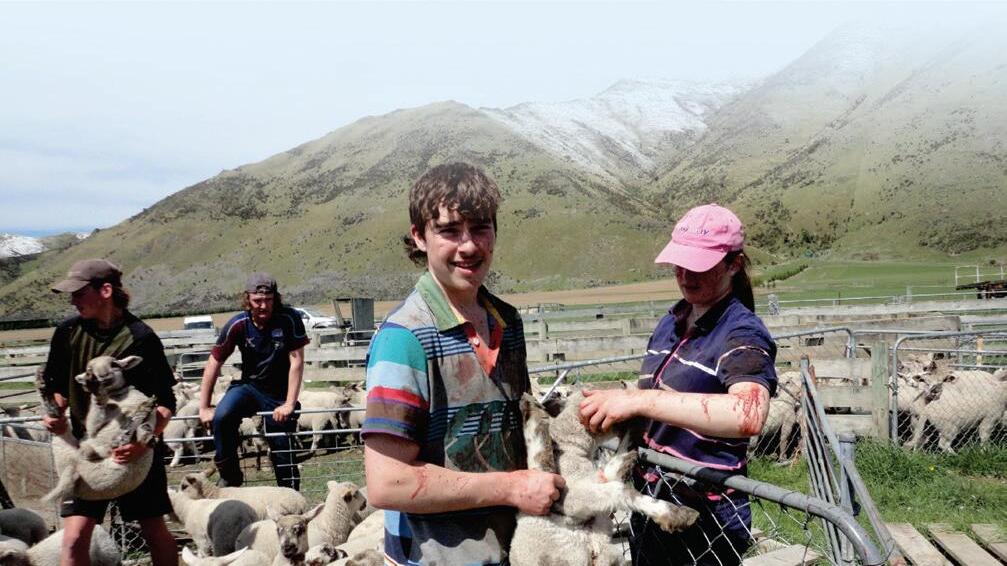
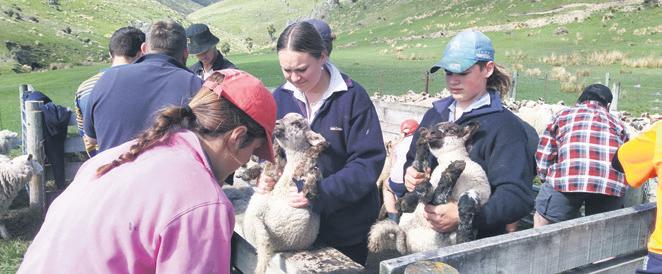
The high school’s Gateway programme supports student work placements. We aim to help the local farming industry by increasing the flow of work-ready young people and by inspiring the next generation of agricultural researchers and managers. Tawera Rural College’s Agriculture Academy was launched

All schools continued to face intermittent challenges presented by the lingering effects of the global pandemic during 2022.
in February 2023, developed from farmer input and supported by the Primary Industry Training Organisation, three foundation high schools and the local farming community. Sponsored by Dairy Holdings Limited, the programme is intended for those Year 11 and 12 students who display a genuine interest and passion for agriculture specifically and the primary industries, in general.

We welcome you as a new partner for student learning experiences. Register your interest today at rural@ darfield.school.nz (Gateway), and tawerarc@darfield. school.nz (agriculture academy).
Ever optimistic, our staff and students remained agile in our approach to teaching and learning, adapting and responding to the constantly changing education landscape. As a school community, we were determined to make the most of every opportunity, whether learning face-to-face or using digital platforms, on the sports field, and in cultural or spiritual endeavours.
One of the highlights for our school community towards the end of 2022 was that three of our students travelled overseas to represent New Zealand. Isobel Sharp was captain of the Women’s U19 Cricket side which made it to the semi-finals of the World T20 Women’s’ Cricket Cup in South Africa.
14-year-old Camryn Linton was appointed Assistant Captain of the NZ U18 Women’s Ice Hockey team which travelled to Bulgaria in January, with the team finishing in 4th place. Alexandra Brown competed in Chile at the World U17 Water Skiing Championships, achieving a personal best in the Jump, and placing 7th over-
all. Along with their families, we are very proud of the effort and achievements of our students on the world stage.

Head students for 2023, Amalia Cabrera-Martin and Meg Johnston, appreciate the importance of assisting new students transitioning to secondary school. Year 13 students have chosen ‘Together we RISE’, as their theme for this year.
The most obvious aspect of this theme is ‘Rise’ which reflects our school values of Respect, Integrity, Service, and personal Excellence. Secondly, using the Maori whakatauki – He waka eke noa – we are all in this waka together – we rise together, fall together, work together, and keep going together, which is what they would like to encompass this year at school. Finally, it relates to our ability, post-Covid, to rise and come together as a whanau to celebrate, participate and connect.
For those families looking for a progressive, inclusive values-based Christian education in the anglican tradition, Craighead can provide a unique education for your daughters. Please contact us directly to arrange a personalised tour, or visit us on our Open Day Sunday 21 May.



I’m Tim Middleton, Director of Boarding at Nelson College. Along with my wife, two young children and a pair of very active Labradors, I’ve recently relocated to the beautiful Nelson region.
by Tim Middleton,I am extremely impressed by the world class boarding programme that we are delivering here at Nelson College and excited to be part of this dynamic community.
I have worked in teaching and school leadership in Aotearoa for 22 years, many of them spent in Auckland, teaching at Westlake Boys’ High School, Macleans College, St Kentigern College and One Tree Hill College, where I was Deputy Principal for eight years. For the last two years, I have held a position at Whangamata Area School as Associate Principal.

I have a background in boarding through my own schooling and a role at St Kentigern
College. I am motivated by supporting boys to achieve their literacy goals.
We’ve created a supportive, stimulating environment where boys enjoy home comforts, while building independence and lifelong friendships.
Our Housemasters, Matrons and a team of supervisors ensure the smooth running of our refurbished, heritage boarding houses, Barnicoat and Rutherford. Beyond the grounds, there are beaches, rivers, lakes and mountains nearby, and a climate that allows for year-round outdoor activities.
In preparing our young men for the challenges of a complex world, Nelson College
is guided by a system of three core values. In practicing manaaki (care), pono (integrity), and kairangi (success), students receive a robust character education, which carries them through life, as future fathers, workers, learners, teachers, and leaders. By honouring these values, they will bring compassion, competency and sincerity to all that they do.
We are proud of our academic reputation, with NCEA achievement and endorsement levels consistently above the national average.
Destination data indicate that STEM (Science, Technology, Engineering and Mathematics) degrees account for the majority of
undergraduate degrees favoured by schoolleavers, followed by business and commerce.
Our sporting legacy is well known, with sports academies providing high-performance training needed to excel in regional and national competitions.
The arts, and our itinerant music lessons are ever increasing in popularity. With a thriving co-curricular programme, from chess and future problem solving, to Duke of Edinburgh, and lunchtime clubs – our students soon find their niche.
Come to our on-campus open day on May 13th to see if Nelson Boarding is right for you.
At Waitaki Girls’ High School we are proudly a school inspired by our 136-year history of providing an exceptional educational experience.

Supplied by
Waitaki Girls’ High School
Our motto, Dulcius Ex Arduis – Satisfaction from Hard Work, is what we live by in order to achieve our mission of inspiring personal excellence in learning and life.
Waitaki Girls’ High School is filled with supportive, engaged, and passionate staff who turn up to school daily determined to make a difference for all students.
There is a wide range of specialist teachers on staff at Waitaki Girls High School, meaning that students receive a broad and rich education and can find and develop their passions and unique talents.
Our purpose is for every young woman who attends Waitaki Girls’ High School to leave as a responsible, respectful, and resilient citizen, ready to follow her aspirations, make the most of the opportunities in life and find her place in the world.


At a glance
• Waitaki Girls’ High School is a state Year 9-13 Boarding School for young women, situated in Oamaru, North Otago

• Waitaki Hostel is small with an emphasis on providing a safe, positive, and nurturing environment for young women to live and learn in.
• Our classes are small and offer a wide range of options to cater to all learners
• Our students have performed above other similar secondary schools and national averages
• We offer top-quality teaching and learning environments.
• We proudly put student wellbeing at the forefront with our no mobile phones during the school day for Year 9-12 students.
• Our vertical Whanau groups provide connection and a sense of belonging to our school community.

Garin College is a Catholic Co-educational College with boarding for boys and girls years 9 to 13, based in Richmond, Nelson.
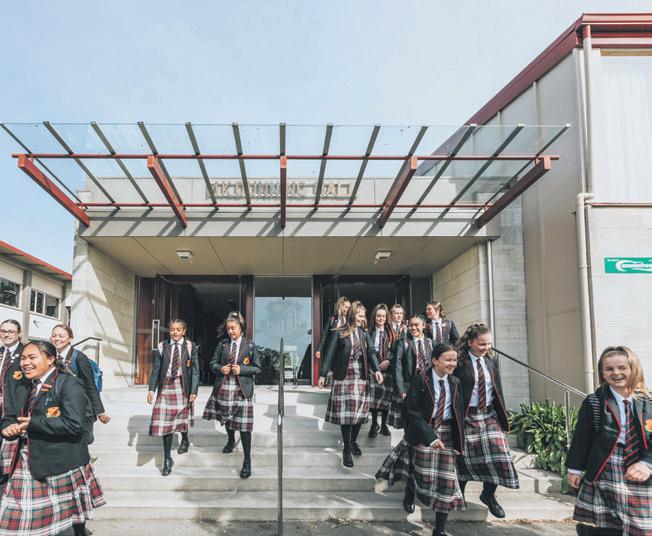

Not only does Garin College consistently deliver academic results above its decile 8 rating. Your child gets all the benefits of attending a smaller Catholic College. This along with outstanding Arts, outdoor education and sports programmes, makes Garin College the smart choice for your child's college education.
Places are filling fast for 2024, don't miss out, enroll now.
Pre-enroll your child for future years to ensure they get a place in boarding.
To enrol or to find out more go to www.garincollege.ac.nz
Contact Garin College on +64 03 5439488 or Email: achieve@garincollege.ac.nz


Telford graduate Alex Field has gone from shy teenager to confident young farmer who knows how to achieve in his career.


Originally from Manawatu, Alex tried a Telford Taster Camp while at high school which informed his decision to train there.

Alex completed Level 3 Certificate in Agriculture and Level 4 Certificate in Farm Management in year one, followed by a Level 5 Diploma in Rural Business in year two. He says the diploma helped him to start thinking outside of the box and look at whole systems instead of single aspects. “ ... it certainly helped me climb the ladder quickly.”
After graduating, Alex started out shepherding and immediately set himself clear career goals; “I had a goal to stock manage at twenty-five, which I achieved by twentyfour. Then I had a goal to be Farm Manager by age thirty. I did that at twenty-six.”
Currently a Farm Manager for Landcorp in Southland, Alex won the Otago Southland final of the 2022 Young Farmer of the Year, going on to achieve fourth overall in the national competition, as well as picking up the Community Footprint Award.

“Don’t be afraid to try something new,” he shares. “My biggest learnings are from when I took a job that I knew nothing about, or was well over my head. If you’re not feeling pushed in your job, you’re not growing.”
Graduate Bayley Coates has a similar story, having come from the North Island to train at Telford after attending a Telford Taster Camp, she’s found her niche in the south.
Bayley completed a New Zealand Certificate in Agriculture, followed by an NZ Diploma in Agriculture in year two. She said Telford programmes provided a broad knowledge base, and she valued the work placements in the practical requirement of the course.
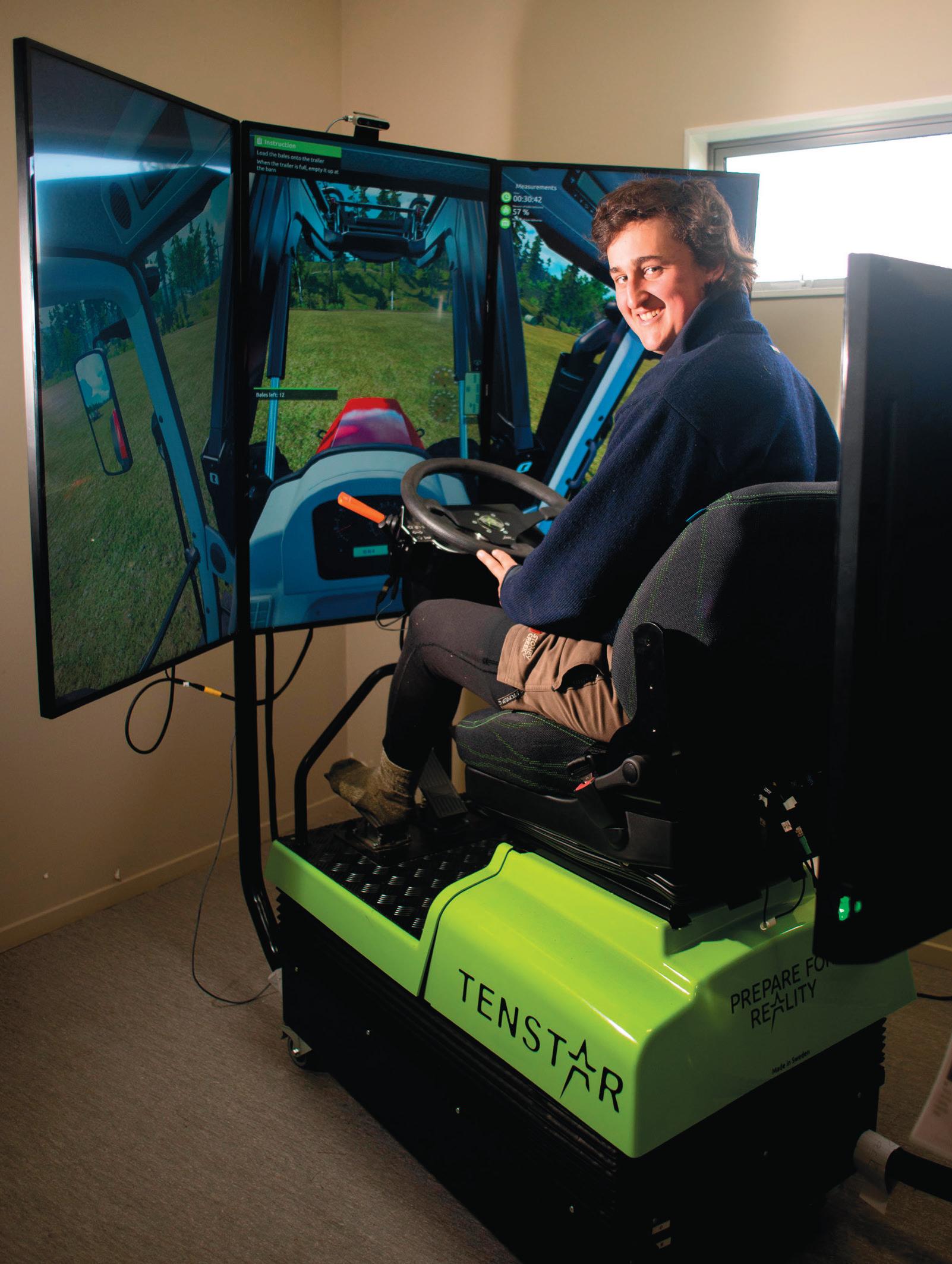
After graduating, Bayley’s first job was Junior Shepherd at Carterhope Estate, where she worked her way up through the ranks to the Stock Manager’s role. Now managing a dry stock property on the Clutha River between Balclutha and Clinton, Bayley says she’s loving her work.
“Completing two years at Telford has been instrumental in me being able to pursue a career in agriculture, as it has given
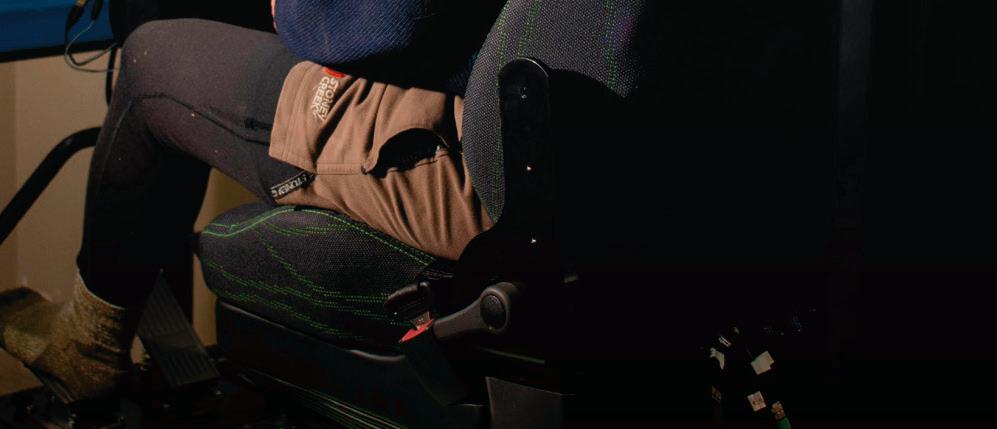
alex Field found the social life at Telford proved to be the greatest reward of his time there, because it saw him develop confidence and maturity. “ ... I came out of my shell and grew as a person, which wouldn’t have happened if I just went and started to work.”
me the practical skills needed for the job, and also the theory skills needed to be able to get into management.”


There’s still time to enrol and train in 2023 – some of Telford’s most popular courses are available under the Zero Fees
Scheme. Phone 0800 835 367, or visit: www.sit.ac.nz/Telford
Telford is a Faculty of Southern Institute of Technology – Business Division of Te Pukenga. The SIT Zero Fees Scheme (ZFS) is subject to NZ government policies.
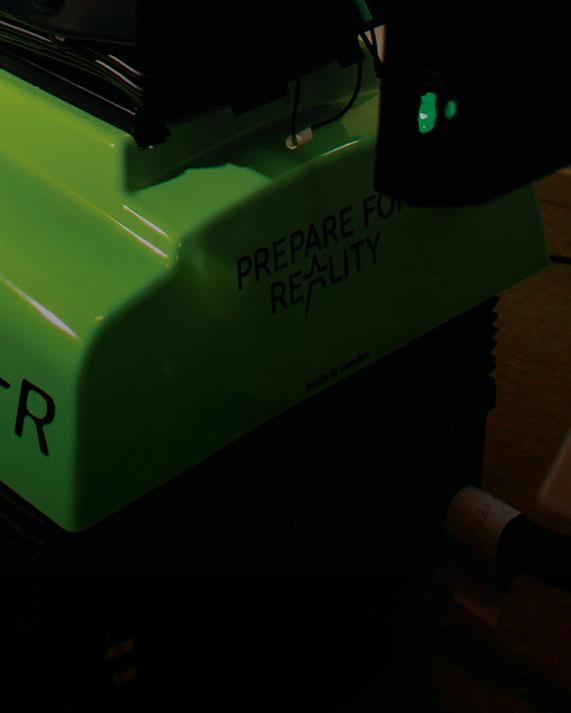
In most pasture based farm systems supplementary feed should only be used to fill feed deficits so that cows maintain energy intake and production.

Article supplied by DairyNZ



There is no advantage to replacing good quality pasture with an alternative feed source or ‘balancing pasture’, therefore, supplements should only be used to provide energy when there is insufficient pasture available.
There is no evidence that supplementing pasture improves mating performance when there is sufficient pasture supply.




If feeding supplements results in high grazing residuals, this is wasted feed and the reductions in future pasture growth and quality should be considered.
When supplements are required in a deficit situation they can help to optimise the area grazed each day, the rotation length, and the pasture residual.
The profitability of feeding supplements varies depending on the situation:
• The cost of the supplement.
• Wastage in storage and method of feeding out.
• The associated costs of supplementthese costs associated with feeding supplement can be 50% more than the cost of purchasing the feed, associated costs include capital, fuel/energy, labour, repairs and maintenance and depreciation.

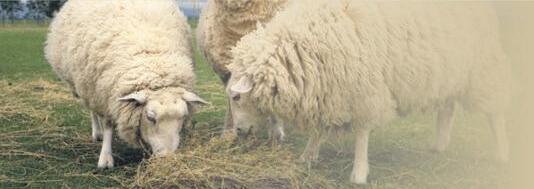
• The degree of pasture substitution, which governs the response rate to supplement.
Supplement is more likely to be profitable where post grazing residuals are consistently under 1500kgDM/ha (7-8 clicks on RPM) without the supplement and do not exceed 1,500kgDM/ha with supplement.

If feeding supplements results in high grazing residuals, this represents wasted feed. It will reduce the immediate profitability of feeding and have ongoing effects through reductions in future pasture growth and quality which must be considered.
Feeding supplement in autumn to milking cows is of limited use for achieving calving body condition score (BCS) targets unless cows were to lose BCS if not supplemented (for example insufficient pasture).
Cows selected for high milk production preferentially partition nutrients to milk production and not BCS gain.
The fastest way to achieve BCS gains is to dry cows off. The timing of dry off depends on your system, BCS gain required and length of the dry period.
If infrastructure exists to achieve high supplement utilisation when feeding dry cows during the winter, this can be a strategy to maximise lactation length while achieving
BCS targets. The viability of this strategy depends on supplement cost (incl. associated cost), BCS gain required and time available for BCS gain.
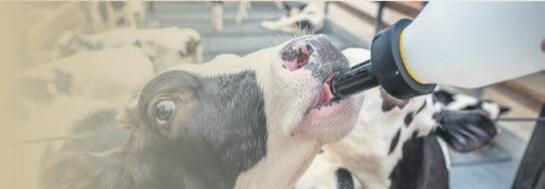
How can you reduce your reliance on imported feed?







With the air of uncertainty around imported feeds in both the short and long term, now is a good time to explore alternatives. And you don’t have to look far. Planting an extra paddock in maize at home, or ordering more maize silage in, may be all that’s needed. Maize silage is the ideal supplement to pasture. The cows love the stuff, it helps you maintain high production and milk quality when your feed levels dip (and will keep for years if they don’t). To find out about adding more maize to your farm system, contact your local Pioneer representative, call 0800 PIONEER or visit pioneer.co.nz/maize-silage


Hybrid selection is important for maize silage growers and users alike as it will have a huge impact on silage yield, quality, cost per kilogram of drymatter, crop return per hectare and dairy farm profitability.
When selecting a maize silage hybrid farmers should consider the following factors:
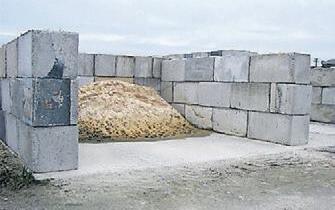
Hybrid maturity and agronomic traits
Begin by identifying a group of hybrids which have the correct maturity and high ratings for the agronomic and disease resistance traits that are important in your area. This will help ensure stable yields from one season to the next. In making the call on hybrid maturity remember to consider the planting date needs of the following grass crop.
Seed quality
Maize hybrids may vary genetically in their ability to germinate and grow rapidly in our cool, wet spring soils. It should, however, be noted that differences in seed germination and vigour are also influenced by seed harvest timing, handling, drying, conditioned storage and seed treatment.
Genetic impurity or off-type plants within a hybrid may also cause yield loss. Growers can plant Pioneer® brand maize hybrids with the assurance that their seed has been produced in Gisborne to the highest international standards within Pioneer for genetic purity and germination.
Total drymatter yield



From those hybrids that meet your maturity and agronomic requirements, select 3 or 4 hybrids that are expected to give you the highest total drymatter yield. Hybrid selection decisions should be based upon maize silage summary data.
Side-by-side comparisons conducted over several seasons at 20 or more locations, in your growing region will give an excellent prediction of future performance.
Maize silage hybrids differ in a range of nutritional characteristics including starch, whole

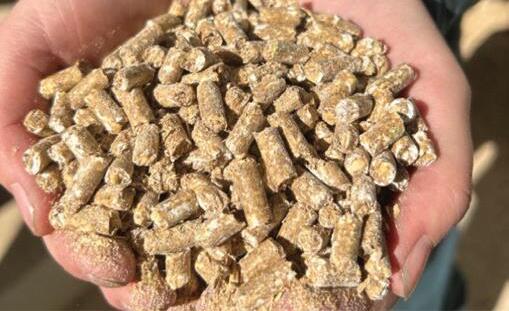

plant digestibility and ME (Metabolisable Energy). Silage quality characteristics should only be compared between hybrids that have similar maturity, agronomic characteristics and side-by-side yield performance.
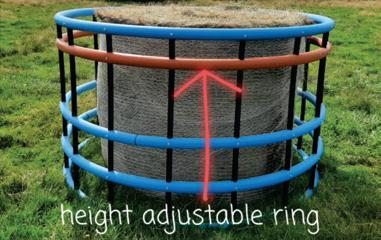
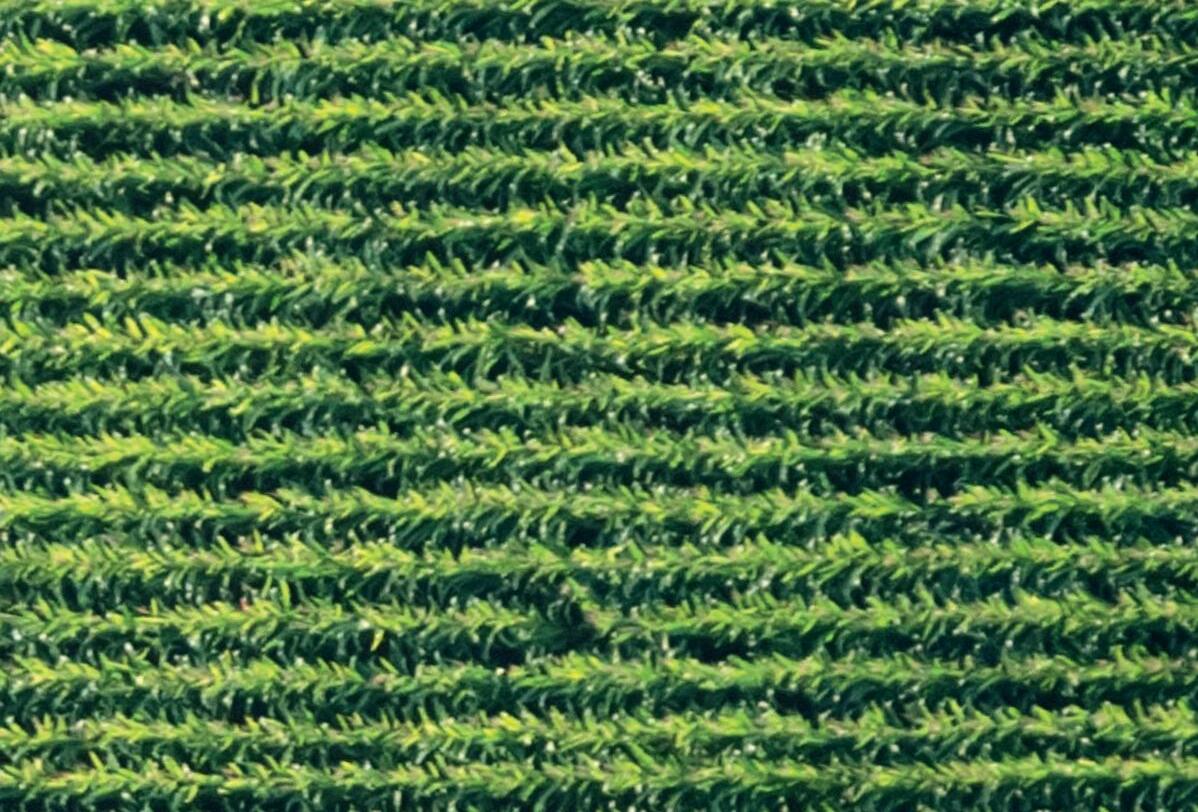
From a nutritional standpoint, the best silage hybrids will have high energy and digestibility ratings. The trait table on page 35 presents starch and soluble sugars and whole plant digestibility ratings based upon the annual analysis of over 2,500 samples in our New Zealand silage hybrid evaluation programme.
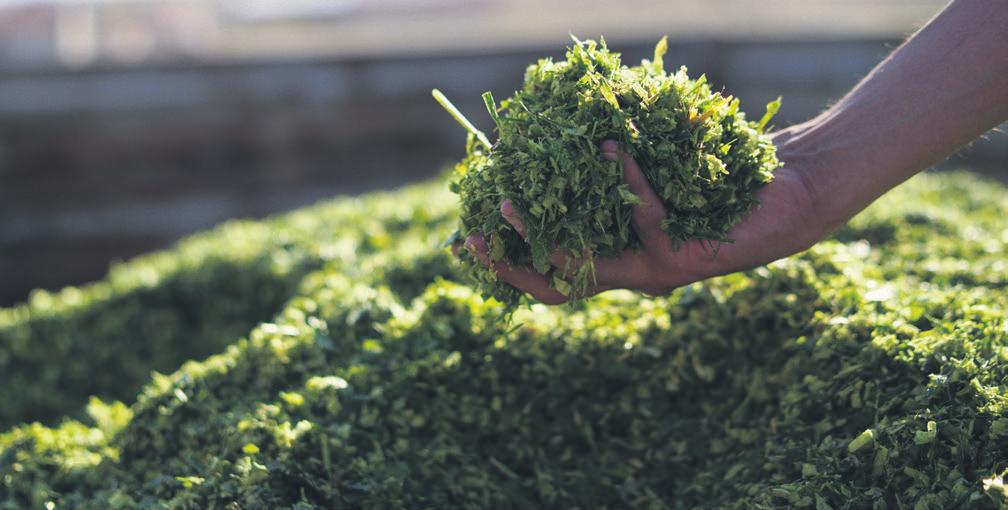
Attention to planting date, plant population, fertility and weed control will set your crop up for the delivery of optimum yields. The final step for silage growers is harvest timing.
• Ideal harvest time is when your crop is between 33-38% drymatter, though harvesting as low as 30% drymatter is not uncommon.
• As silage harvest time approaches, yield accumulation slows. From the graph on the following page if your maximum yield is 20 tDM/ha harvesting at 33% vs 35% drymatter will only impact yield by 100 kgDM/ha.
• It should be noted if the crop has been drought stressed the drymatter percentage may not be consistent with the milk line progression.

• In addition, crops that are shorter than normal with relatively large ears may have higher than expected drymatter.



• If a season is very conducive for high grain filling (high radiation levels and abundant moisture) drymatters of more than 38% are not uncommon. Provided the plants are still green, compaction will not be a problem and quality may be enhanced due to higher grain content.

For more on Pioneer Hi-Bred International go to: www.pioneer.co.nz


Fodder beet has become a very valuable, high yielding, forage crop –not only for winter feed, but also as a late summer and autumn feed option on farms throughout New Zealand.

With the high value of land and the new environmental rules around winter grazing practices, it is very hard to go past fodder beet for yield potential per hectare.
It is a crop that requires attention to detail from sowing through to grazing, but if done well, using good products and good advice the cost of production can be very low.
Fodder beet seed marketed by Cropmark Seeds has gone through a strict quality control programme to ensure only the highest quality seed is supplied. Purity and germination is managed extremely carefully with all the required tests completed.
The seed has also been pre-screened to minimize the incidence of ‘genetic’ bolters which can cause a problem in following crops for years, if not removed.


The performance of the varieties has been well proven in New Zealand over recent years. The range includes dual purpose, medium and medium to high dry matter varieties which can be grazed or lifted, straight lifting varieties, and varieties with strong disease tolerance.

Cropmark’s National Sales Manager Callum
Davidson points to the company’s Geronimo fodder beet.
“Geronimo has been a stand-out performer in the field, and its performance has been well proven on farms around the country over recent years,” he said.

“Geronimo is classed as a medium dry matter variety with around 15% to 17% dry matter content and has a yellow – orange tankard shaped bulb which sits approximately 45 percent above the ground.

“Geronimo can be grazed in-situ, or it can be lifted and fed whole or chopped, has excellent bolting resistance and has very good tolerance to the diseases rhizomania, ramularia and some forms of mildew.”
Using European seed treatment technologies, Geronimo is available with two different seed treatment options, standard fungicide pelleted and for areas where insects and disease are more prevalent there is the Poncho beta pelleted option.


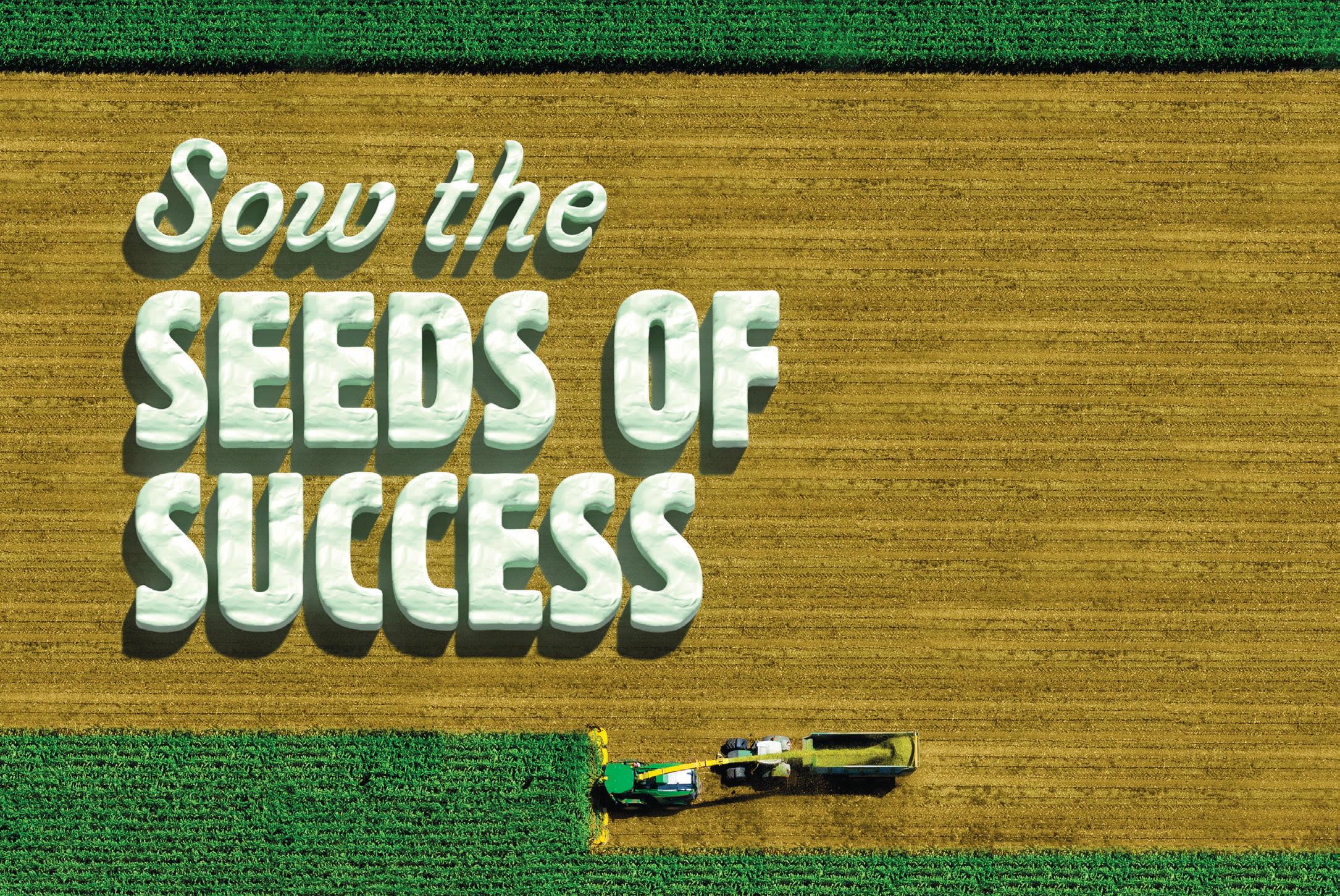
All seed is available in 50,000 seed boxes.
For more information on Geronimo, contact Stephen Finch, Specialty Seeds Ltd on 027 435 4055.

Beef + Lamb New Zealand is calling for the staged implementation of an agricultural emissions framework, starting with the establishment of a robust emissions measuring and reporting system, with a price on emissions not introduced until outstanding issues are resolved.
B+LNZ Board Chair Kate Acland said the Board has listened to what farmers have said at the organisation’s recent annual meeting last month and over the past few weeks.

She said farmers acknowledge they have a part to play in addressing climate change and that expectations around addressing agricultural emissions will only increase.
“The fact that 95% of commercial sheep and beef farmers have calculated their indicative GHG numbers through various calculators shows farmers are taking the issue seriously.



“At our recent annual meeting, farmers were at pains to point out they were not saying they should do nothing but were concerned about the how and the when,” Acland said.
“They have significant concerns about the system and processes and are worried that if we go too fast we risk putting farmers’ viability at risk, when progress is being made on reducing emissions already as shown by this year’s emissions figures.
“We know our farmers aren’t anti change – but if change is going to be driven by regulation, it needs to be the right changes, for the
right reasons, at the right pace.”
Acland said farmers concerns relate to the disproportionate impact on the sheep and beef sector and its ongoing viability, the need to develop a robust and practical on-farm system for calculating emissions and fairly recognising the carbon-sequestering vegetation on our farms, the availability of mitigation options, and also the potential for emissions leakage overseas.
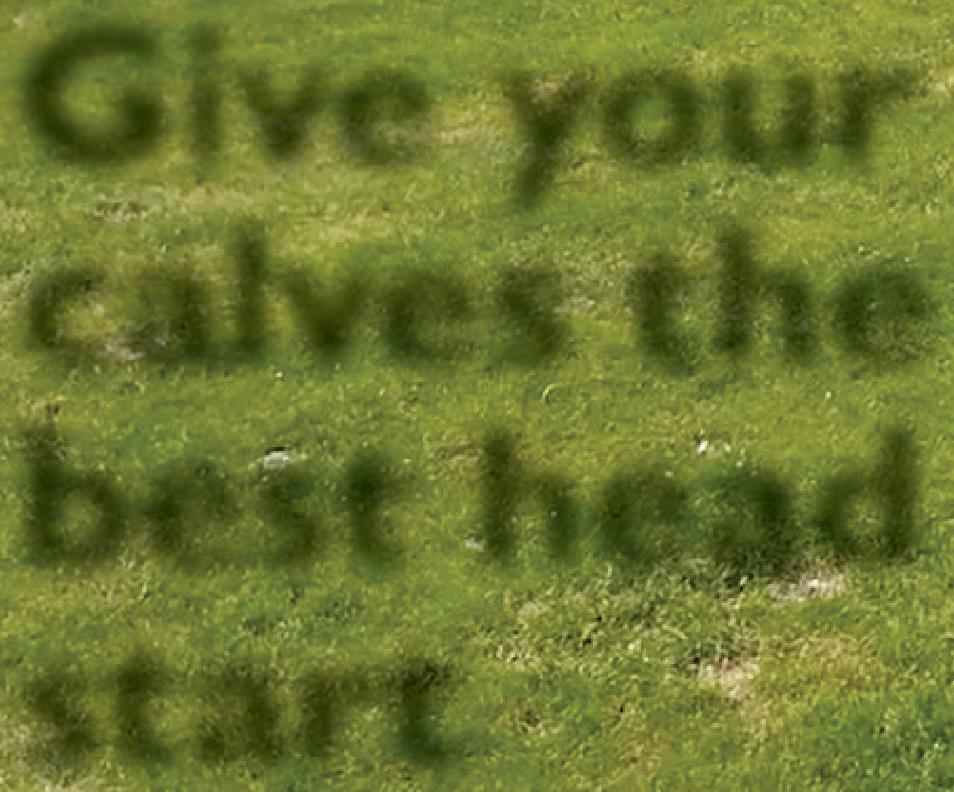
“Given the time we have to resolve these concerns and then stand-up a system, it has become apparent that is not appropriate to price agricultural emissions from the outset.
“However, we do need to establish a credible, robust centralised measurement system trusted by farmers and other stakeholders. Issues around addressing emissions will not go away and it’s important that we stand up a farm-level reporting system as consumers will increasingly want to know this information.
“B+LNZ is not deviating from the principles of a farm-level approach and keeping agriculture out of the ETS, as was proposed by the He Waka Eke Noa partnership.”
She said B+LNZ also remain committed to the He Waka Eke Noa partnership approach,

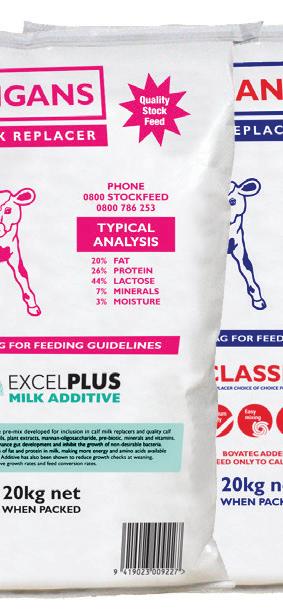



Expectations: B+LNZ Board
Chair Kate acland says farmers acknowledge they have a part to play in addressing climate change and that expectations around addressing agricultural emissions will only increase.
we will be holding a series of informal farmer meetings to listen more to concerns and test these positions.
“But we need to take the time to get this right because the future of our sector relies on it.
“We need time to have deeper conversations with our farmers about this and test this position by talking to them directly. Our farmers have a track record of innovating in the face of change and we need their input to make things work. Over the coming months
“Farmers understand consumers are increasingly asking questions about emissions. With Scope 3 emissions reporting (where activities are tracked across the entire value chain) becoming widely demanded internationally, there are potential opportunities in having credible numbers around this.
“A measurement and reporting system should meet this need to ensure farmers don’t have to duplicate activities,” Acland said.


But while the history of the Farmall is a primary focus this year, Case IH is also highlighting the ongoing evolution of the smallest tractor in the range to meet the demands of customers seeking increasing productivity and efficiency for their businesses.
This includes introducing new models to the Farmall range to suit the Australian and New Zealand markets.
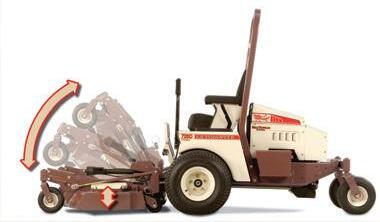

Late last year, Case IH Australia/New Zealand launched the Farmall JXM 55 and 65hp models, increasing the local JXM range to four tractor options.
Seamus McCarthy, Case IH Australia/New Zealand Product Manager for Mid Horsepower & Compact Tractors, said the decision to bring the JXM Series to Australia and New Zealand in 2018 was based on the needs of the hobby farmer and leisure market, and the latest lower horsepower additions would only increase the range’s appeal.
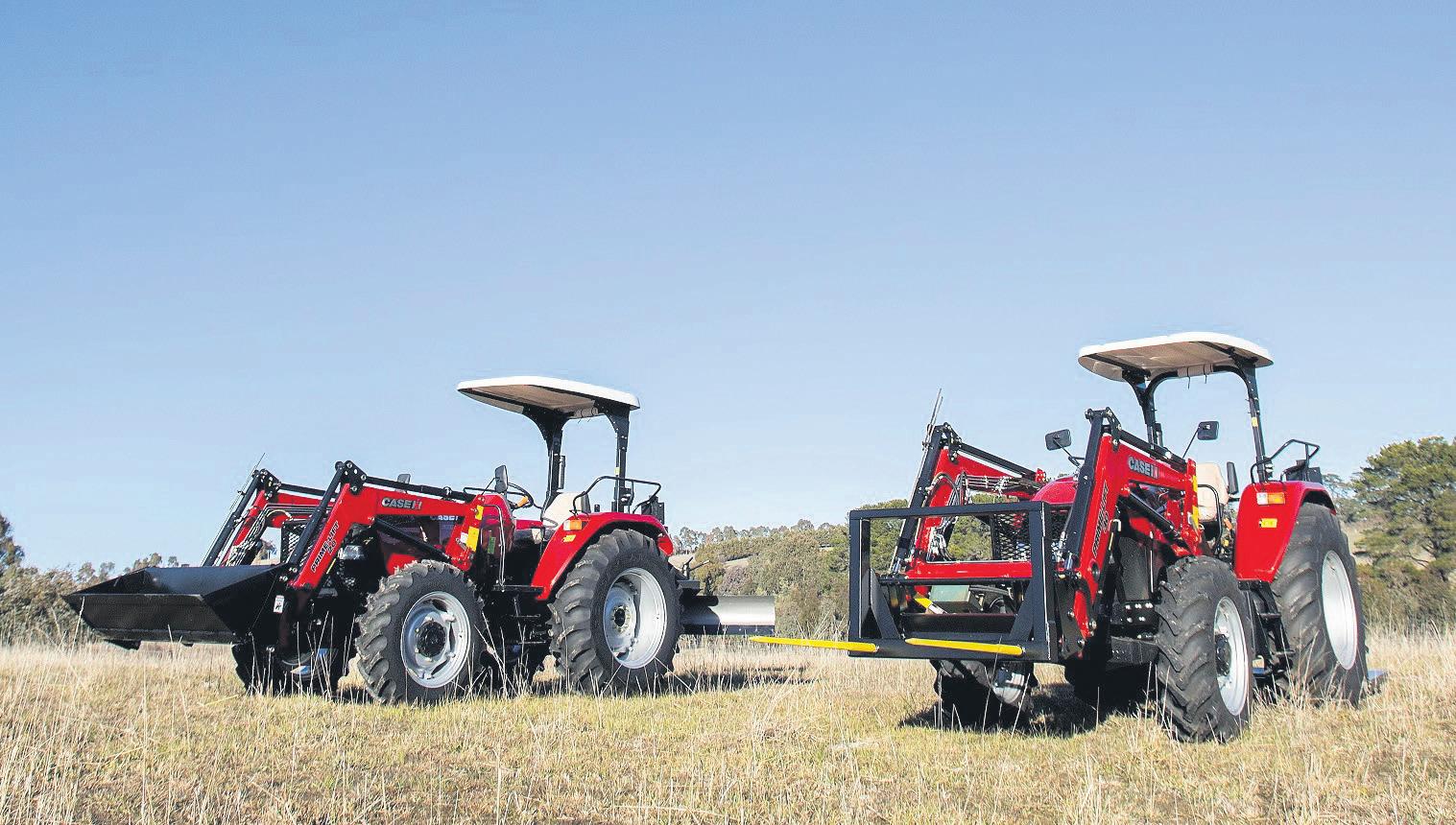
“The Farmall JXM has the power and performance Farmall owners have come to expect, but in a very cost-effective package. With the addition of the 55hp and 65hp JXMs, the options are now even greater for those in the market for a low hp utility tractor to meet the needs of farmers with smaller landholdings, and looking for a reliable, robust machine at a very competitive price point,” Seamus said.
“Since we introduced the JXM Series to
our Australia/New Zealand range, it’s been very popular so we’ve listened to our customers and provided more choice within this segment.
“There is a demand for low hp models with a bigger frame and more weight and the 55hp and 65hp JXM’s will fit this market perfectly.”
Seamus said the JXMs were well suited to a range of farming businesses, whether it be as the hard-working utility tractor in a bigger operation, or the go-to machine in a

smaller farm business.
The Farmall is also the focus of some attractive finance deals in the run-up to the end-of-financial year, with great offers available across the entire model range including the Farmall JXM, B, JX, C, JX and U Series. Customers who buy before June 30 can access an additional 12 months’ warranty, bringing the total warranty coverage to a full three years or 3000 hours; and interest rates starting at a low 0.9%.
Seamus said the Farmall JXM stood apart
• 60mm CRMO4v-steel shafts with rubber suspended bearings
• Hydraulic cracker board with parallelogram eliminates lumping in fields.

• Hydraulic weight distribution system provides 100% even compaction of soil.
• Comes in working widths from 5.3m-12.3m
Versatile: The Farmall JXM series tractors are well suited to a range of farming businesses, whether it be as the hard-working utility tractor in a bigger operation, or the go-to machine in a smaller farm business.
from the other Farmall series because it offered value and productivity benefits across broad applications, but with a more basic operator interface.
“Our JXM Series is defined by the fact it’s a tractor up to a multitude of jobs in a variety of operations, which it carries out with maximum efficiency and a minimum of fuss,” he said.
For more information relating to Case IH’s end-of-financial deal offers, contact your local Case IH dealership.
The high capacity Rollomaximum is a precise seed bed cultivator with built-in front and rear rollers. The combination of rollers and cultivator tines regularly achieves a seed bed in a single pass with the change to and from transport is done hydraulically from a stationary position roller.
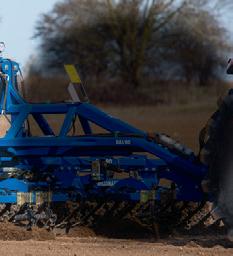

Comes in working widths from 6.2m – 12.4m.

Beef + Lamb New Zealand (B+LNZ) held its Annual Meeting in New Plymouth at the end of March and I was encouraged to see farmers taking the opportunity to air their concerns about agricultural emissions pricing and provide feedback on other matters.
They made it very clear that they were willing to play their part in addressing climate change but were concerned about the disproportionate impact on the sheep and beef sector and the threat to its viability.
B+LNZ is now calling for a staged implementation of He Waka Eke Noa, an emissions framework, starting with the establishment of robust emissions measuring and reporting systems.
This includes the development of a practical on-farm system for calculating emissions and recognising the carbon that is being sequestered on sheep and beef farms throughout the country.
Farmers also need to have the tools available to mitigate their greenhouse gas emissions before any pricing scheme comes into effect.
We don’t believe a price on emissions should be introduced until outstanding issues are resolved and farmers can work with a farm level reporting system that meets the requirements of both our farmers and our consumers.

Due to afforestation, land use change and other existing policies, we can see our emissions and warming impact reducing to meet our targets. This highlights that pricing is not
the only driver to reduce emissions.
Irrespective of regulations, our farmers are continually striving to increase the efficiency and productivity of their farm systems.

Emissions per kilogram of product make New Zealand farmers amongst the most efficient red meat producers in the world and this needs to be recognised.
New Zealand is the first country in the world to look to put a price on agricultural emissions. It’s therefore critical we take a cautious approach and don’t risk driving some of the world’s most efficient farmers off the land.
In March, B+LNZ, in conjunction with the rural advocacy group 50 Shades of Green,

launched the Kiwi Backing Farmers campaign.
The purpose of this campaign is to highlight the sheer volume of policies and proposals that threaten the future of our sector and rural communities.
These include the conversion of whole productive sheep and beef farms into carbon farms, impractical freshwater reforms, excessive methane targets and heavy-handed measures that disincentivise biodiversity protection.
The campaign is calling for New Zealanders to show their support for sheep and beef farmers by emailing their views directly to Government.

We need the Government to pause some of its policy programmes and focus on getting the policies right before pressing on. Areas such as such as biodiversity and RMA reform are critical for future generations, but this Government is rushing consultation and not engaging properly with the people on the ground who are expected to implement the policies.

We need New Zealanders to stand up, back the world’s best sheep and beef farmers and ensure our sector gets sensible and workable policies.
I encourage everyone to go to the Kiwis Backing Framers website and make a submission. We need to make our voices heard.
‘We need New Zealanders to stand up, back the world’s best sheep and beef farmers and ensure our sector gets sensible and workable policies.




Underlying the apparent weakness in April sales prices is the lack of consumption in the construction sector in China.


Last year was a Covid ridden anomaly impacting commodity trade including most certainly wood fibre. This year, as we move in to the Northern Hemisphere summer, we were hoping for a tick up in daily consumption with a return to some semblance of normality.

Current usage levels are at about 56,000 cubic metres per day, compared to normal trading year exceeding 85,000 for this time of year. This speaks volumes about buyer confidence with little positivity prevailing. Erstwhile, inventory is building to back over 4.1million cubic metres, effectively three months log supply.
In January and February, leading NZ exporters were continuing to push log prices higher despite the fundamentals displaying high level caution. The history repeating bit includes buyers folding their arms when they could see log prices well exceeded trading margins.
The net consequence has been some shipments from late March heading to China, with contracts but no LC’s, a couple with no contracts and no LC’s. The markets call’s these distressed vessels.
Cell phone technology ensured everyone
in the market knew there were distressed vessels on the horizon ex NZ in a very short time frame – less than a week. The net result is China buyers closed the negotiating door firmly, and are now waiting it out to see where the bottom is.
The additional weakness as at mid-April lies in the China domestic scene. Lumber prices are holding flat with older stock and unpopular sizes being heavily discounted. Some optimistic commentary has suggested domestic prices will swing when consumption picks up. The pessimists are saying, do not hold your breath.

On a more positive side, for Kiwi Forest Owners, shipping costs are starting to weaken. Some have suggested US$10+ per cubic metre reductions are already on the table.
With May fixture rates very low, and highlevel uncertainty as to what will happen next, as most realise NZ forest harvest will be im-
pacted significantly and the need for vessel therefore also significantly reduced.







The net impact of April sales in NZ at wharf gate terms has seen prices dropping NZ10$20 per cubic metre across NZ. The variation is largely a function of shipping cost.
This has come off the back of a price spike so April price levels have still been pretty good. But May could be a cot case unless consumption picks up quickly in China and shipping rates don’t continue to fall.
This yet again crisis point in the market highlights three things for me:
Why the heck (once again), were NZ sales teams pushing CFR prices up when in Jan/ Feb/Mar there were clear signals, including poor consumption levels, China could not sustain those increases.
I see the need for ‘NZ Forestry Inc’ to get in a collaborative room and find solutions to our history repeating marketing follies.
Finding alternatives to our total dependence on China as a log export destination is an absolute must.

No significant changes to report in the NZ domestic scene this month. Sales remain weak but are by no means a cot case. Framing grade lumber is generally in an over-supply situation with sawmills focussing on this segment competing aggressively for volume and price.
The prevailing wailing and gnashing of teeth I get from NZ Sawmill owners is the cost of doing business and the associated regulatory framework which many vociferously describe is out of control.





Interestingly, some bleaters have suggested we need more sawmills to process our trees. We don’t actually, but that is another story. If you wanted to start a new sawmill in NZ consenting costs alone could be north of $1mil.
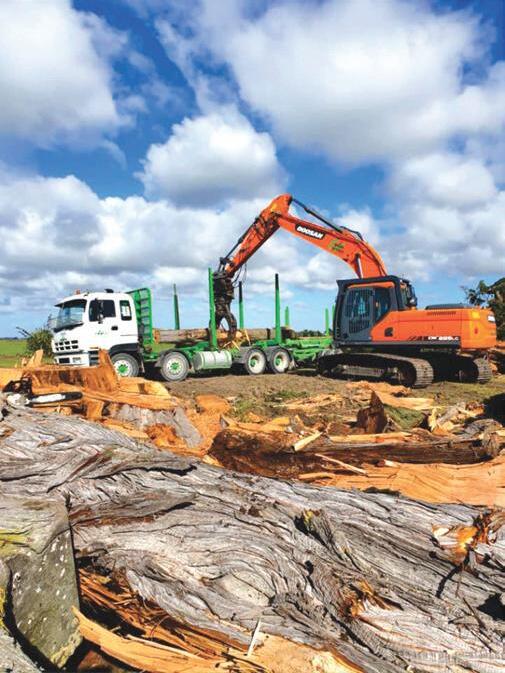
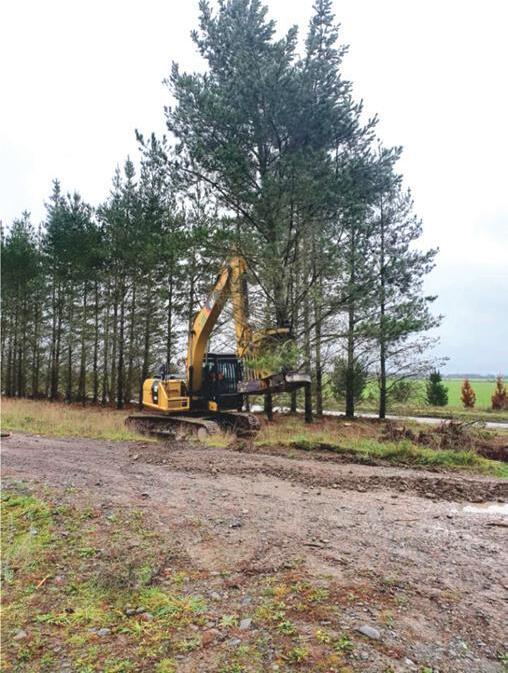



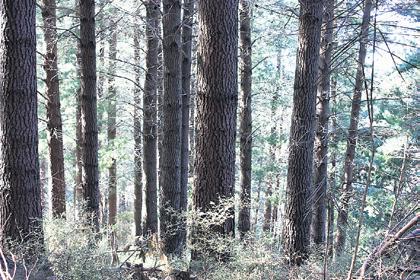
With that money in China you could have 5+ sawmills running producing 300+ cubic metres sawn lumber per day (a largish sawmill in NZ), with the government supplying the land and zero consenting costs.
Now people you know why we will not be seeing any new sawmills in NZ any time soon.
As always, please remember, “it remains, as always, fundamentally important, the only way forward for climate, country and the planet, is to get out there and plant more trees”.
Planting a tree seedling is easy – just dig a hole, place the roots in the hole and cover with soil.
]Article supplied by NZFFA
Successful establishment of tree seedlings so that they are still alive and growing vigorously a few years later and grow on to become mature trees, however, requires a lot more attention to detail.
Good forward planning pays dividends, so always plan just what you need to do well in advance of actual planting.
Key factors for success are:

Make sure the species chosen is suitable for the site.
Use good quality tree stock.
Take great care in the handling, transport and storage of seedlings.
Ensure the planting site is well prepared, where possible by deep cultivation with a winged ripper, and perhaps pre-plant spraying with a weedicide.
Plant seedlings as recommended in this leaflet.
Prevent weeds from competing with the seedlings for at least a year after planting.
Protect seedlings from browsing by stock and wild animals.
Bare-rooted stock are preferred to con-


tainer stock for large-scale planting because they are usually much cheaper to produce, more seedlings can be carried when planting away from roads and it is difficult to produce container stock large enough and sufficiently well-conditioned to establish well on harder sites.

However, some species, particularly many of the eucalypts, perform much better when container grown.
Under ideal planting conditions, small seedlings transplant better than larger ones, with less interruption to their growth.
In practice, a minimum size is required because the seedling must contain sufficient food reserves not only to survive until planted, but also to make new root and shoot growth after planting. Root collar diameter is the best indicator of food reserves.

The stem must be sufficiently hardened to withstand handling and storage without damage, resist disease and insect attack, and tolerate harsh weather conditions after planting.
The seedling must be large enough to be planted deeply in uneven ground without be-
ing buried, and to be able to cope with any likely weed growth.
The future root system of the tree is largely determined by the way the roots are positioned at the time of planting.
The commonest faults in planting are: not planting deep enough. Such trees are much more prone to topple in strong winds and to suffer moisture stress under dry conditions. not creating a planting hole big enough to
accommodate the root system without distortion. Roots bent horizontally around the lower stem will later strangle the main stem, resulting in wind throw. If the nurseryman has not trimmed the roots sufficiently, use a sharp pair of shears and trim the roots in a cool shady place before going out to plant. dragging the roots into a planting slot so that they all point in the same direction, resulting in unstable trees with ‘hockey stick’ root systems.
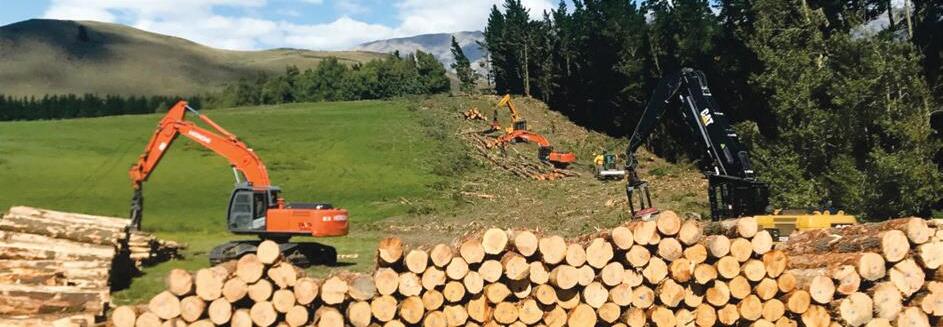

The Forest Management Group has its origins in the Canterbury region with the formation of Forest Management Ltd in 1993. Since then both Tasman Forest Management and Forest Management North Island have been added to the group.
Historically harvesting has been the foundation of the business, with our annual production exceeding 1,000,000m3 across the group.
However, this now only accounts for approximately 50% of revenue with planting and silviculture, ETS advice and consulting and port operations making up the balance. In fact once the 2023 establishment programme has been completed FML will have planted over 5000ha of new land in the Canterbury region in the last three years.
The vast majority of this work has been done for farmers looking to complement their farm earnings with forestry.
The revenue now gained from the ETS and burgeoning bio fuel business is now changing the way we view forest products. This entry into the energy game with the sale of NZUs and gigajoules of energy would be a foreign concept to those trying to sell logs some years ago.
Our industry has taken a hiding in the media since cyclone Gabrielle and this has
been reflected with a very negative public perception.
Analysis by the Hawkes Bay Regional Council found that less than 7% of the woody debris on the beaches actually came from harvest slash (the vast bulk was from river protection works, native forest and pine forest).
The reality is that forests in this region have done an amazing job at mitigating what was a catastrophic weather event and the major clean-up facing the Bay is the disposal of over 5,000,000m3 of silt.
The mainstream media would not let these facts get in the way of a good story, and negative press always sells better.
In contrast Canterbury landowners have always known the benefi ts trees have provided for their landscapes, with the benefi ts of shelter, soil stability and the revenue gained from harvest adding value to farms.
Canterbury may not have the fastest growth rates, but the above factors combined with easy topography and a fantastic domestic processing industry make the region a great place to own trees.
Callum aims to run his own forest contracting crew one day.
But the 18-year old’s immediate goal is to finish getting his tickets to operate the huge harvesting machinery, which is routine nowadays in a modern plantation forest.
Harvest mechanisation has rapidly increased during the past decade, making the work much safer for Callum and his mates.
There are harvesting machines with cabs to replace chainsaws and ‘skidder’ vehicles to haul the logs.
Callum got his job at Roxburgh Contracting, through the Year-13 Gateway Programme at South Otago High School.
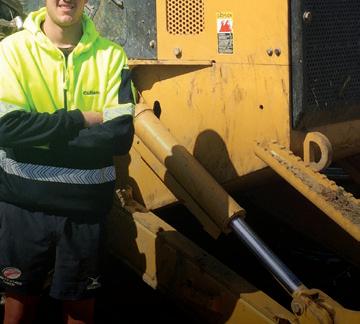

Now he’s set to be a forester for life.
www.woodourlowcarbonfuture.nz
With 25 years experience in the industry, the Forest Management Team offer services in:
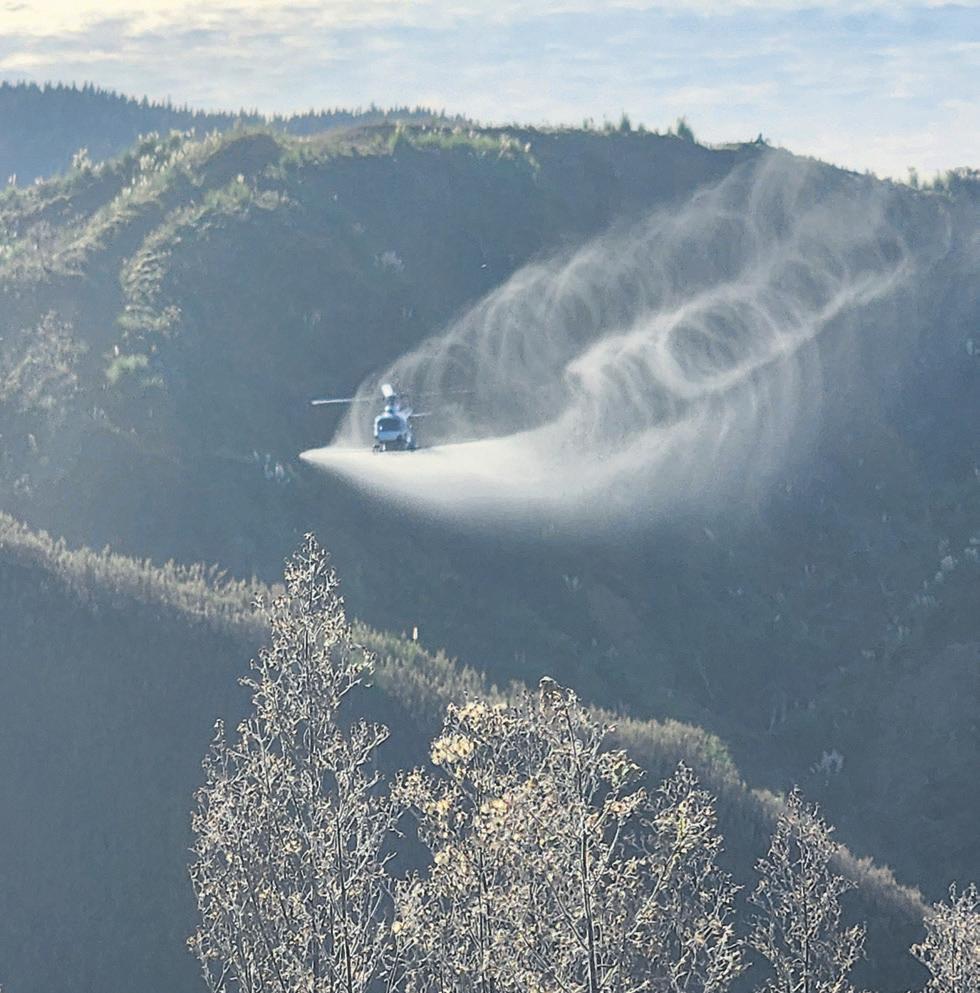


• Woodlot and shelterbelt harvesting


• Timber sales to domestic and export markets

• Forest establishment of harvested and greenfield sites
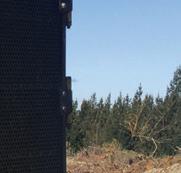
• Forest valuation


• Emission Trading Scheme advice and management
• Trainer/Assessor in NZQA forestry related units
Our highly experienced teams aim to ensure value optimisation in all aspects of forest management. To find out more call us on 03 343 4101 or visit www.forestmanagement.co.nz

Rolling to steep sheep and beef unit at Ballance. We first applied at Functional Fertiliser mix in 2010 and have applied to 85ha every year since.
We have enjoyed outstanding animal health with both sheep and beef animals regularly achieving top prices at the local sales yards. Independent analysis showed our soil quality to be second to none.
– GRAEME AND JUDY OLSEN
Functional Fertiliser applications over four years have transformed our rotationally grazed pastures into a highly productive summer dominant clover sward.
The “fertiliser’ soft carbon combination brought our soil and pasture to life with amazing alacrity.

Our spring pasture growth supported a stocking capacity of 40 su/ha with the pastures still requiring topping. The Functional Fertiliser wrap around support service has been exceptionally helpful.
– LINDSAY

This stuff is amazing. I have clover coming up where there was none before, thanks!
– LANCE UNSWORTH
We have a small organically registered farm near Otaki specialising in cattle finishing. In the 8 years since applying Functional Fertiliser no nitrogen has been applied and the changes have been exceptional with very strong clover growth providing all the nitrogen required. It took a little time to kick in however our animal health has been exceptional with no lice or worms and very few vet bills resulting in a low cost easy to manage and profitable operation. The property is at least carbon neutral, and the pastures largely look after themselves. The stock agent says we fatten cattle quicker than others with two year old carcass weights of 280 – 300kg with the meat having exceptional flavour.
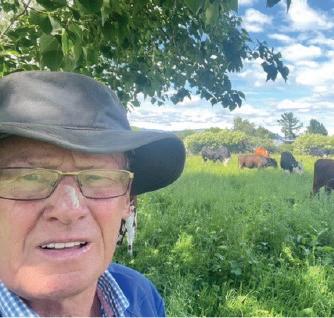
Our costs are 30% less, with 30% less labour required. We run fewer animals with a 30% increase in overall profitability. It’s an easy-to-follow system that is equally successful on both large and small operations. Functional Fertiliser really works. It sweetens the soil creating the ideal environment for mycorrhizal fungi and beneficial microbes resulting in strong growth throughout the year.
 – STUART PRITCHARD
– STUART PRITCHARD

Recently, a major end-user in the UK specified that they would now prefer to buy products from New Zealand that were grown or raised on reduced nitrogen and phosphate land. We believe this is a start of a new trend that will be here to stay.
WE HAVE THE ANSWER TO MAINTAIN HIGH PASTURAL YIELD WITHOUT FERTILISER NITROGEN
For most parts of Canterbury this hasn’t been an issue for the past two irrigation seasons, but we know well from past drought years that it will be a challenge we’ll face again in future.
Climate change projections show the challenge becoming even greater due to increasing water demand, lower river flows in summer months and increasing month-tomonth variability.
Strategic water studies over the past 20 years consistently show that water storage is a key strategy to address this water supply reliability problem. Improvements in irrigation efficiency, alone, will not solve it.
One of the Government’s goals is to move to higher value land uses that deliver greater export revenue per hectare and per cubic metre of water used (see MPI’s publication ‘Fit for a Better World’). The sting in the tail of increasing revenue per cubic meter of water used is that the financial loss from water supply shortages increases.
Delivering highly reliable water (e.g. 98%) to the primary sector is a critical enabler of moves to higher value land uses – storage is the key. On the flip side, maintaining (or reducing) current levels of water supply reliability tends to lock in current land uses.
However, water storage of the scale required is not without controversy. There is a lot of public and political debate about whether New Zealand should build storage to adapt to future climate.
The changing regulatory landscape is likely to be a major factor in reducing the primary sector’s access to water, increasing the storage volume needed and the difficulty of securing consents and development finance.
Ideal storage sites that are acceptable from all perspectives are challenging to find!
In addition to providing secure water supplies for agriculture and horticulture,












water storage developments must focus on delivering multiple long-term benefits to communities and the environment.
This must include making provision for environmental flow improvements and community drinking water supplies and may include recreational amenities and flood mitigation.
Given these challenges, designers of storage-based water supply schemes in New Zealand need to take a whole-of-system, strategic approach to their work to ensure that their solutions can deliver long-term farm, community, cultural and environmental benefits.
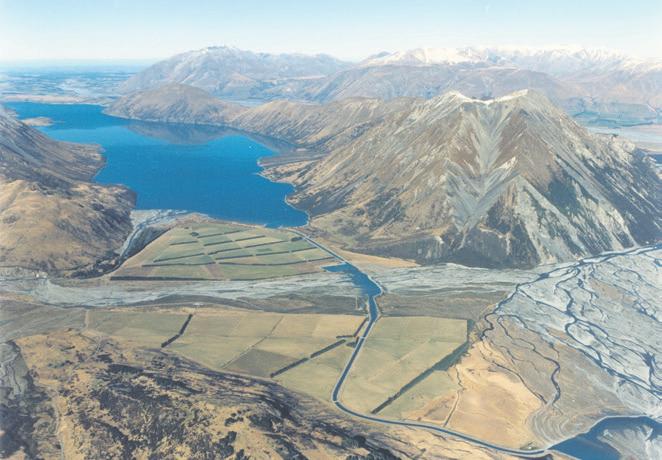
This approach involves understanding local and central government regulations, working through the best available science to find practical options for meeting multiple objectives, and analysing the consequences of foreshadowed changes in regulation and projected changes in climate.
Taking this “big-picture” approach to a project maximises the chances of it proceeding past the design stage. In our opinion, several projects have failed because too much time and money have been spent too soon
on detailed dam engineering, without having the fundamental aspects of water supply and demand properly nailed down.


Granted, getting the dam design and engineering right is extremely important, but getting the design of the broader water resource system right first will mean that the storage design can be optimised: perhaps the volume of storage required isn’t as big as originally assumed.
Store it: Water storage is a key strategy to address water supply reliability problem as improvements in irrigation efficiency, alone, will not solve it.


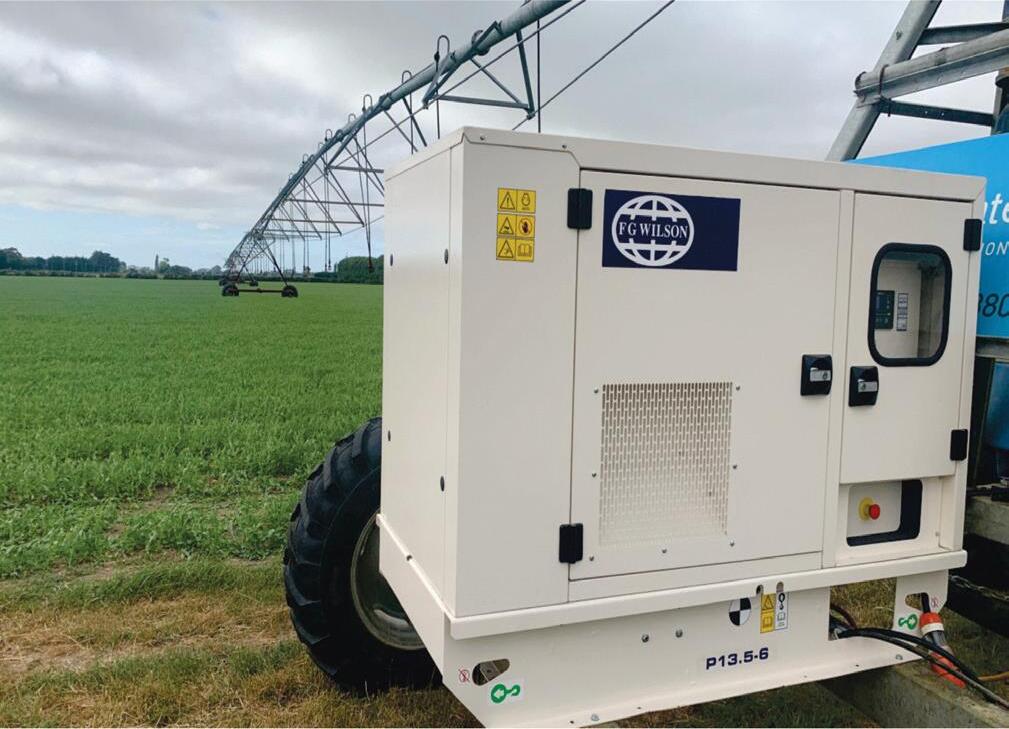
Water infrastructure projects take a long time to progress from conceptual design to first water delivery – 20 years would not be unusual.
If one started now, water supply may not commence until the 2040s. Climate change projections indicate that we’ll be experiencing severe droughts more frequently by then. It’s time to take decisive action and get this adaptation journey underway.
Despite the unseasonal weather, we really enjoyed our time at South Island Agricultural Field days, with many interesting conversations had. Our compliments go to the organisers for yet another great event.

A common topic around soil moisture monitoring was whether a quality vertical TDR (Time Domain Reflectometry) soil moisture probe (such as the Sentek Drill & Drop range) was as accurate and reliable as a neutron probe; alongside the cost-benefit of using a weekly neutron probe scheduling service versus purchasing a TDR probe that is either telemetered or that is downloaded via Bluetooth.
Neutron probes work by firing neutrons out into the soil and counting the number of ‘slow neutrons’ – those that have collided with the hydrogen atoms in water. This means they don’t require good soil to sensor contact so are ideally suited to providing accurate and reliable readings in stony soils.
However, a neutron probe scheduling service typically only takes one measurement per week, and only provide a single management trace. Infrequent readings can lead to more challenging irrigation decision-making
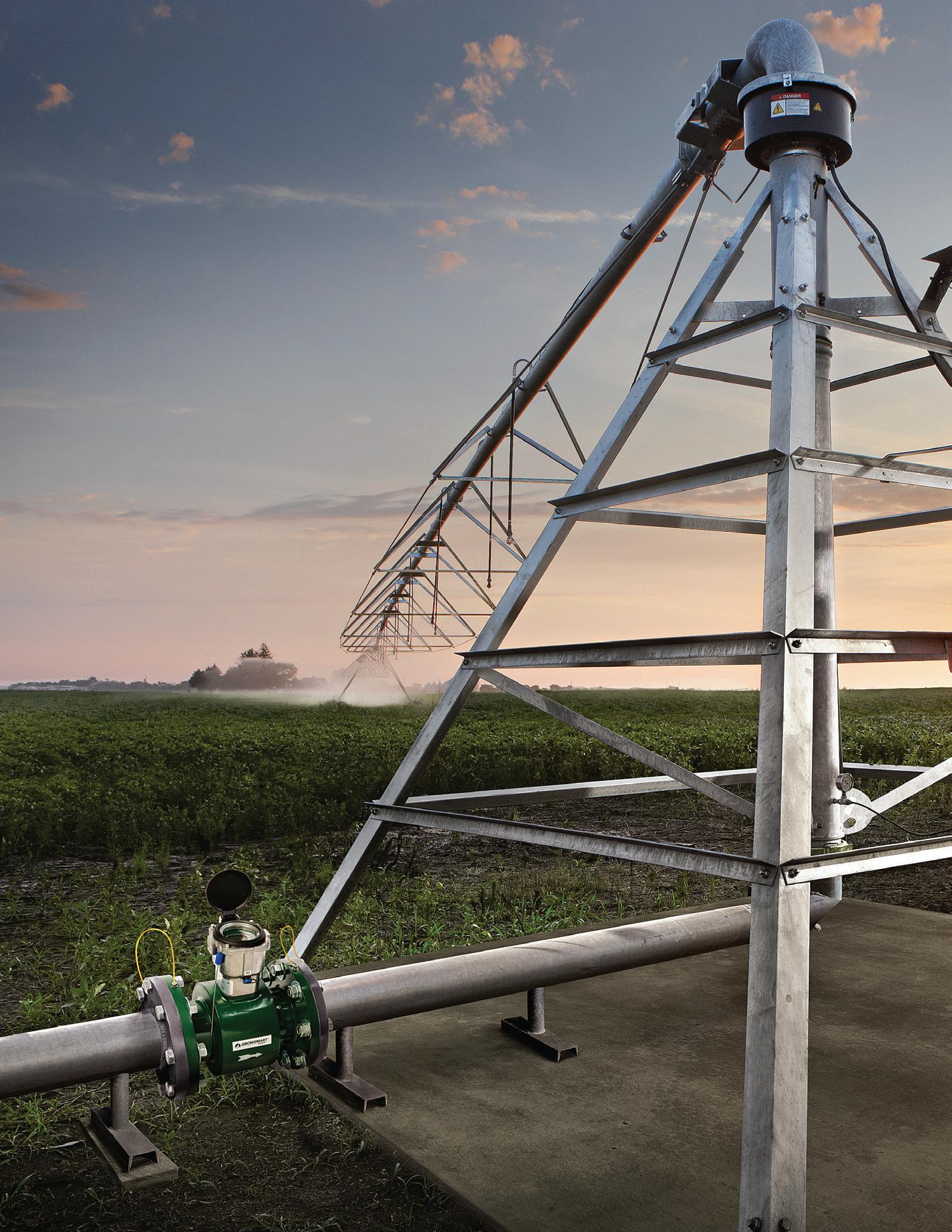
Question time: The recent South Island agricultural Field Days allowed many to ask all the irrigation questions they were looking for answers to.
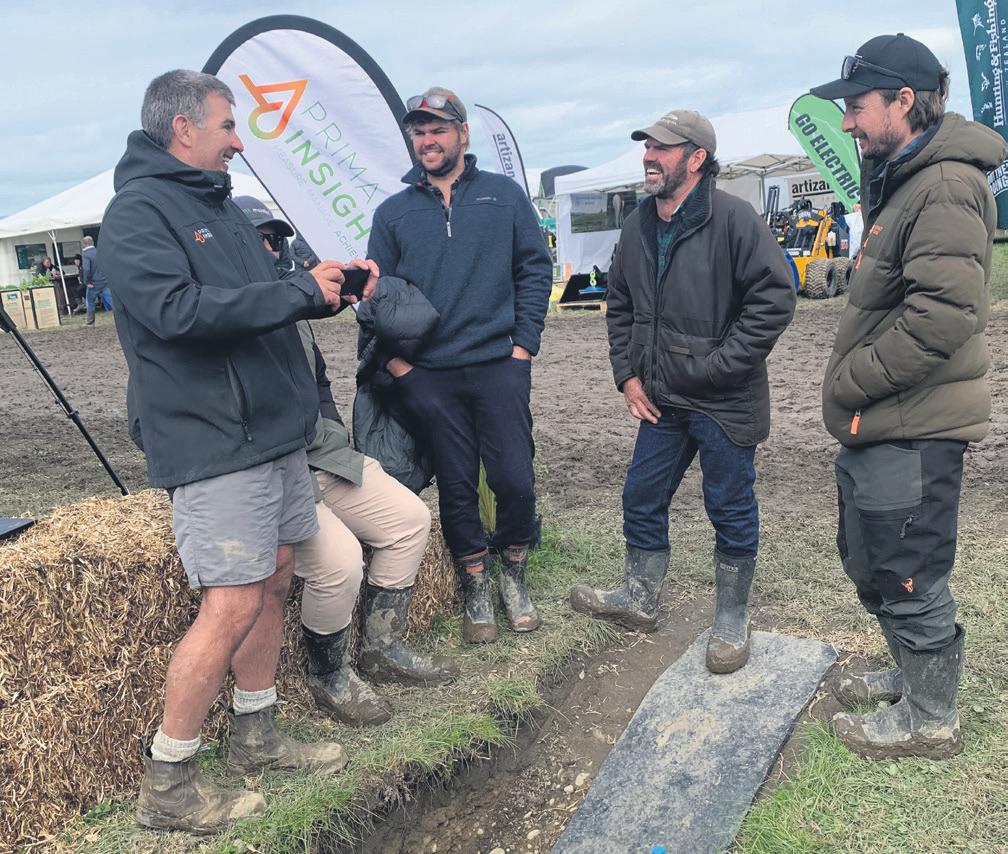


on the shoulders of the season, particularly for pivot irrigation.




TDR probes work by calculating the travel time of a high frequency electromagnetic pulse through the soil. Accurate and reliable readings require careful installation, good soil to sensor contact is key.
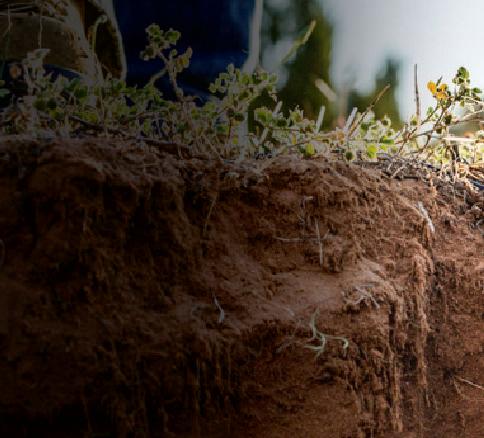
When installed properly TDR probes are proven to provide reliable and accurate data for 7 to 10 years. They also provide ‘real time’ data for each sensor down the profile alongside a management trace.


This allows the irrigation depth applied (how far the irrigation has moved down the soil profile) to be monitored and refined to match or maximise plant rooting depth, in addition to the management trace.



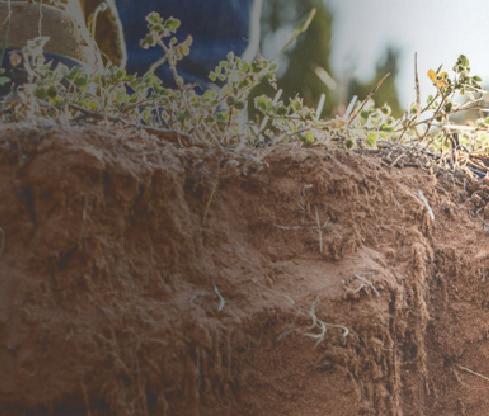
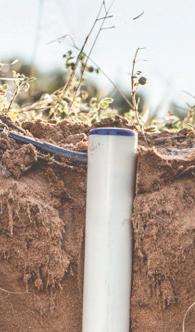
When a Net Present Value analysis is undertaken based on current pricing (inclusive of capital and operating costs), the TDR Bluetooth probe is more cost-effective than a neutron probe by year 3, and the TDR telemetered probe is more cost-effective by the end of year 4. So, over a 7 to 10-year lifespan a quality TDR probe works out as the more cost-effective option.

For cropping, if the probes are used in two crops per season and the equivalent neutron

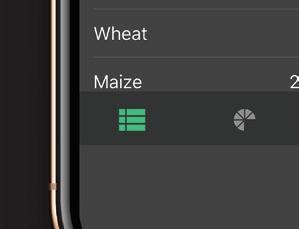







probe scenario is assessed against this, the time in which the TDR probe becomes more cost-effective is decreased, as there is less capital outlay.

Primary Insight are specialists in soil moisture measurement, if you want to put in place reliable and accurate soil moisture monitoring on you farm, need support with trouble shooting an existing installation or would like to understand how to correctly setup, read,


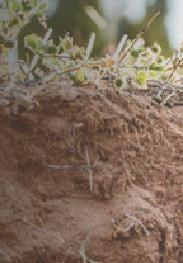


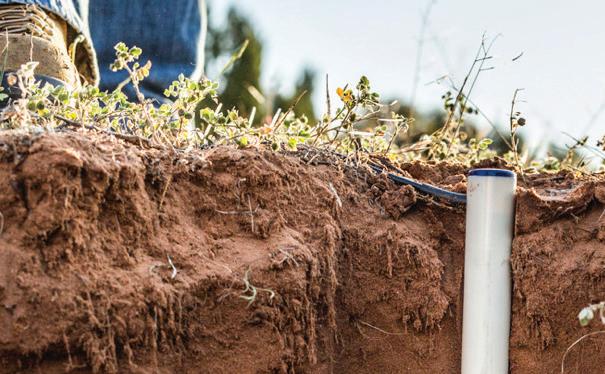

and use your soil moisture data for irrigation decision-making, we are here to help. We’ll also be running a couple of free irrigation workshops in May.
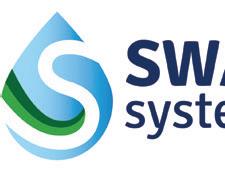
Check out the event listings on our website for more information on dates and locations www.primaryinsight.co.nz. You’ll also get a certificate of attendance that satisfies your Farm Environment Plan irrigation training requirements.

A new national report looking at the state of the country’s freshwater will be a key tool that informs plans to protect Canterbury’s rivers, lakes and aquifers according to Environment Canterbury.
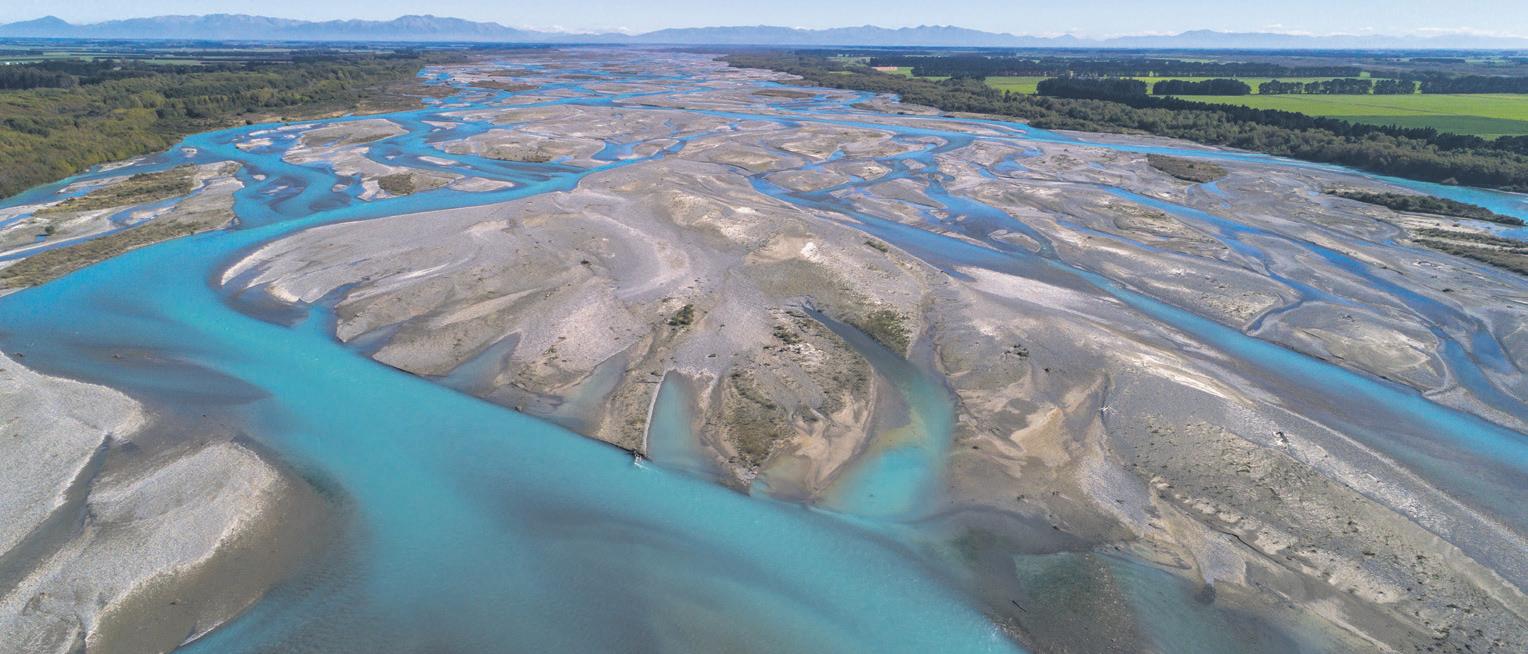

The Our Freshwater 2023 report, prepared by the Ministry for the Environment and Stats NZ, takes data provided by ECan and other councils to create a picture of the state of New Zealand’s freshwater environment.
“There are no real surprises here in terms of what effects we’re having on the environment,” Ecan Science Director Dr Tim Davie said.
“That said, it’s always useful to have more information on the state of our freshwater.
“This information will help us in the development of future land and water planning processes, as we move to notifying a new Regional Policy Statement by the end of next year.”
Davie said changing land use, climate and demand for water contribute to freshwater quality decline.
The report identifies some of the key stressors on freshwater, as well as the effect they can have on people and the environment.
“The report identifies factors like urban growth and agricultural intensification, which have both created greater pressures on freshwater quality in Canterbury,” Davie said.
“It also links these pressures to the impact they are having on taonga species, ma-
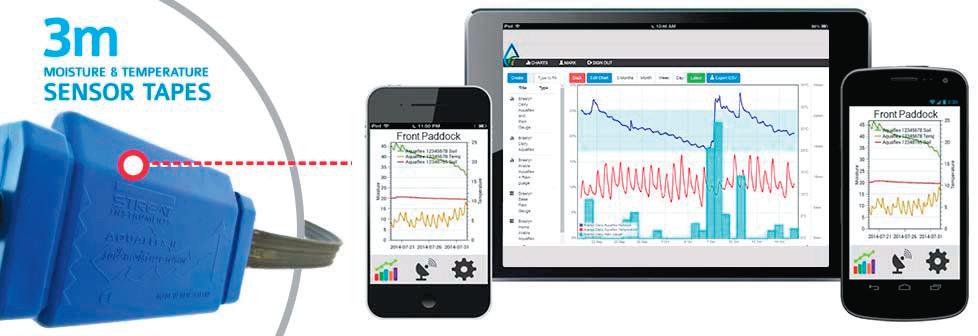
hinga kai practices, recreational water use and drinking water.”
The report notes that Canterbury contains 519 billion cubic metres of groundwater – representing 73.2% of Aotearoa’s
total groundwater resource.


Davie said that this report, and the body of information about Canterbury’s freshwater, illustrate how important it is to our culture, health, lifestyle and economy.
“The picture of our freshwater environment is now clearer than ever, and with it comes a greater responsibility to put in place key actions that will ensure our most precious resource is protected.”
This season’s deer weaner sales have been underway, with prices falling between $4.50-$5.20 per kg carcase weight.
These are “more than competitive” with current sheep returns and heading towards the $5.50/kg or more Lincoln-based farm consultant Wayne Allan had calculated breeders need to out-compete other land-uses.
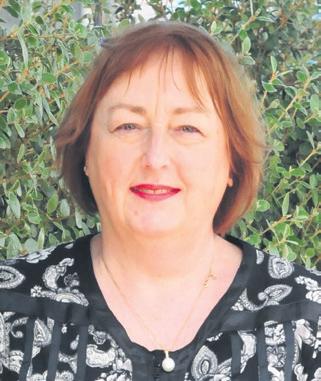
Independent modelling carried out by Allan for Deer Industry NZ (DINZ) in March 2022 provided some benchmarking around what comparative returns were required for venison farming operations.
At the time, he calculated weaner prices needed to be between $5.30-$5.50/kg to compete with the, then, thriving sheep industry. However, with this year’s 20 percent drop in sheep returns, the competitive deer weaner price has correspondingly dropped to $4.00-$4.50/kg.
Having spoken with a number of deer finishers, who had already bought weaners at on-farm sales through livestock agents, Allan reported the early season prices were sitting between $4.50-$5.20/kg, up around $0.500.70/kg on last season, which means “deer breeders have made some gains.”
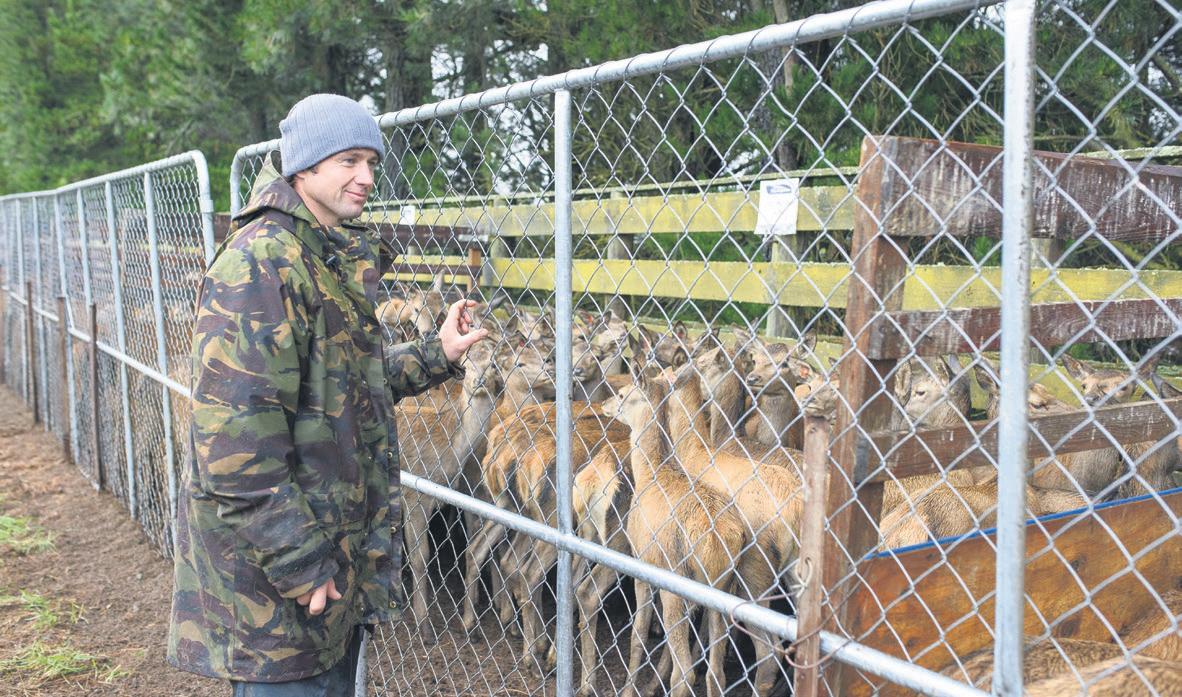
These levels have also been reflected “perhaps with a higher top end”, in the first sale of around 500 weaners at Mt Arrowsmith, mid-Canterbury in late March.

“Prices are now more than competitive with sheep farmers and hopefully heading towards the $5.50/kg or more they need to
thrive, though the total venison pie will need to grow in value to achieve this,” says Allan.
Deer finishing operations need to make their margins, he noted. His calculations show a return of around $250 per weaner is required by the finisher to be competitive with other finishing options at 30c/kg dry matter.
It’s all heading “on a pathway to better returns,” Allan believes.
While revenue has improved over the past 12 months and returns are now comparable with other land-use options, “We are still currently some way from returns that would move the industry from competitive to thriving,” he says.



PGG Wrightson Canterbury deer specialist Ron Schroeder confirmed prices were falling in Allan’s suggested price band, for mainly hybrid stock, with reds achieving lower prices.
The year had also started “unusually” with “much higher prices” in the North Island, than the South, he noted.

“We have been really lucky this year that the schedule has held so high at near $9.00 per kg,” Schroeder says.
“If that trend continues through to next year, we could be looking at weaners next season fetching well in excess of this year.”
Currently negotiating sales of weaners to several finishers is Canterbury deer breeder High Peak, which runs 1,800 hinds, 800 velvetting stags and around 540 replacement weaners.
The prices he’s discussing are “firmly
in the middle” of the $4.50-5.20/kg band, says High Peak’s operations manager Hamish Guild. But, he was “not particularly happy” with that. Ideally, he would like to see $5.50-6.00/kg, with costs adjusted for the stock classes, yielding farmgate prices for finishers of $11-12/kg further down the value chain.
For the first time for many years, because “there is less finishing power out there” than expected, High Peak had decided not to hold its mid-April auction this year at which it historically sells around 1,000 weaners. All had sold independently through PGG Wrightson, however.
Deer breeders have had a “tough couple of years”, Guild says, and at current prices, are not making enough.


“If the trend continues, we’re probably going to have to make some decisions about our breeding system.”


Competing land-use options available for farmers and uncertainty about farmgate prices had all played a part in undermining deer finishers’ confidence on the South Island, he believes.
“The breeder wears that uncertainty,” Guild says.
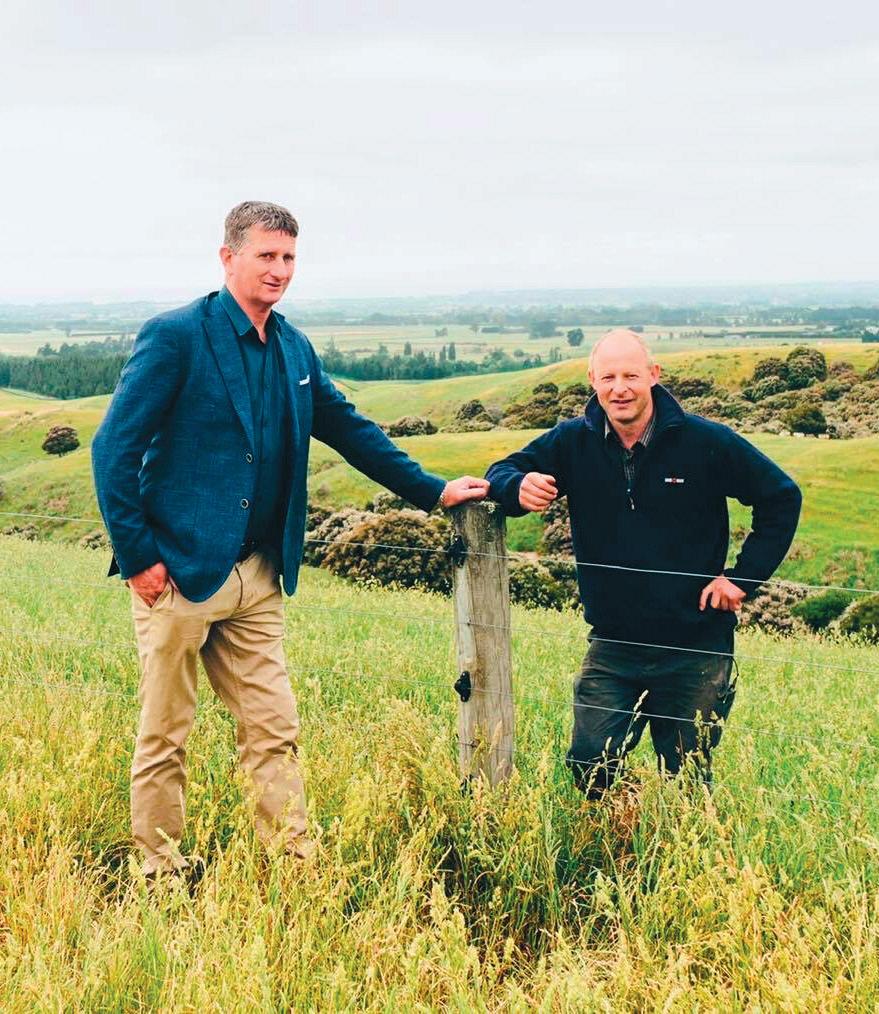

 ] Wool Procurement Manager, ] PGG Wrightson Wool
] Wool Procurement Manager, ] PGG Wrightson Wool


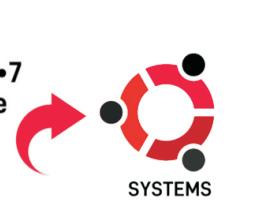
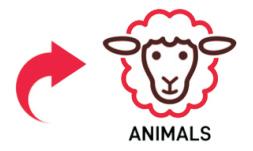
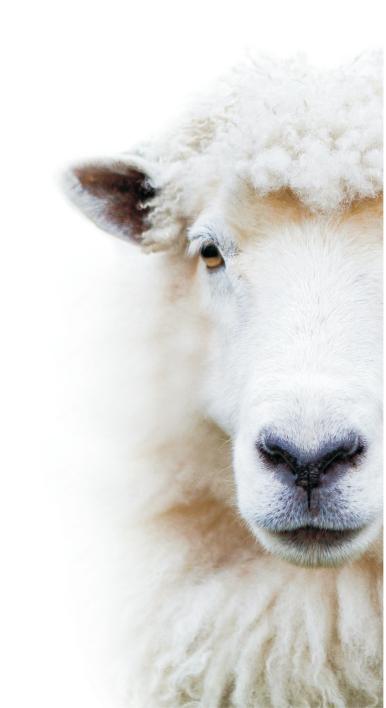




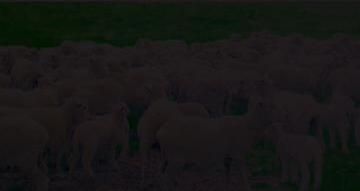




Throughout the past few weeks wool quantities catalogued for every auction at the Christchurch wool selling centre, exceeded expectation despite there being five auction dates scheduled between 2nd March and 20th April (time of writing), with a further auction scheduled for 28th April also attracting higher bale numbers than earlier predicted.
A substantial percentage of bales catalogued during the aforementioned period had either been offered at previous auctions and passed-in due to failing to reach grower reserve, or had been held in farm wool sheds or in broker stores by growers awaiting market improvement.
With climatic conditions, during the previous more than twelve months, conducive to discolouration of most coarse wool types, as well as many mid-micron types, whilst on the sheep’s backs, grower resistance to an obvious difficult market was, realistically, never going to pay dividends but more likely deliver disappointment.




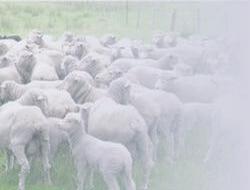
Wool exporters affected by damage to and/ or loss of scoured wool stocks due to flooding and subsequent closure of the Awatoto wool scour facility in Napier following the catastrophe of cyclone Gabrielle, no doubt needed to replace significant quantities to meet their forward-sold commitments to processors around the globe, once insurance claims assessors had finalized their investigations.
As a result, several exporters who had lost stocks of, in particular, very good colour wools, competed vigorously within the auction room to secure their requirements, however with most of the auction offerings containing high levels of discolouration (yellowness), as earlier eluded, price gaps between very good colour and poor colour wool types widened significantly.
Those growers fortunate enough to have very good colour crossbred second-shear ewe wool for sale during the mid-March through mid-April time frame, commanded strong trade support as did those offering similar good colour crossbred lamb’s fleece wool with low vm readings and, preferably, testing finer than approximately 31 microns.
A reasonable quantity of average-to-good colour wools also improved slightly in value during the period.
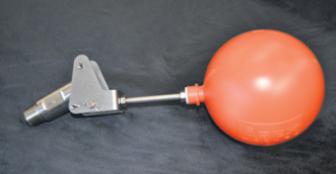
Very few mid-micron or merino wool types were offered for sale in Christchurch during the March/April period.
A smattering of mid-micron types drew
limited support whilst a few well-prepared merino fleece types and a handful of secondshear types were keenly sought, receiving healthy prices Australian brokers reported their March/April market as erratic with most interest in wool carrying non-mulesed declarations.
Despite there being the odd bright spot at local wool sales lately, in my view driven by disaster rather than genuine demand,
market depth in the short-to-medium future is likely to remain limited, especially for the quantities of poorer colour wools which are still to come to, or return to, the marketplace having been withheld or passed-in previously.
One of the major infl uencers (if not the most infl uential) to the New Zealand wool market for several decades, China, has yet to show any signifi cant renewed interest, although statistics have shown a slightly improved trend of wool exports to that country from New Zealand over the past few months.
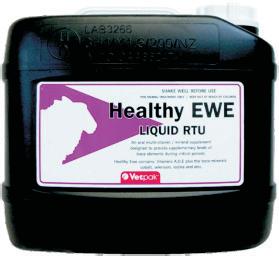
European woolen carpet yarn manufacturers have recently reported increased interest from hospitality sectors including hotel and cruise ship industries, which will certainly help under-pin our crossbred values but with production, harvesting, transport and marketing costs still out-weighing financial return, raw wool volumes are unlikely to increase in the foreseeable future
That’s my view.

‘ Market depth is likely to remain limited especially for the quantities of poorer colour wools having been withheld previously.


























The IONIQ 6, Hyundai’s newest electric vehicle, has been awarded the 2023 World Car of the Year title, also winning the World Electric Vehicle and World Car Design of the Year awards.

Supplied by Hyundai NZ World Car Awards revealed the results at a ceremony held at the New York International Auto Show recently.
A jury of 100 automotive journalists from 32 countries chose IONIQ 6 from the top three finalists, lauding the IONIQ 6 for its unique aerodynamic design and outstanding all-electric range.
This is Hyundai’s second straight triple honours at the World Car Awards. Last year, the jury named IONIQ 5 the winner in the same categories.
Hyundai said these awards formally recognize the exceptional product seen in the two vehicles, symbolising how far Hyundai has come in the clean mobility space.

The IONIQ 6 has a top speed of 185km/h and a powerful acceleration which reaches 100km/h in 5.1 seconds.
Hyundai say the IONIQ 6 can travel up to 614km (WLTP-estimated, 77.4kWh battery, 2WD, 18-inch wheels) on a single charge, confidently taking on long distance driving.
When the time comes to recharge, make the most of the 800V ultra-fast battery system, charging from 10-80% in approximately 25 minutes.
Equipped with cutting-edge technology for intelligent driving, the IONIQ 6’s regenerative braking system charges the battery while driving by using the electric motor to slow the vehicle.
The Vehicle-to-Load (V2L) External Adaptor allows you to use the stored energy from the IONIQ 6 to recharge or power other electrical items, such as e-bikes, power electrical camping equipment, or even some domestic appliances. This is even possible when the vehicle is turned off.
The V2L system can supply AC power of 230V/50Hz which is the same as a standard wall socket. Drawing a max-

imum of 3.6kW (or 15 Amps) of power consumption.
The IONIQ 6 has a full suite of active and passive safety features. The digital 12.3” TFT cluster and 12.3” infotainment touchscreen are integrated into a single screen for a wider view with easy access to all essential information. It has a day and night mode as well as a different colour scheme linked to the drive mode selected.
Hyundai’s SmartSenseTM technology provides active driver assistance. Through the use of powerful sensors and cameras, SmartSenseTM is able to constantly monitor your surrounding environment for hazards or danger.




Should a collision be detected the system will alert and then aid the driver to defuse the dangerous situation. In addition, IONIQ 6 also includes seven airbags as standard, providing the ultimate protection for occupants.
All of these technologies combine to




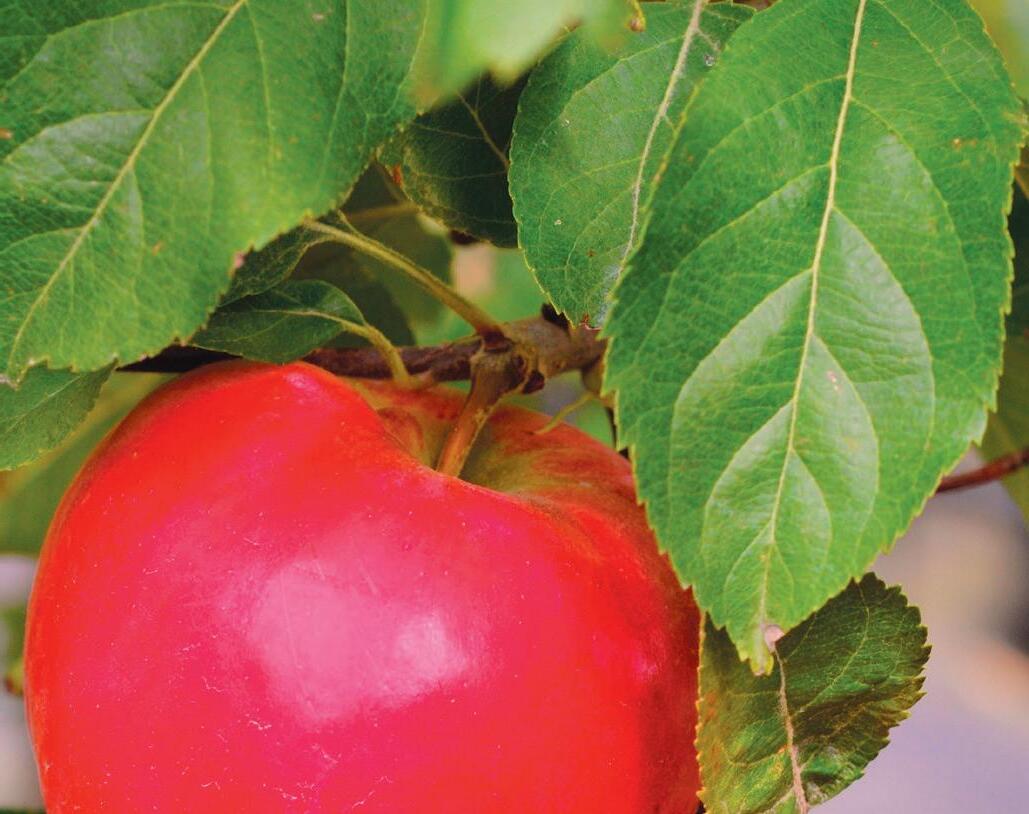




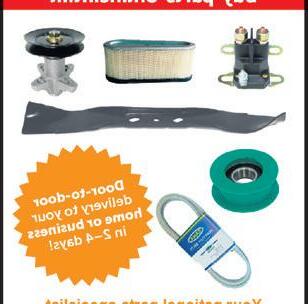
enable the IONIQ 6 to achieve a maximum 5-star ANCAP safety rating.
In line with IONIQ 6’s Ethical Uniqueness theme and inspired by today’s eco-conscious consumers, various sustainable materials are applied to the exterior and interior of IONIQ 6. Depending on the trim level, these include eco-process leather (seats), recycled PET fabric (seats), bio TPO skin (dashboard), bio PET fabric (headliner), bio paint derived from vegetable oils (doors), and recycled fishing net carpet, the latter a first for the IONIQ brand.
‘The IONIQ 6 can travel up to 614km (WLTP)Hyundai






Government messaging and the physical reality of this topic are perfectly more polarised, to the extent that any self-respecting conspiracy theorist would be convinced, as they always are, of some clandestine hidden agenda.
The cause is probably just too many chefs putting their spin on the recipes coming out of central Wellington.
A road map for the hydrogen industry is currently being developed by the ministry for business, innovation and employment.
Let’s contrast it with the views of Paul Martin, a chemical engineer who has spent much of his life working with hydrogen. Paul was interviewed in an excellent podcast on ‘The Great Simplification’. Here is the essence of Paul’s view.
Hydrogen is one of the world’s largest commodity chemicals. Global production is around 120 million tonnes per year. About ninety nine percent of it is made from fossil fuels, mainly natural gas but also coal.
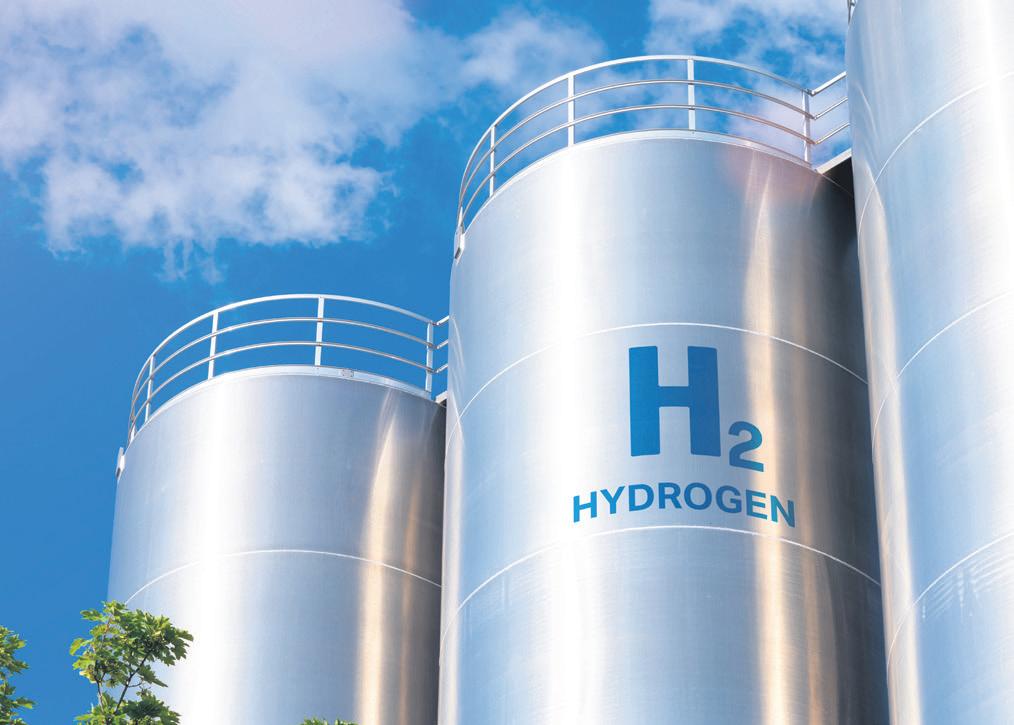
It is more valuable as a chemical than a fuel. About a third of it goes into making ammonia for fertiliser for food production. Another third is used for removing the sulphur from fossil fuels during refining. Other major uses include making methanol and reduc-
ing iron ore to iron metal. Powering transport with it does not figure even remotely.
Hydrogen is tiny. You remember, it’s the smallest element on the periodic table we studied in our science book at school. This makes it very leaky.
Whatever you put it in, it tends to leak out of. At every flange, gasket and join, away it goes. It actually leaks through the metal particles of stainless steel membranes. It veritably pours through plastic. Realistically, containment and distribution infrastructure for a hydrogen economy is impossible. Add to that the highly explosive nature of the gas and even if it was possible, it would inevitably blow up.
Hydrogen is a greenhouse gas. It has a
GWP (global warming potential) of 6. The scale of this particular issue is remarkable, because hydrogen use today is not combined with carbon capture and storage, its emissive impact is larger than that of global aviation.
Massively upscaling this use to suite our cars, trucks and industry would require upscaling of IPCC global warming projections. Hydrogen is not actually part of the solution to global warming, it is part of the problem.
In addition, it is not a great energy source. It has an energy density one quarter that of natural gas. This means it is absolutely nonsensical to use natural gas to make hydrogen to then use as a fuel. Gas as a fuel works out at about one third of the price per joule of hydrogen.
Paul Martin Chemical engineer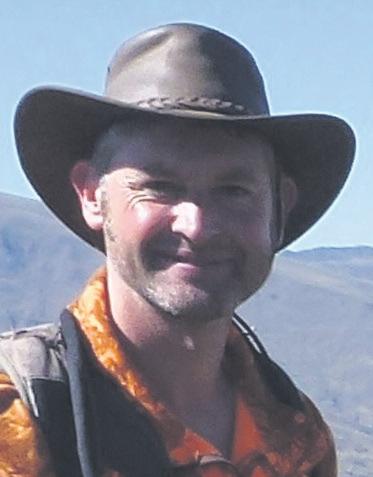
Similarly, ‘green’ hydrogen would be created mostly using electricity. Thermodynamically it is more effective to use that electricity directly to do the work and ignore the hydrogen, and not by ten or twenty percent, but by several fold.

The above points, even if surmountable, would mean the hydrogen energy system would be several times more expensive per joule than what we have today. That would kill business dead.
These are fundamental and concrete physical concepts that you and I can understand. How has it that our tax dollar is going to high salaried committees and programmes pontificating on what a national hydrogen economy would look like?
‘Whatever you put it in, it tends to leak out of.
At every flange, gasket and join, away it goes. Realistically, containment and distribution infrastructure for a H2 economy is impossible.
$75,000+GST
$75,000+GST


$25,000+GST
$69,500+GST

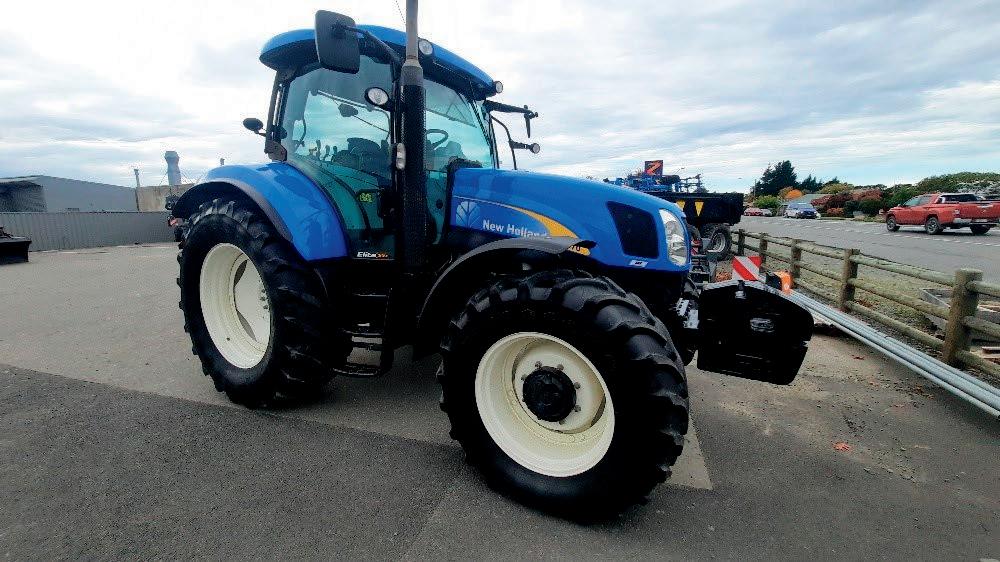
$17,000+GST
Lely lotus 900 tedder Popular tried and true lely machine. Price reduced and ready to sell.
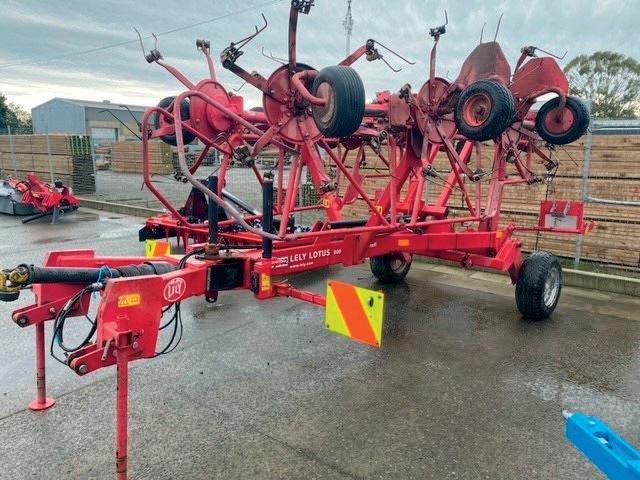


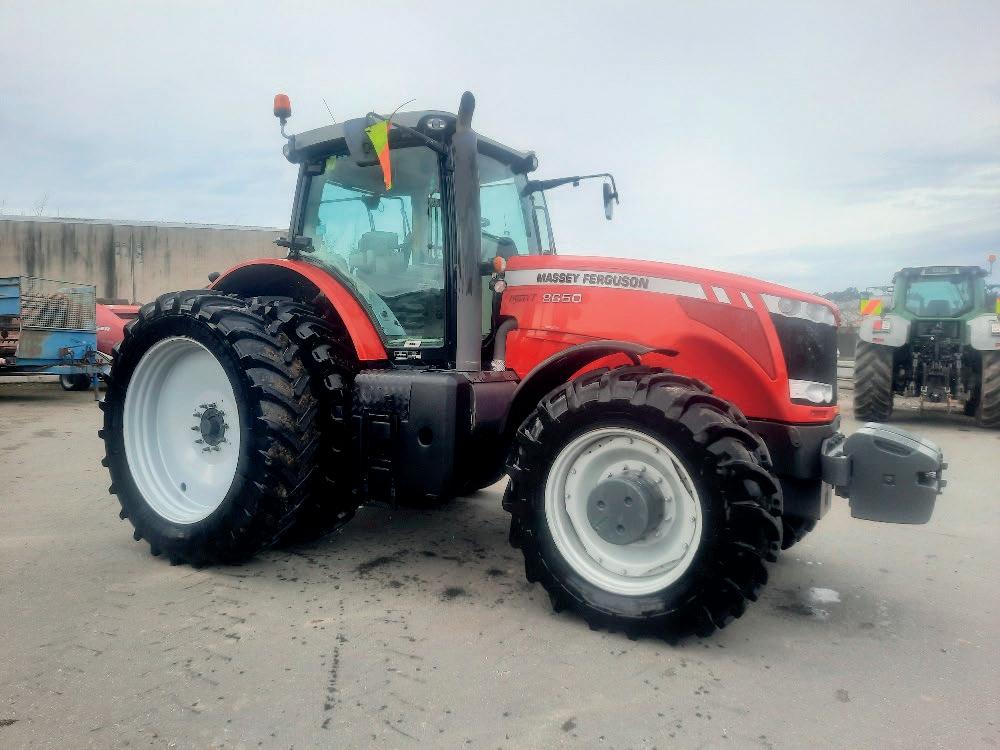
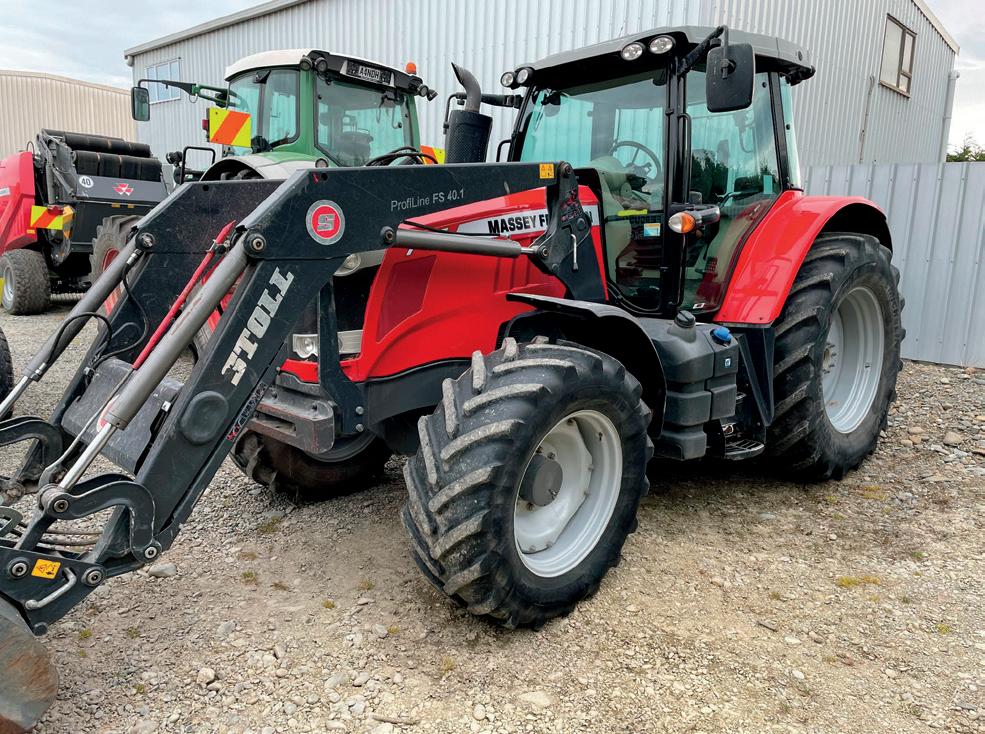
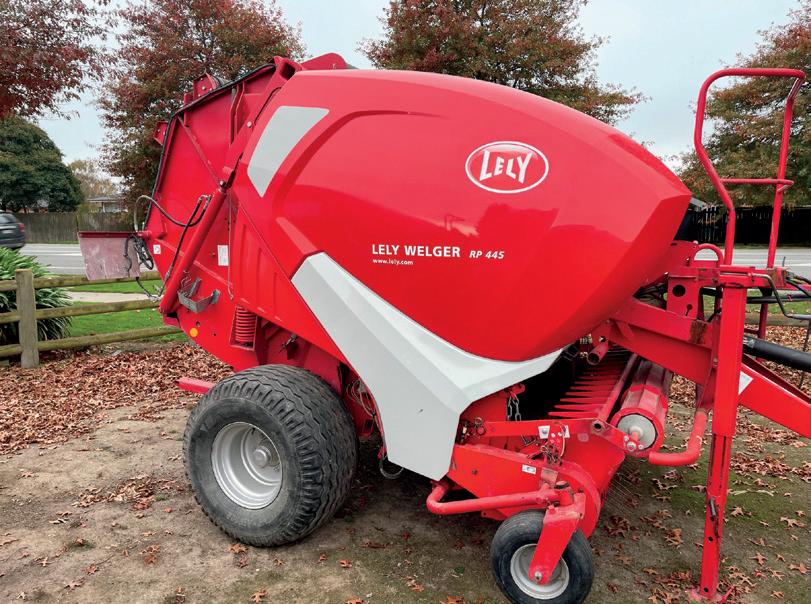
$80,000+GST
